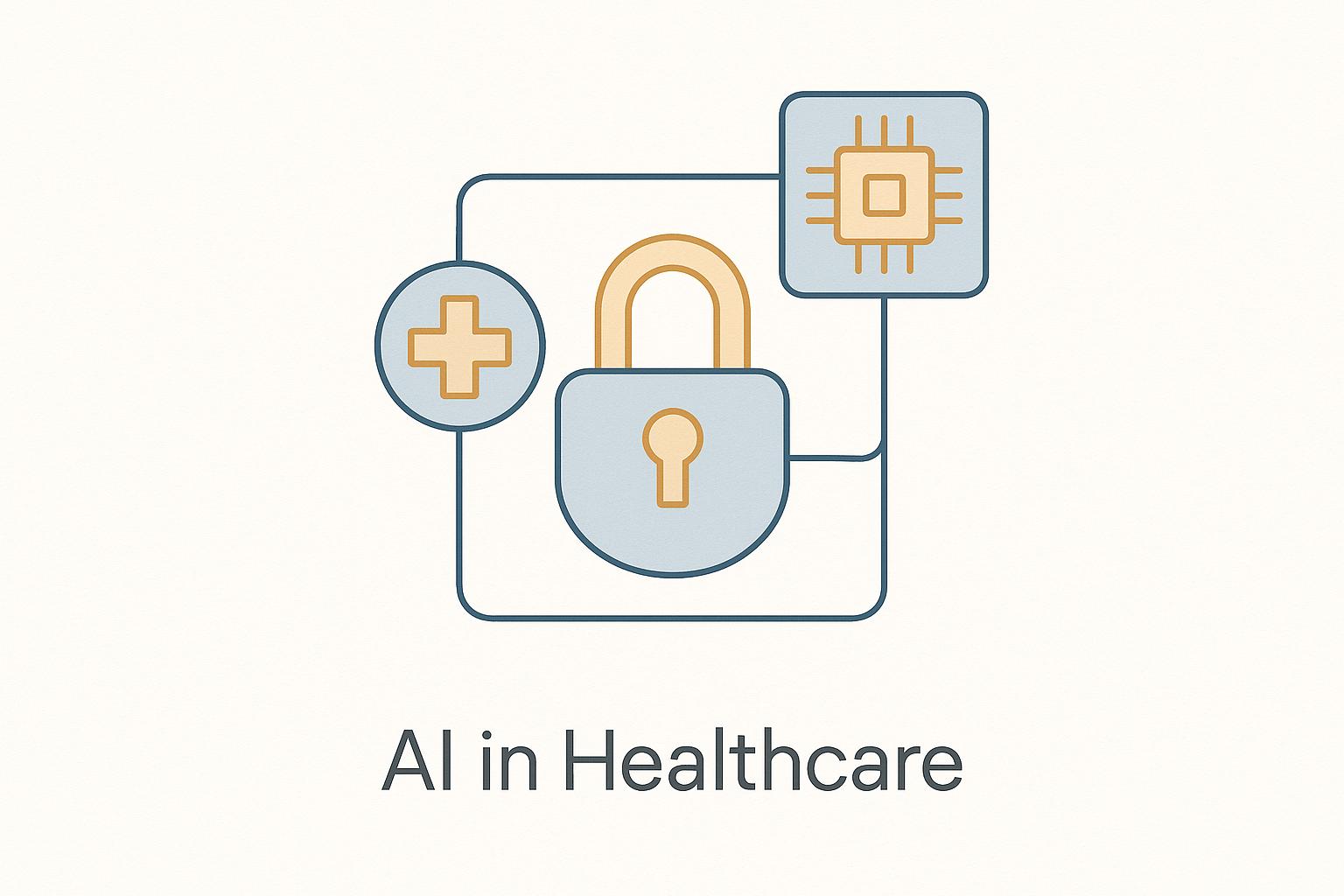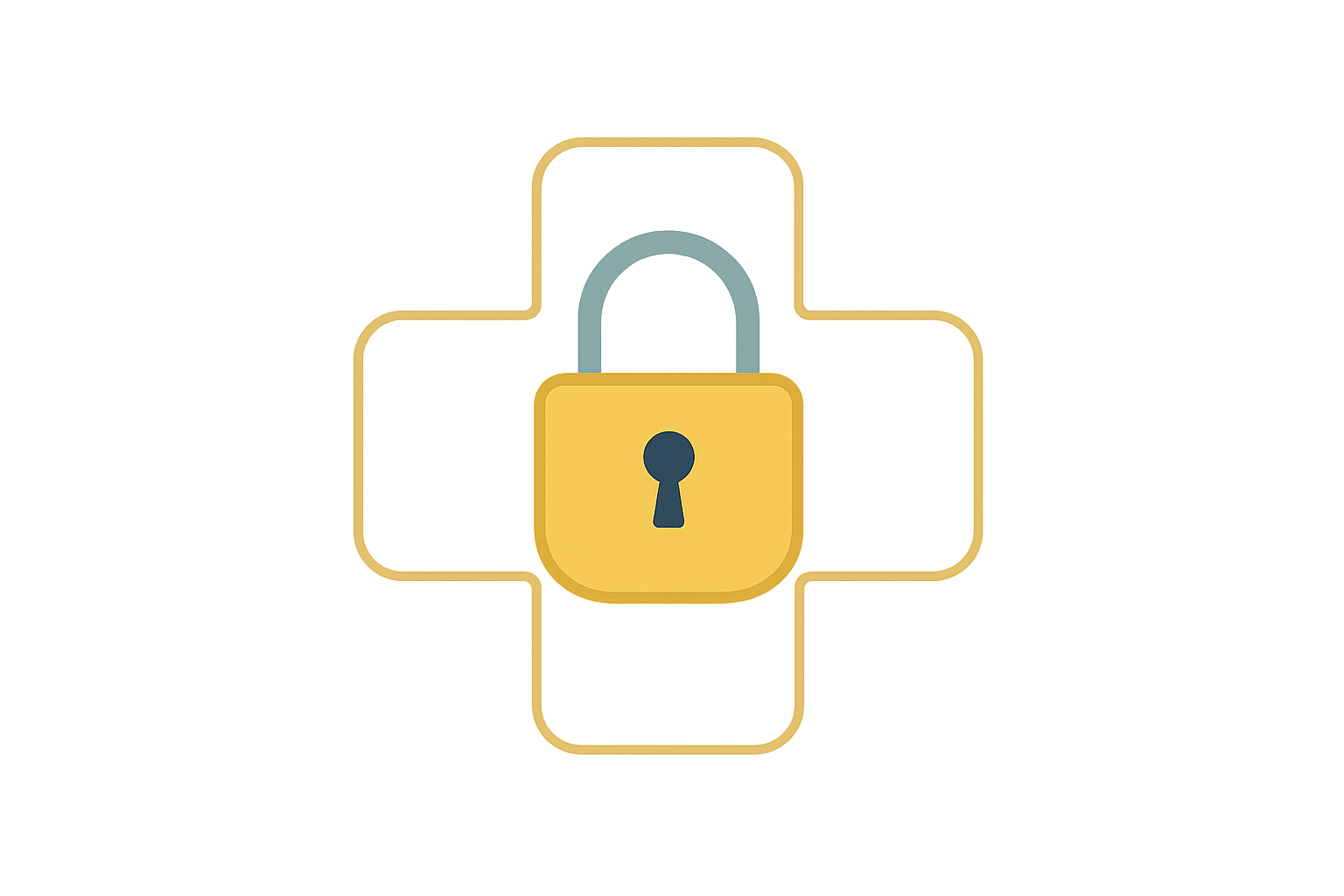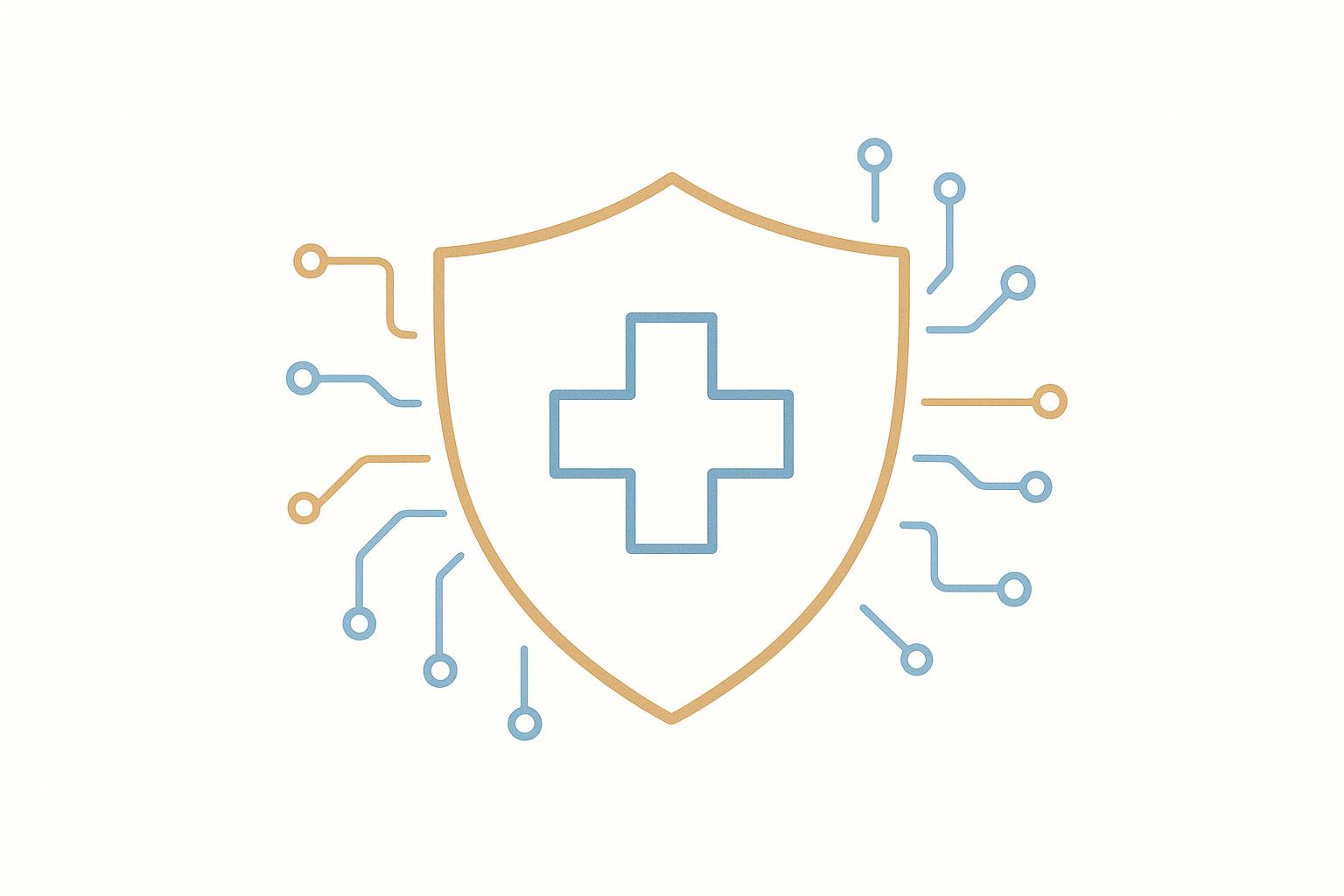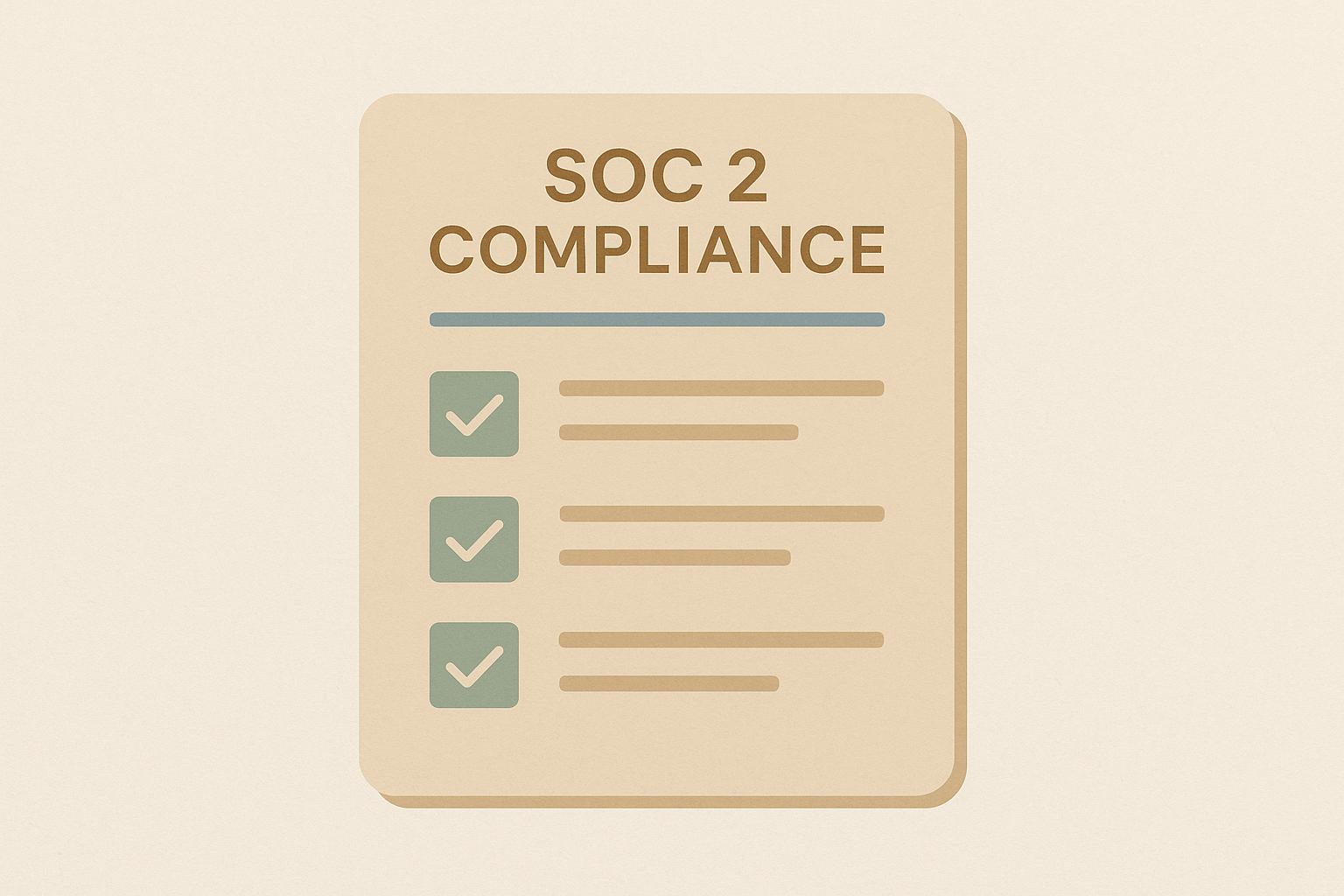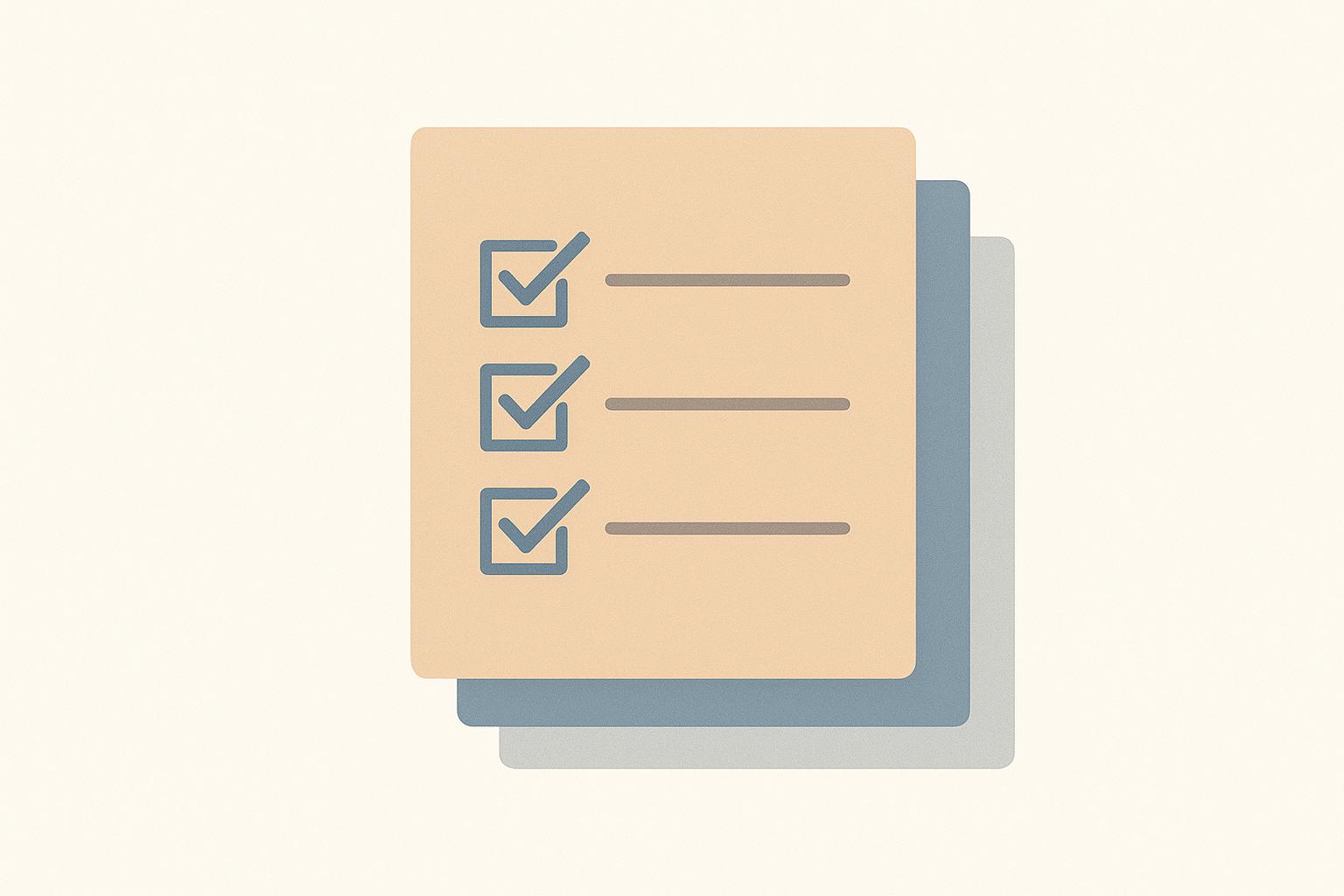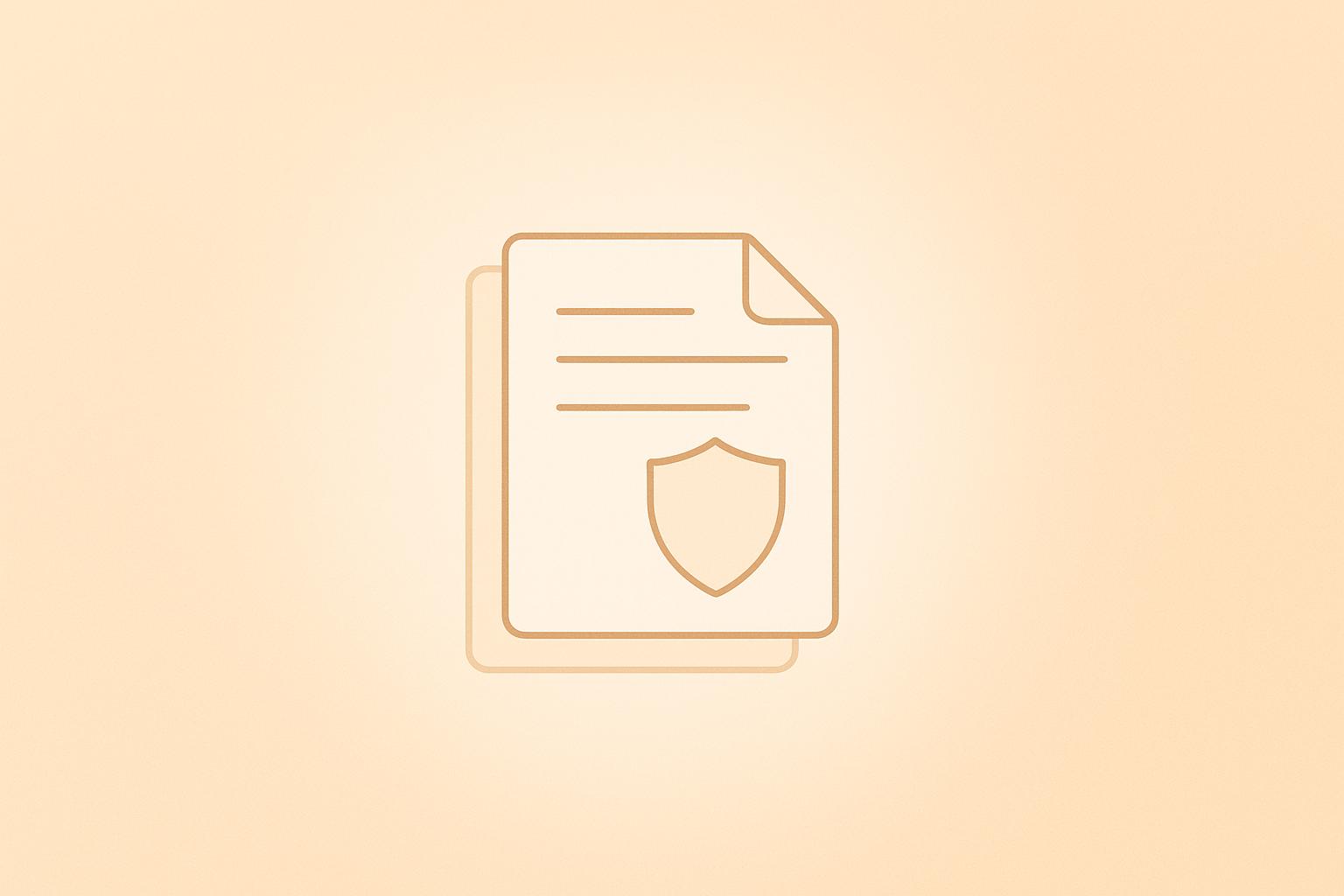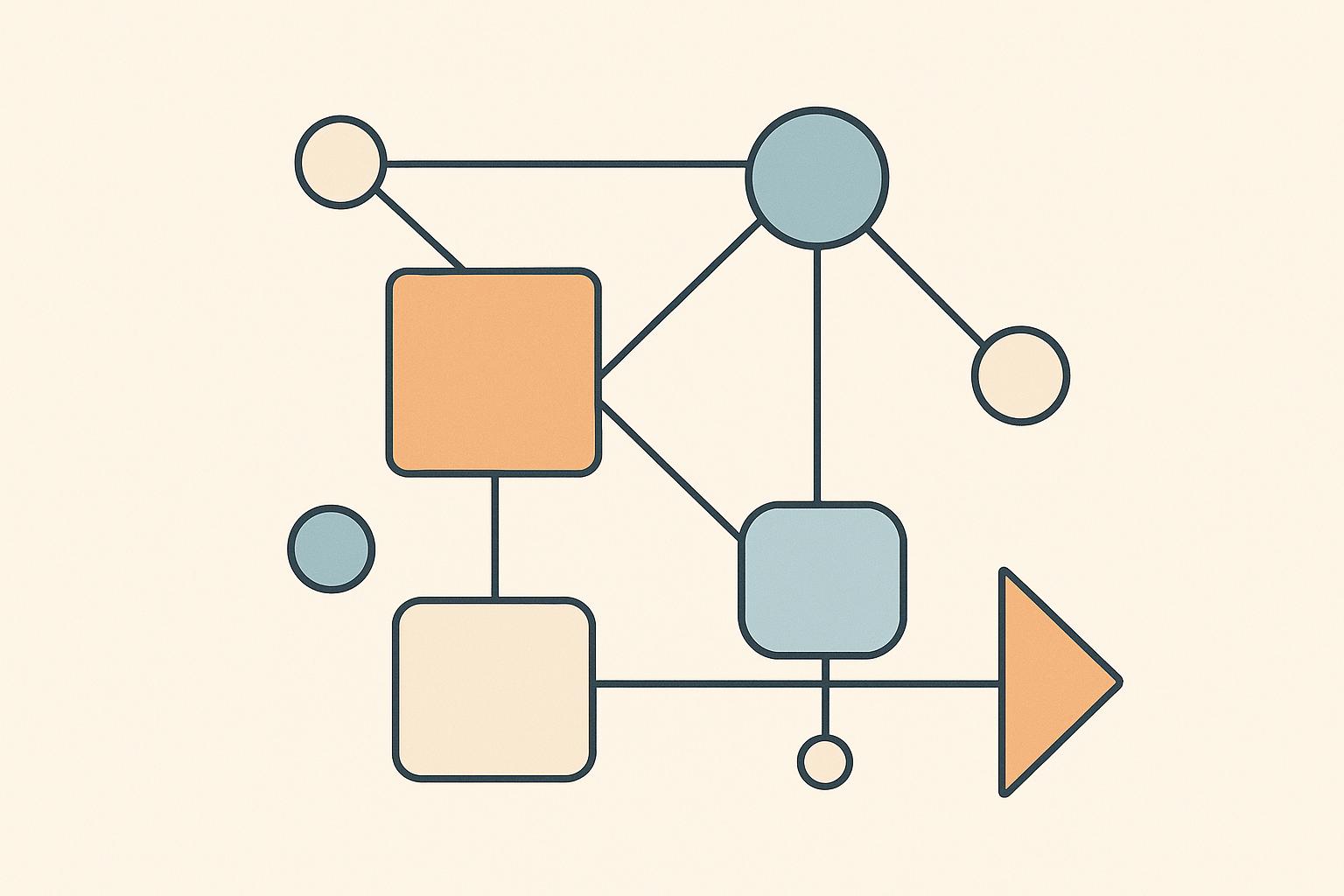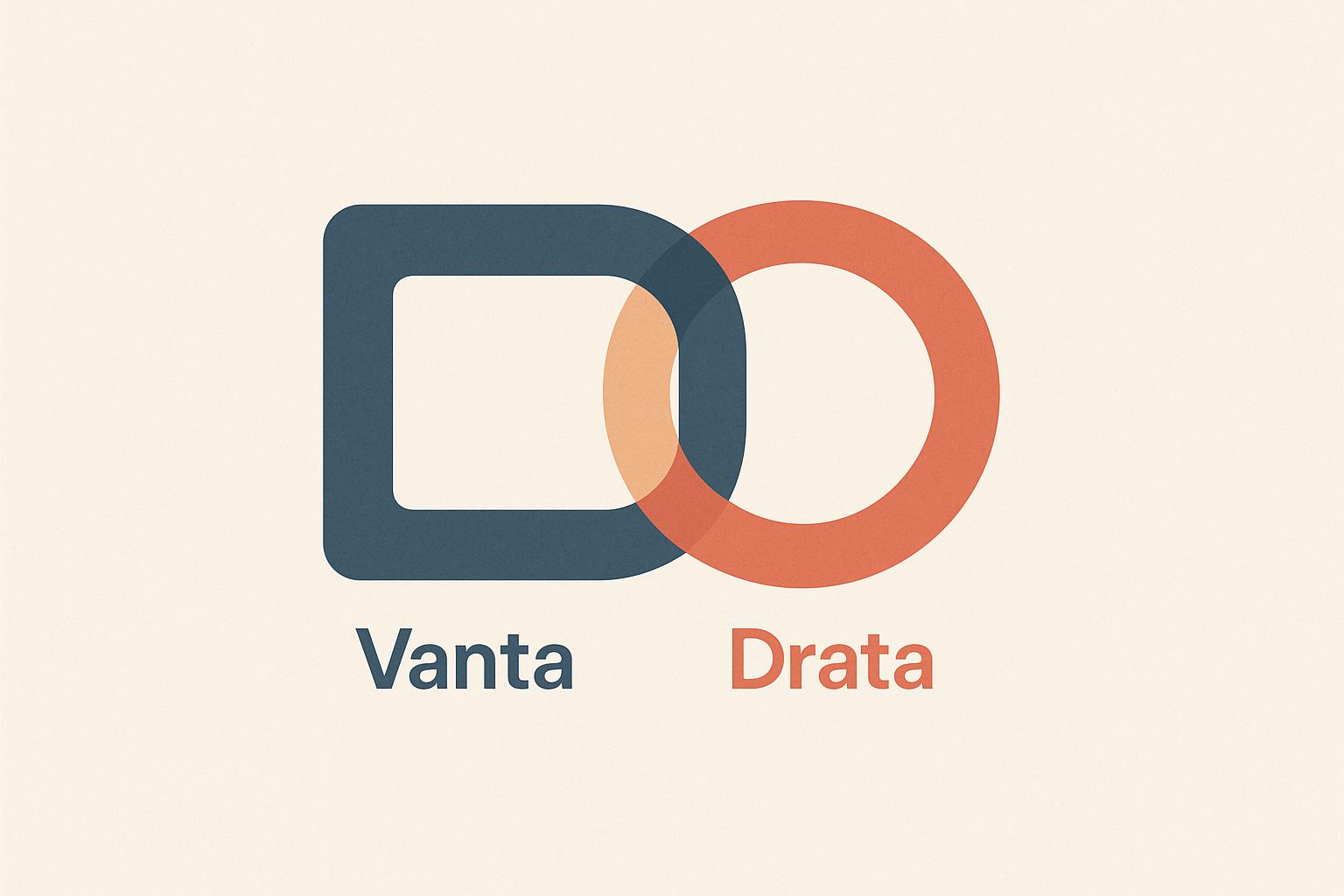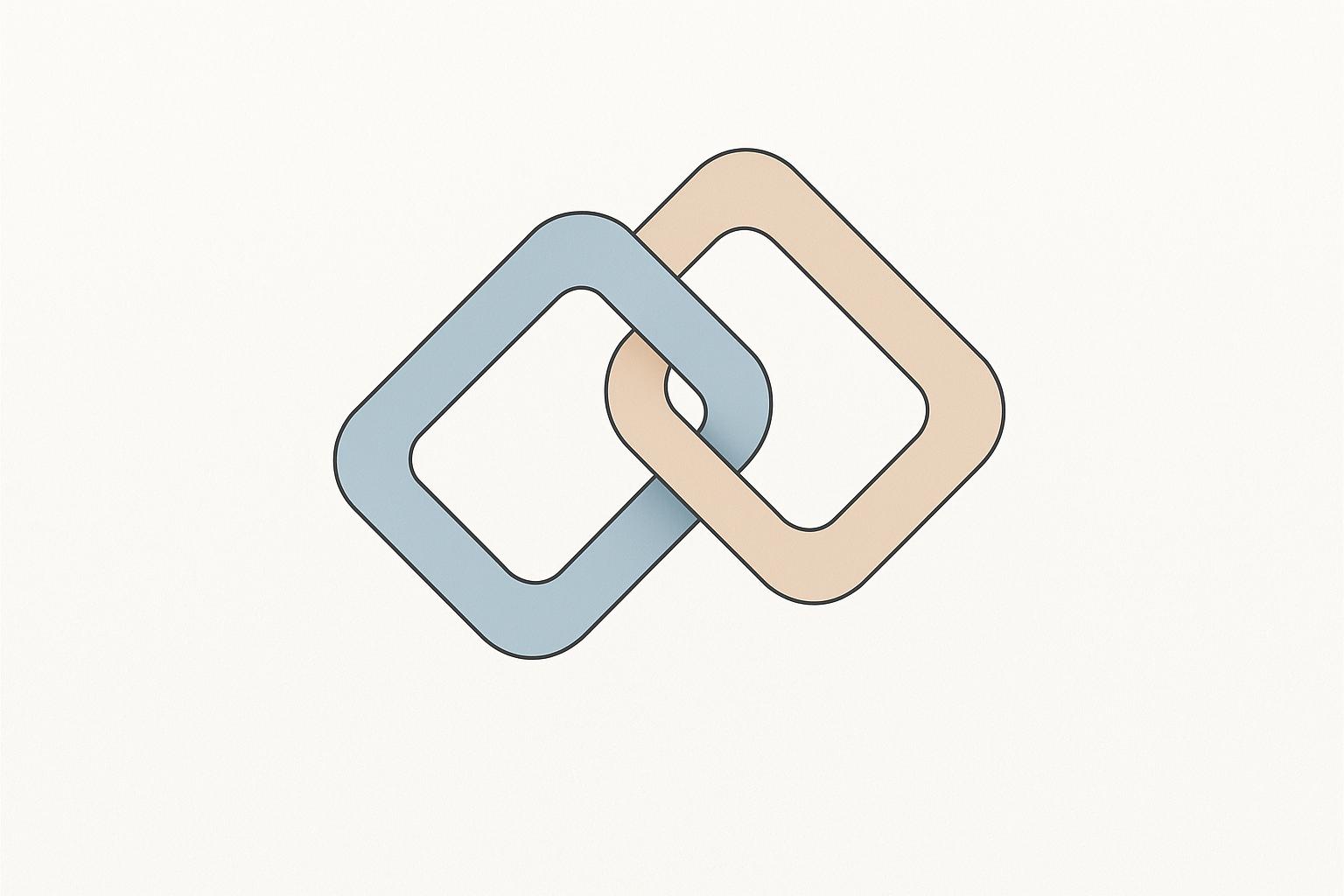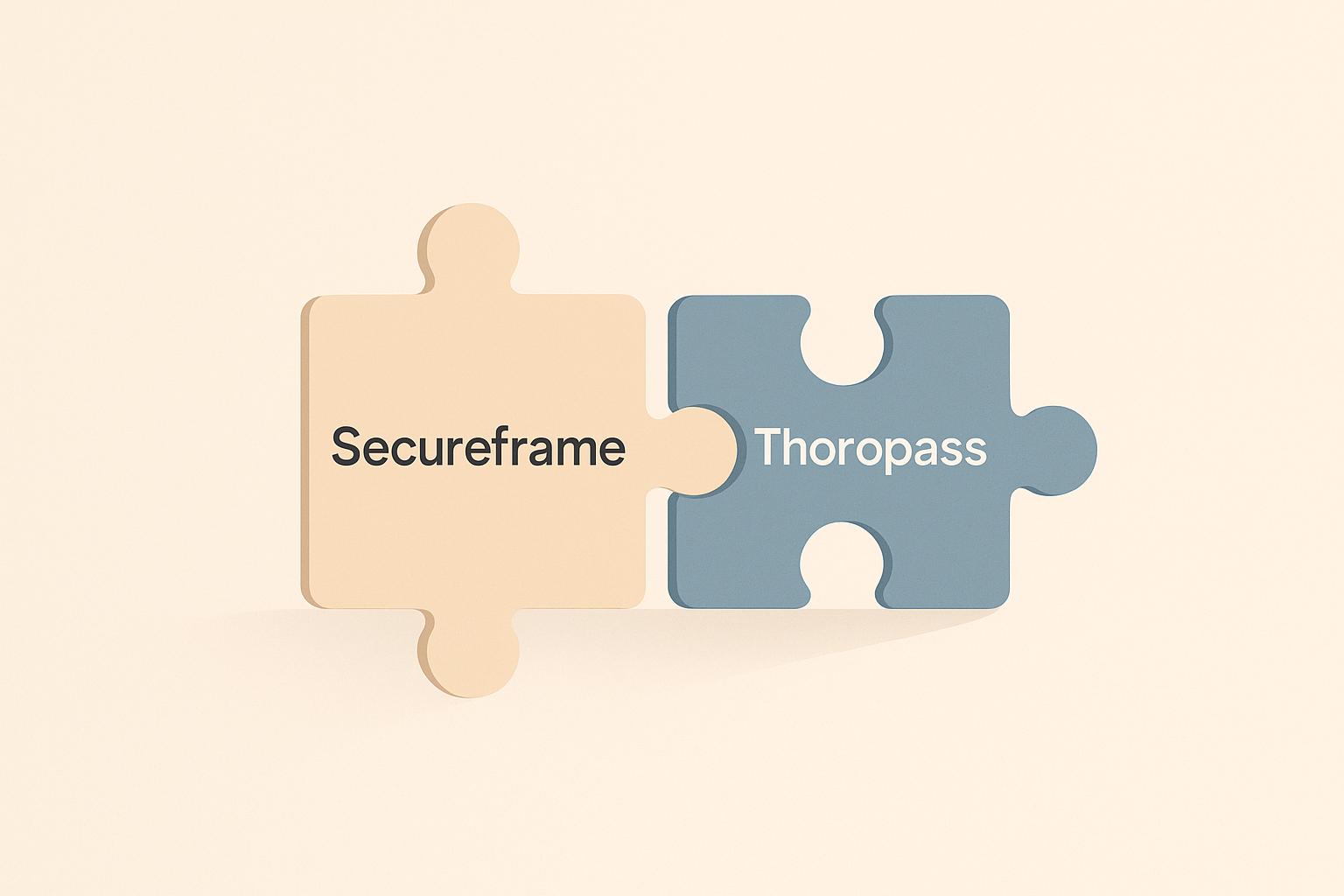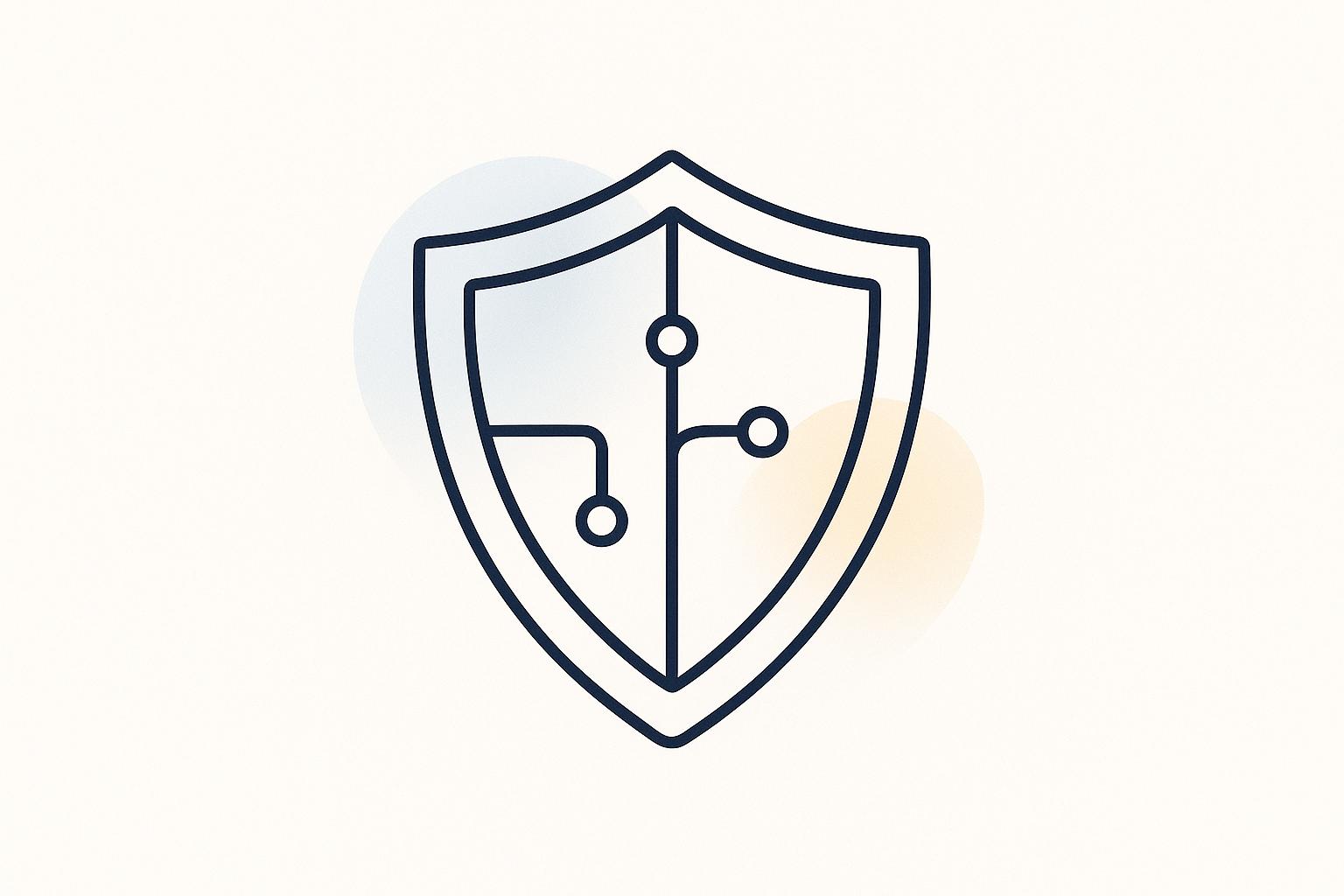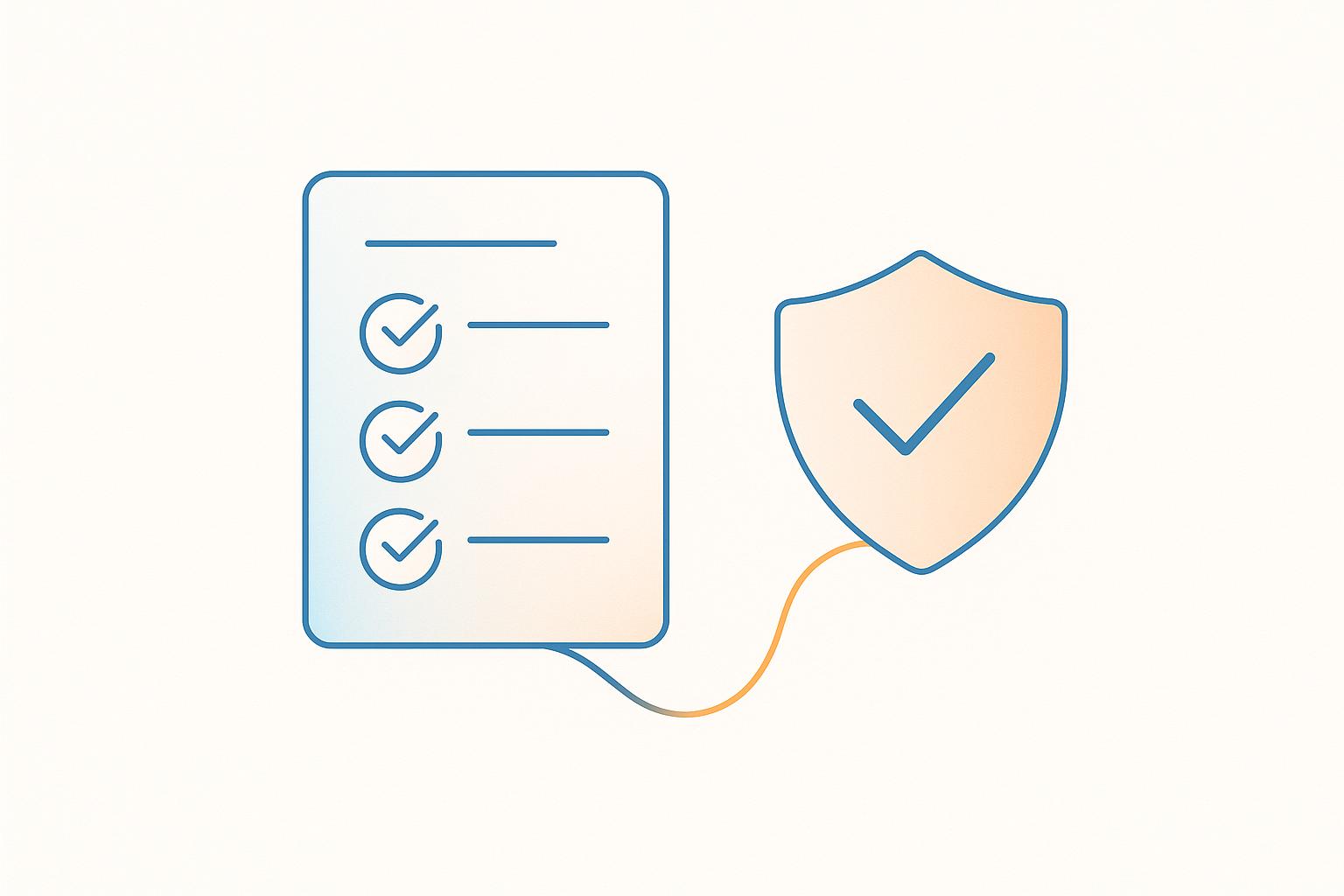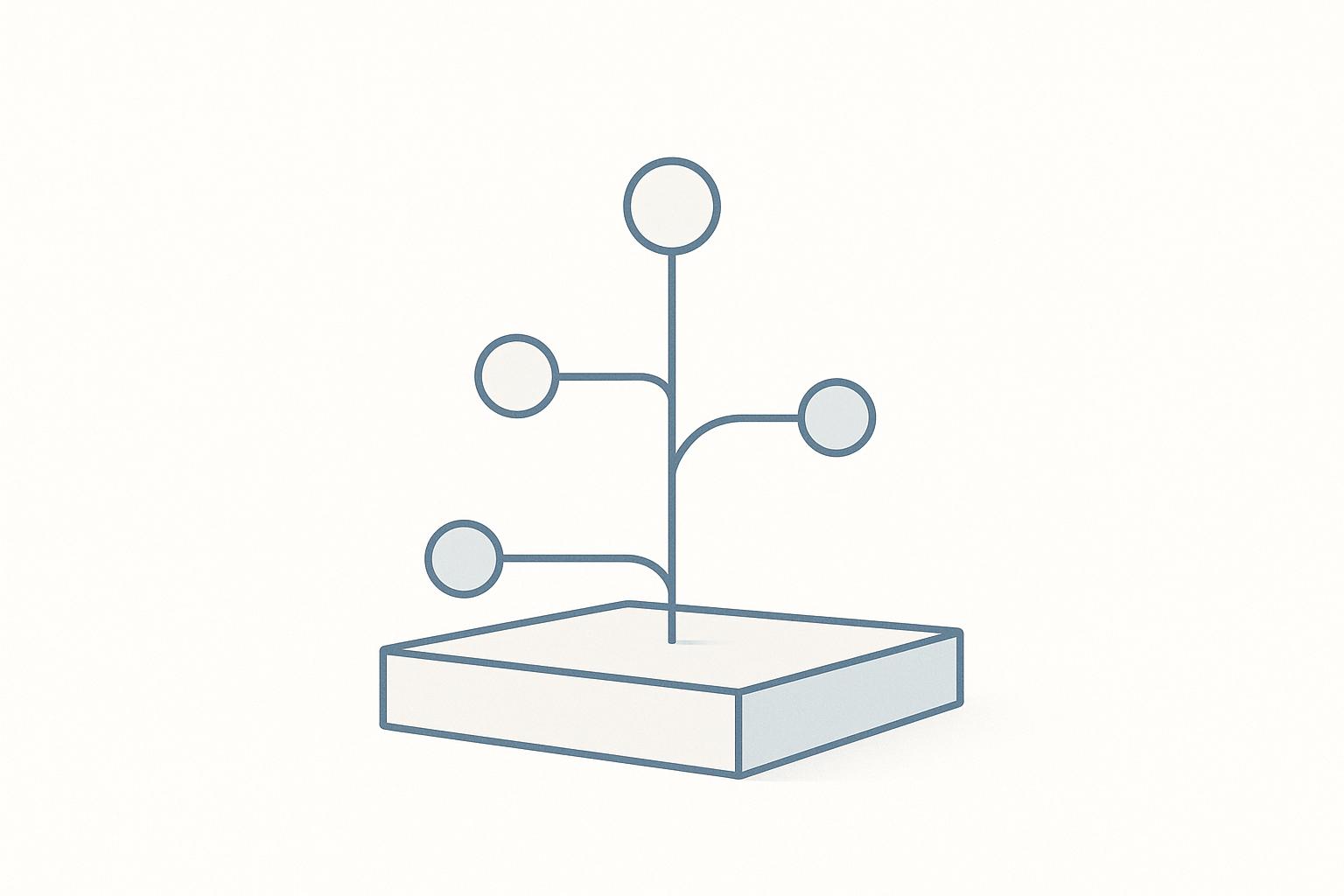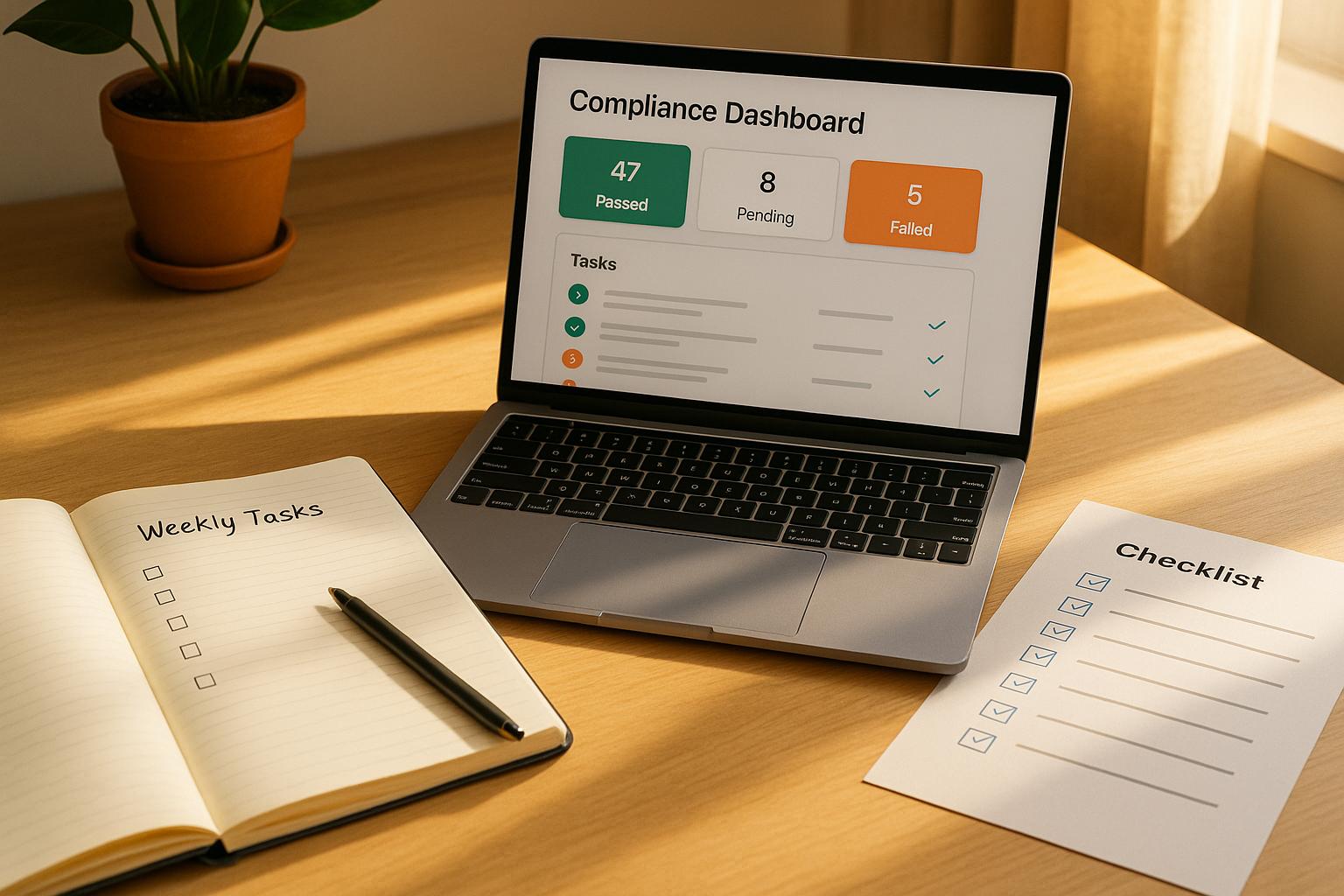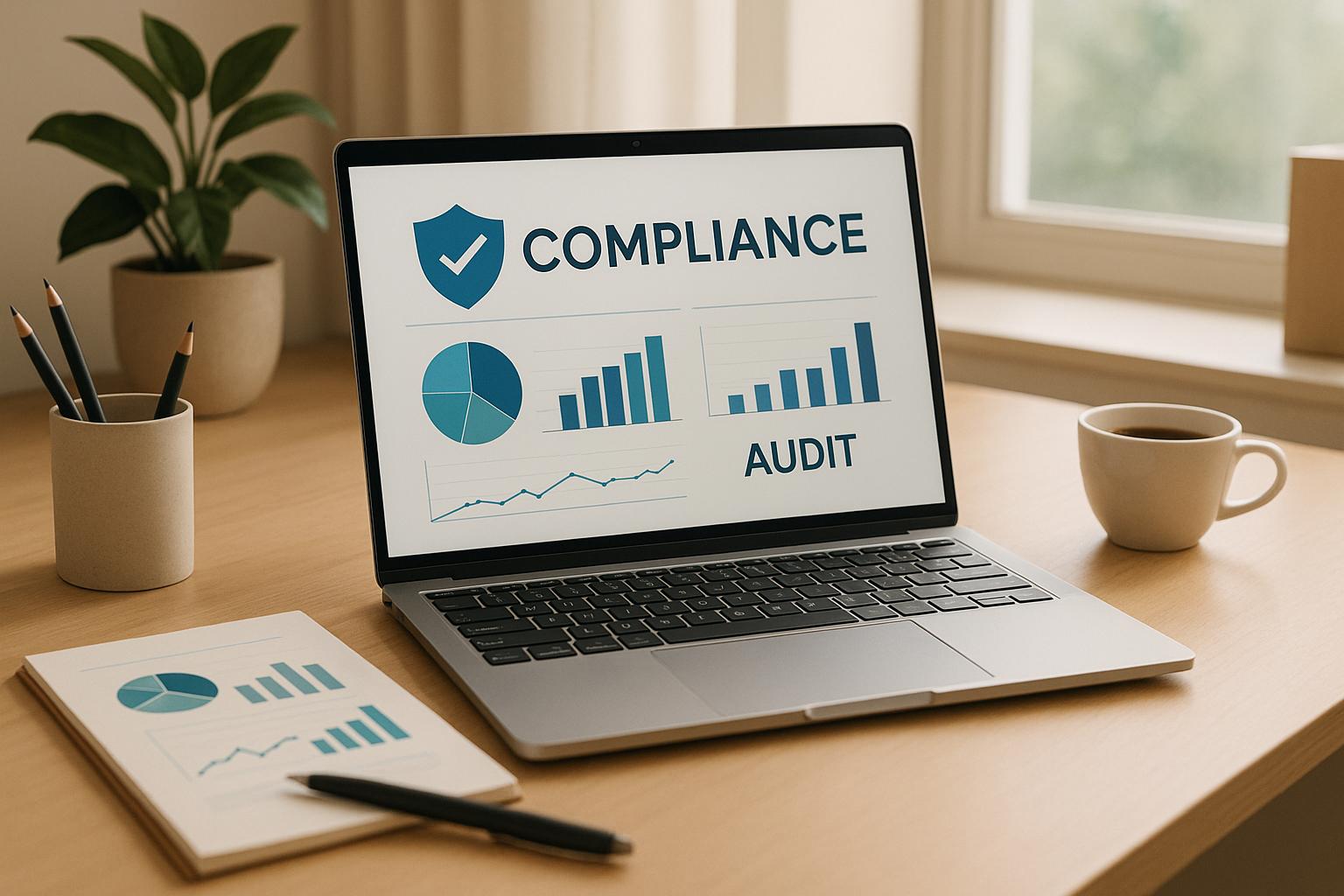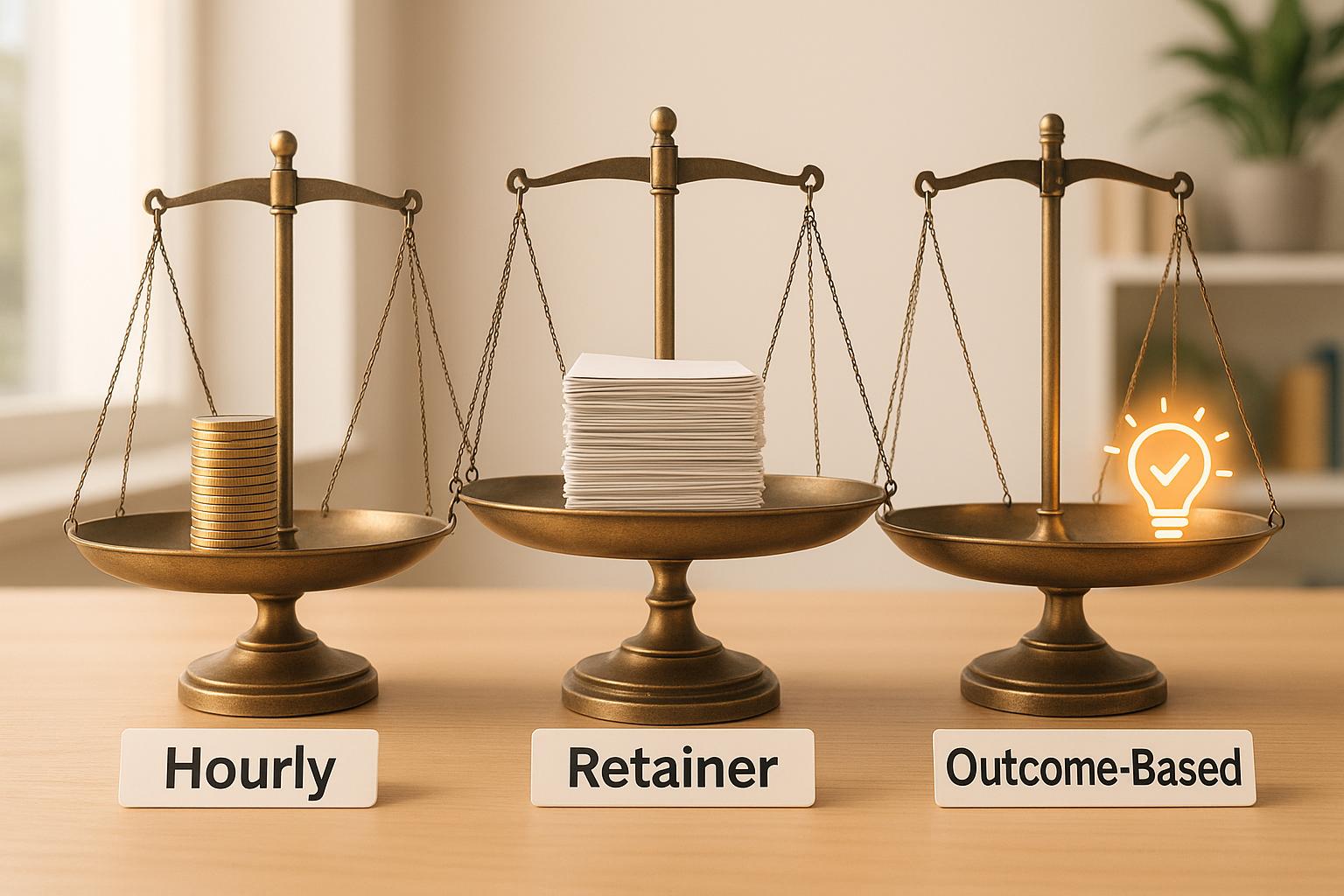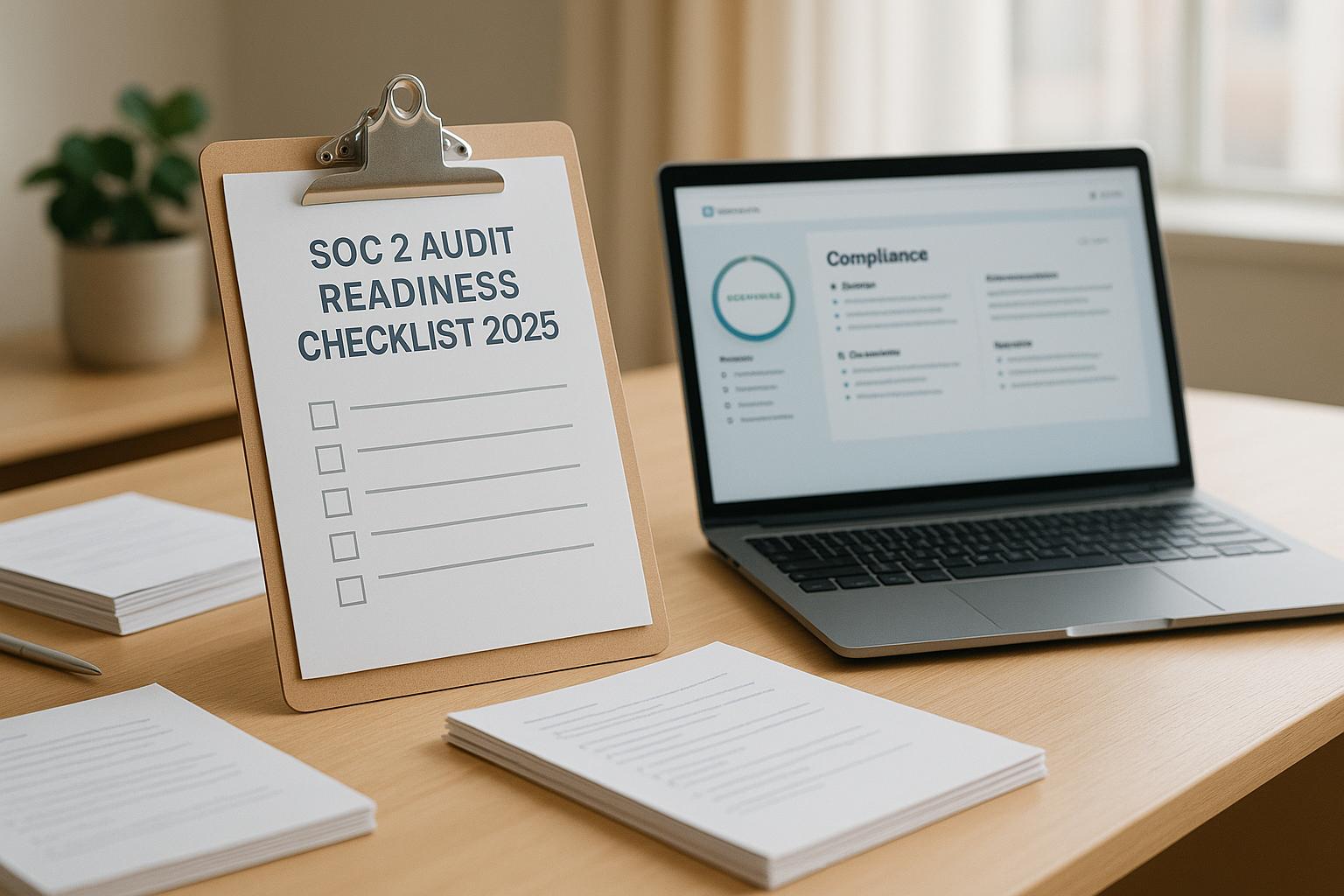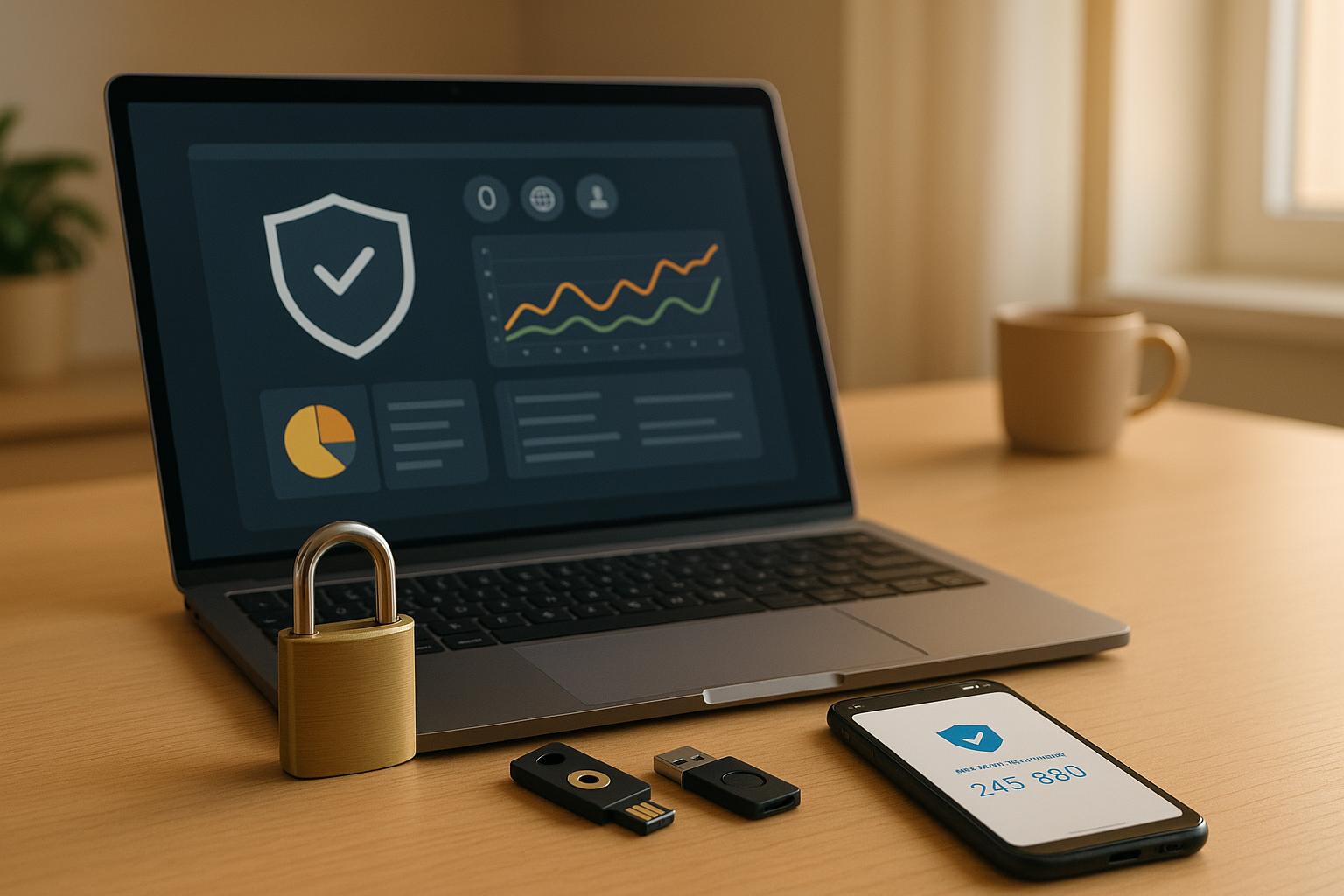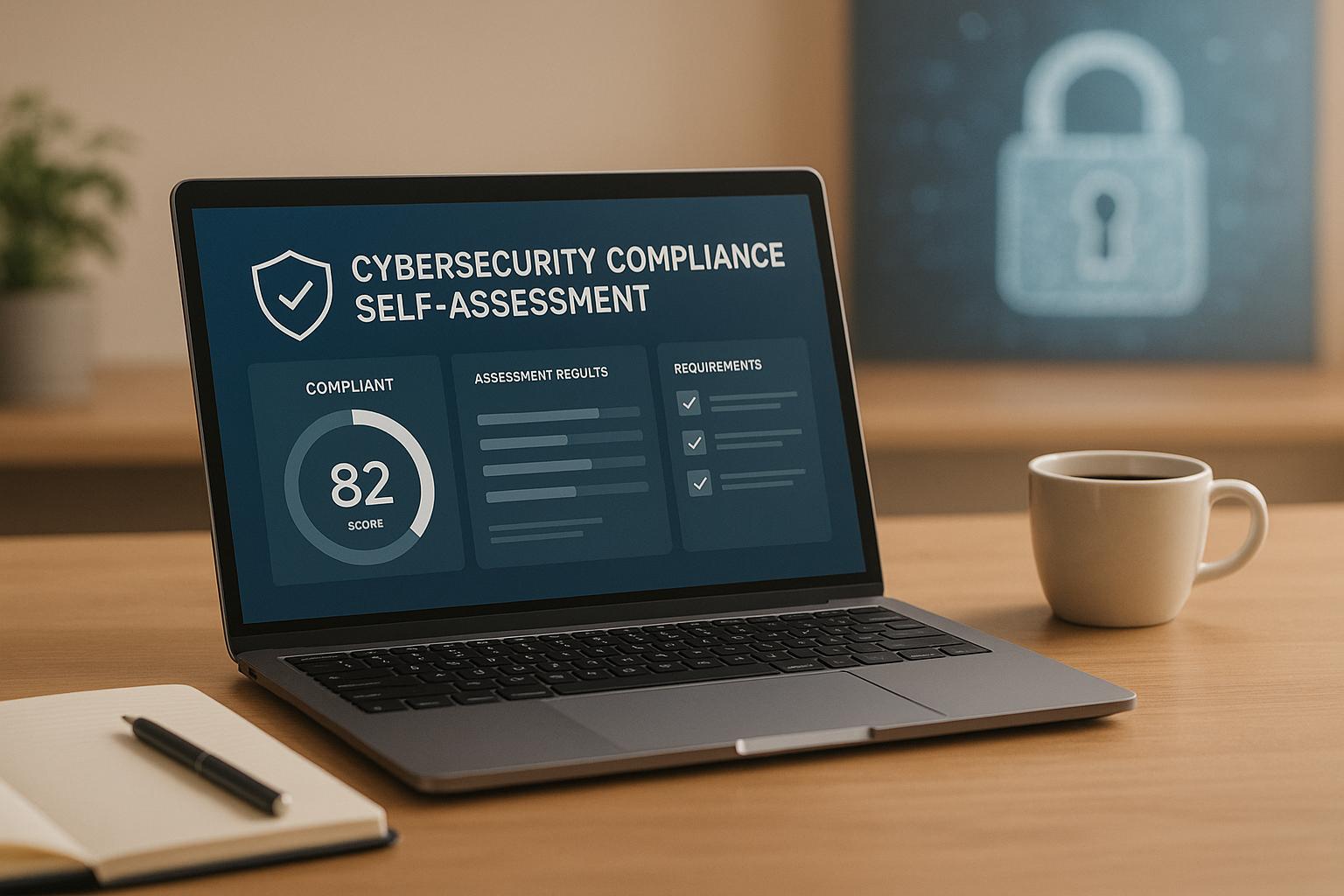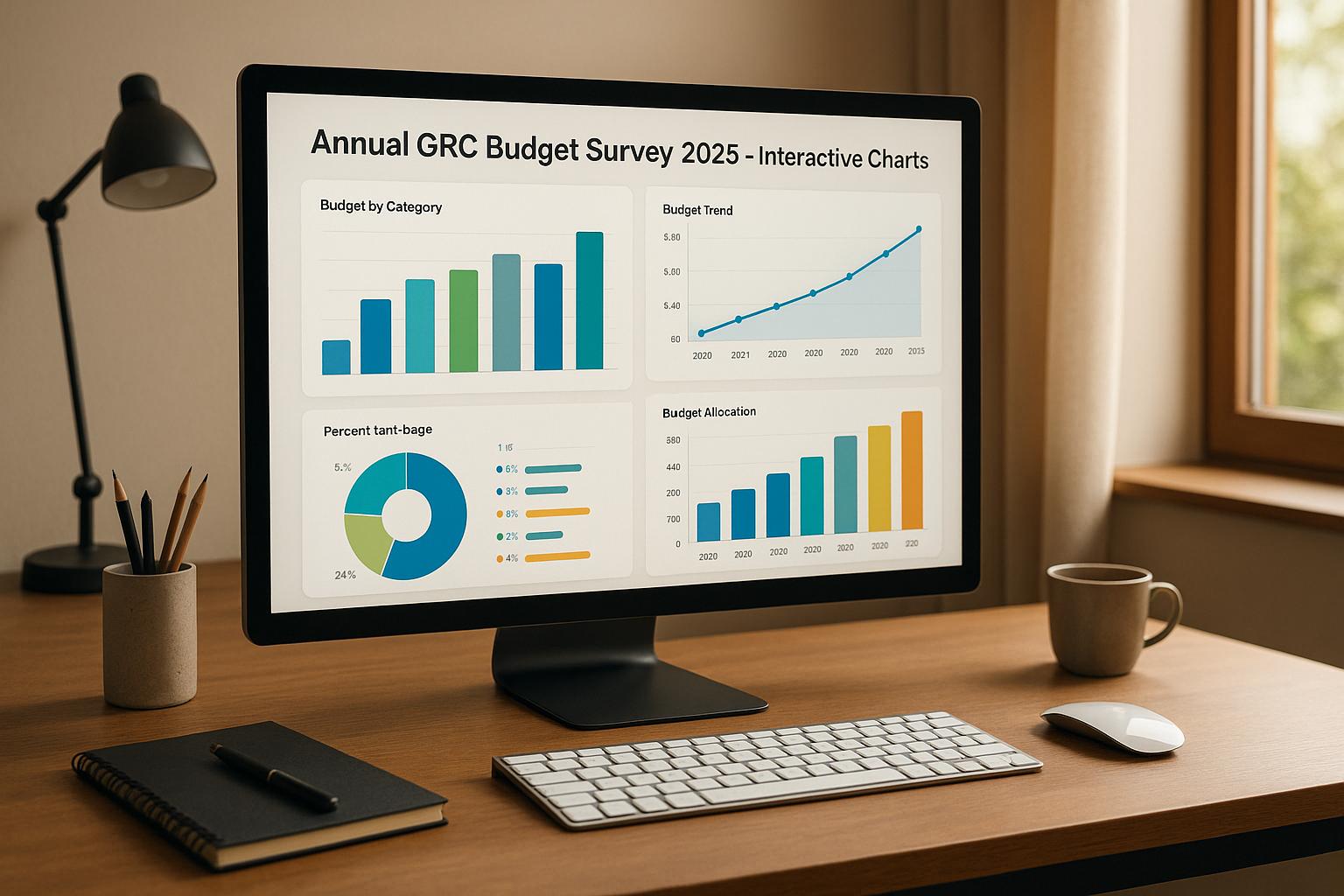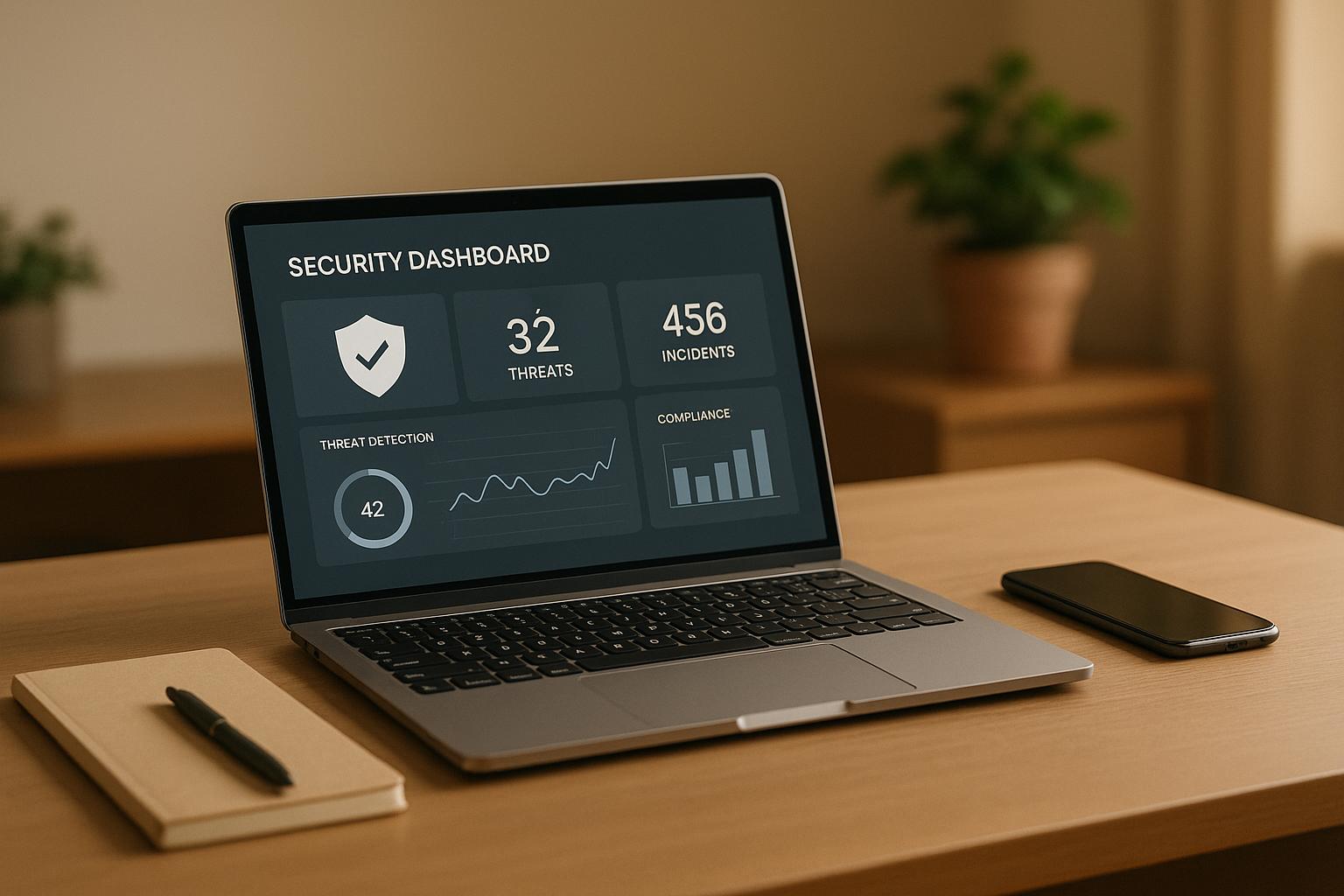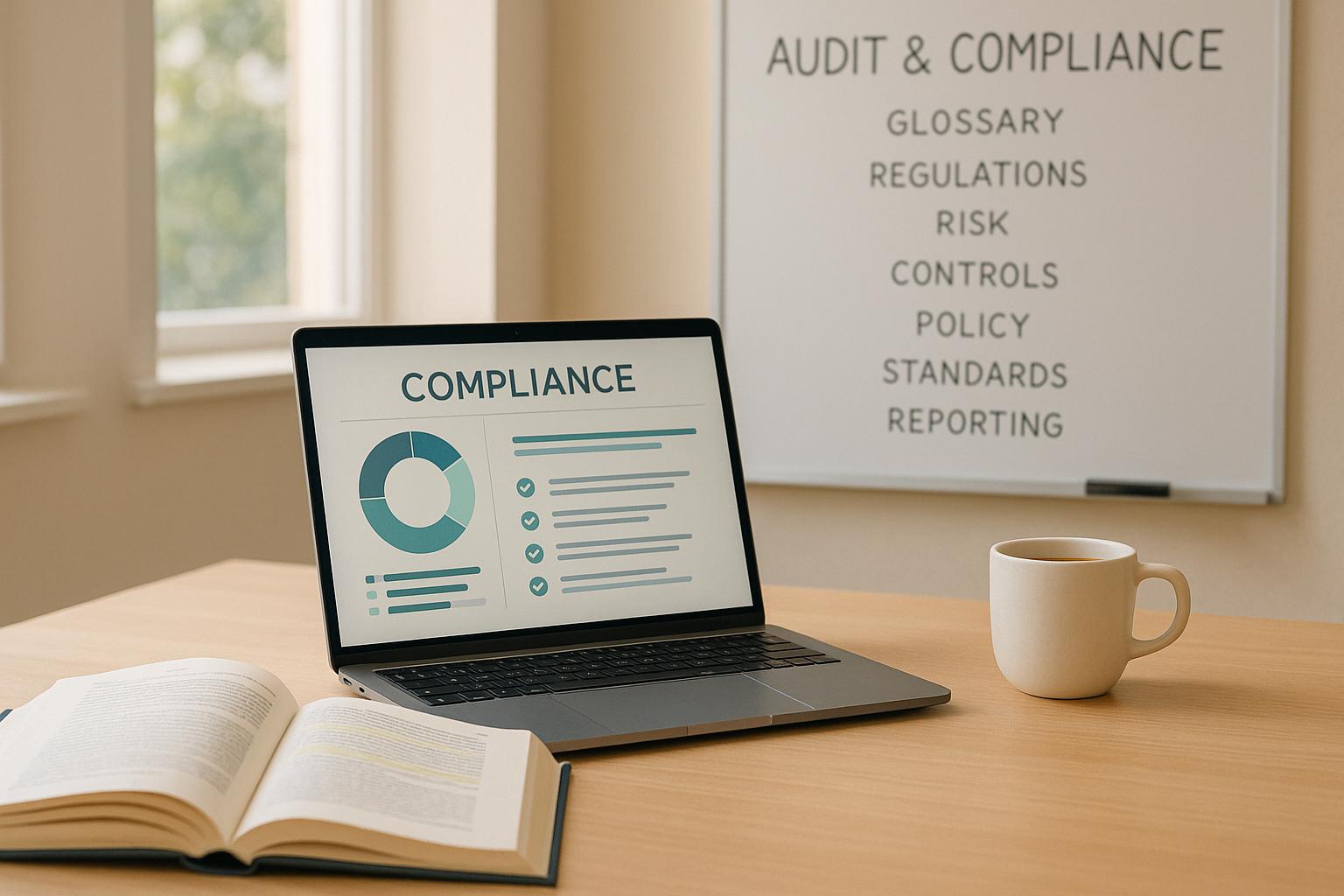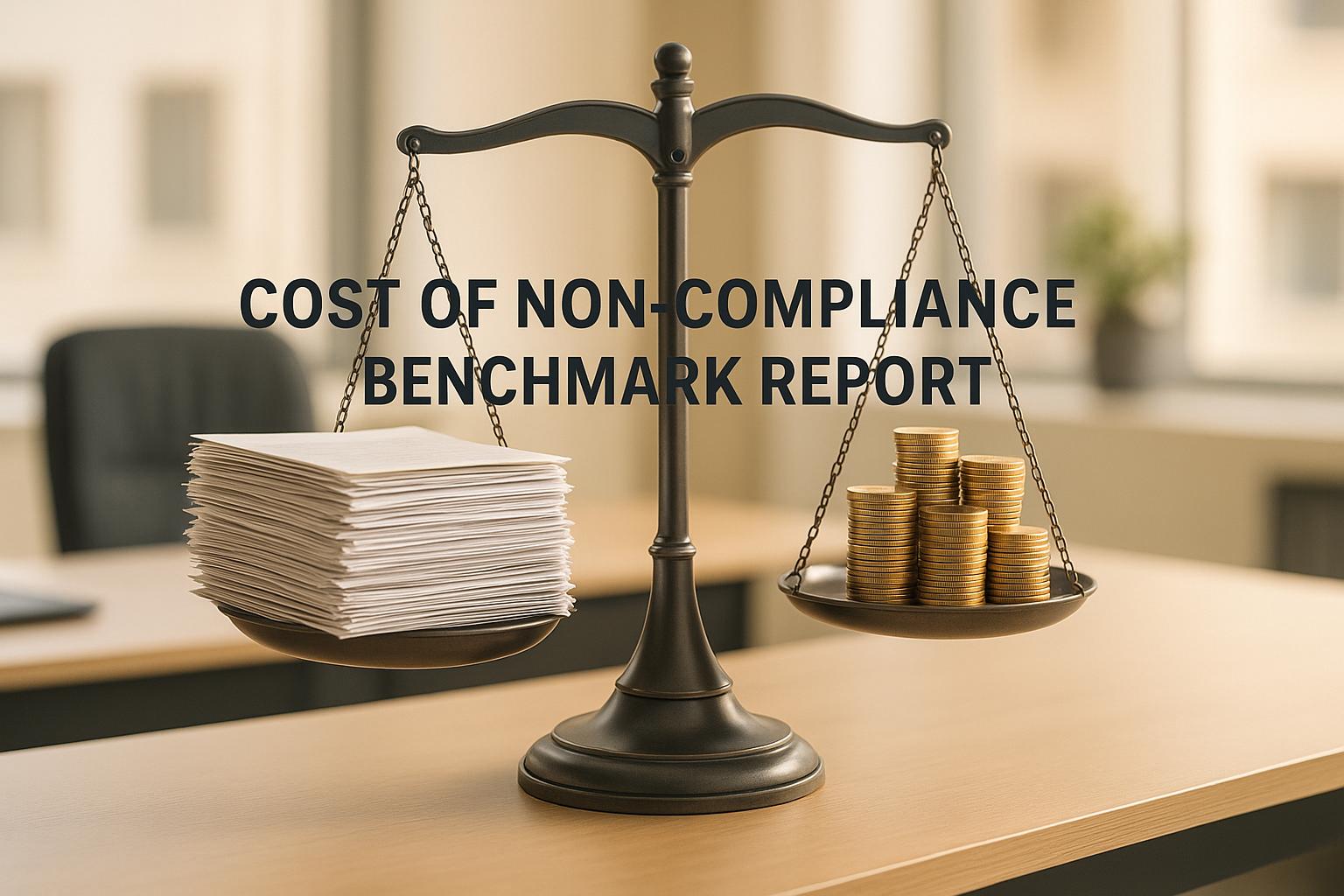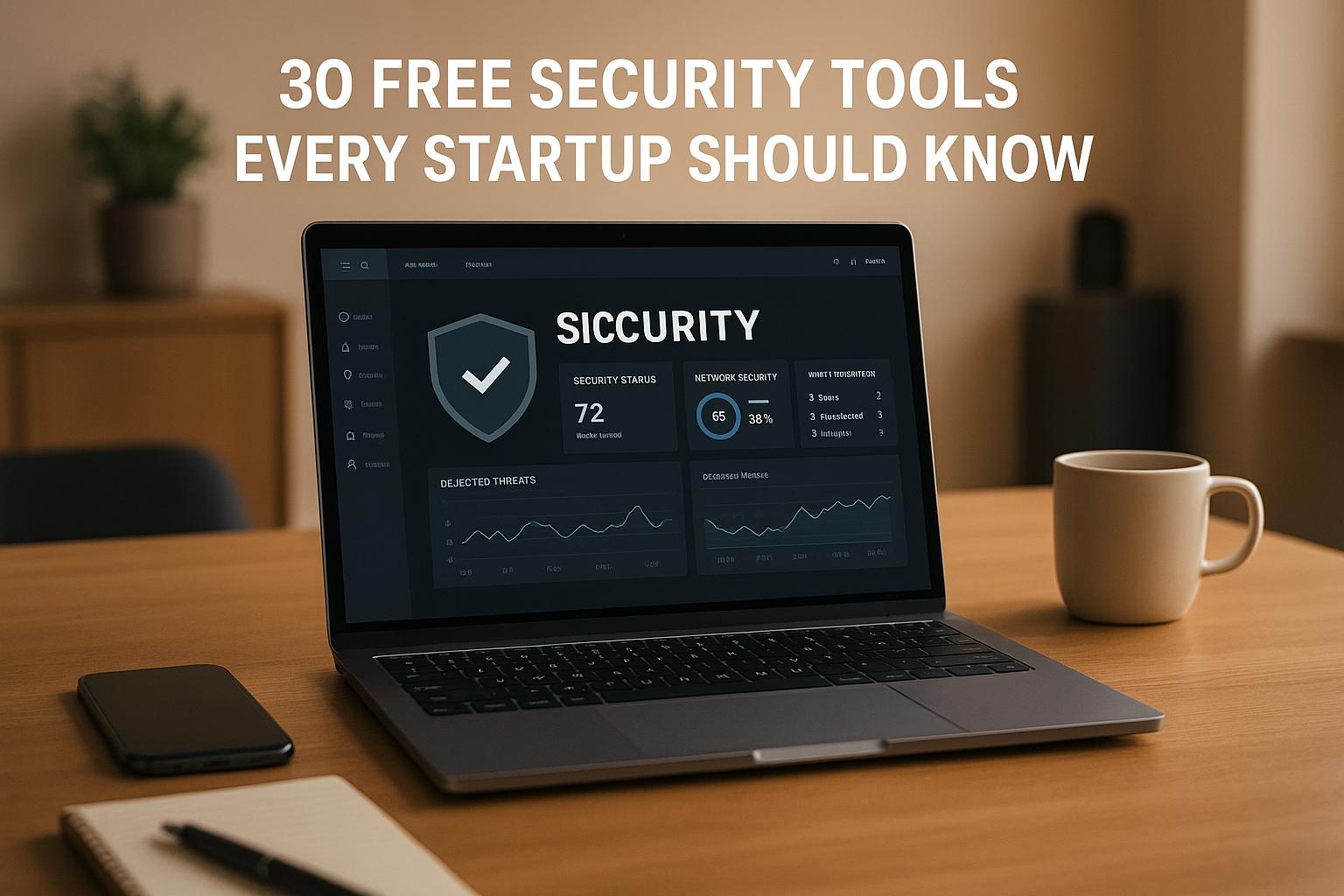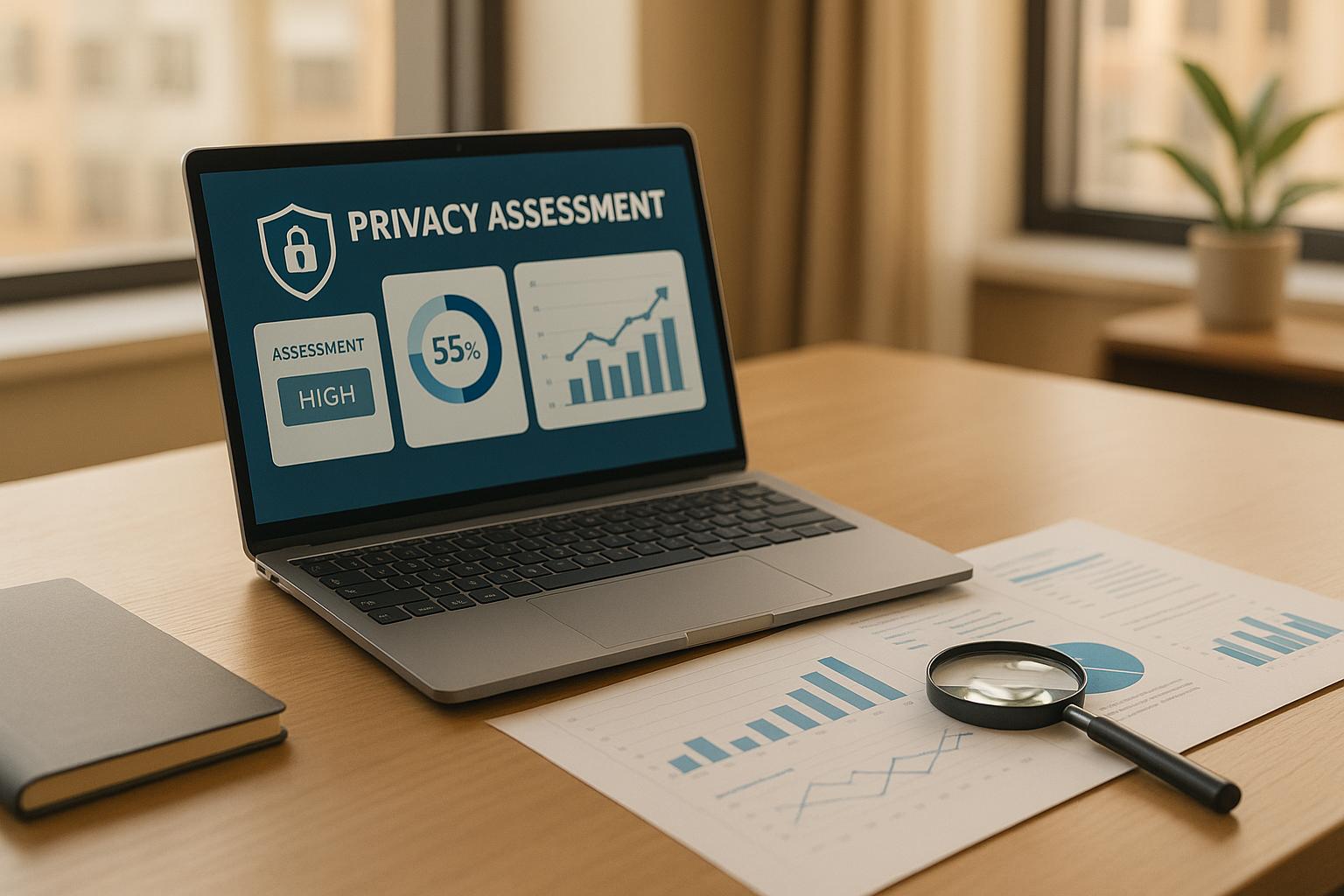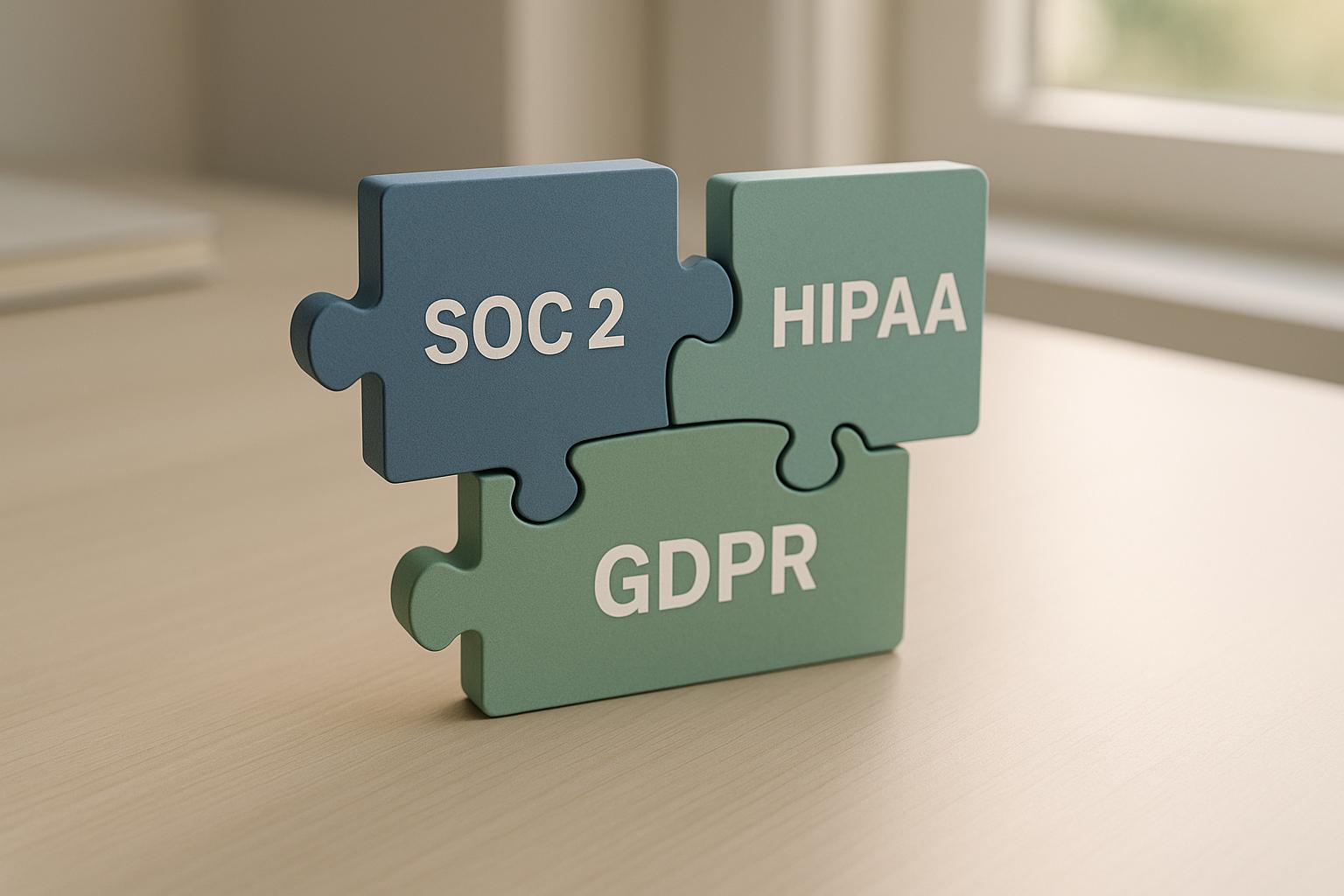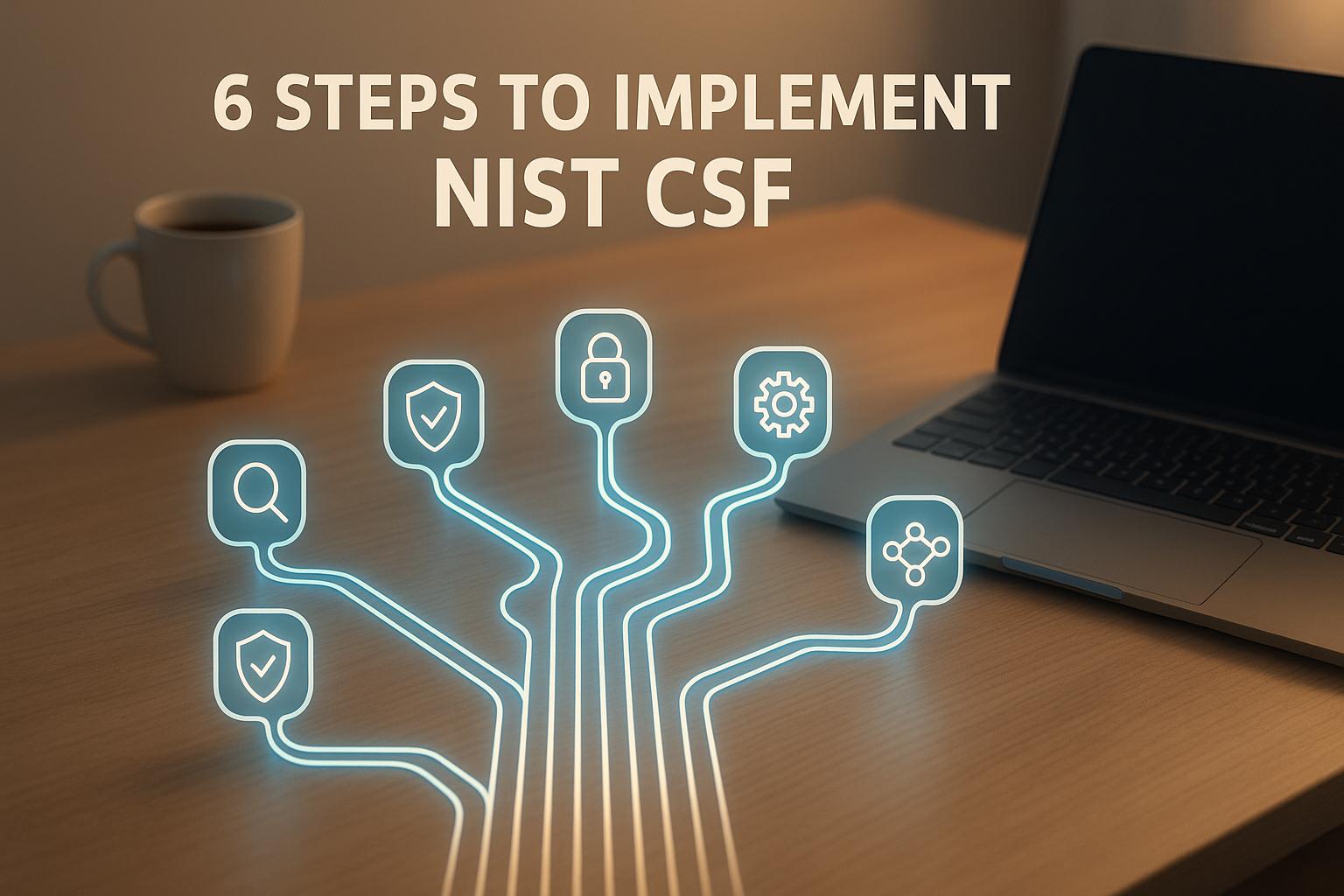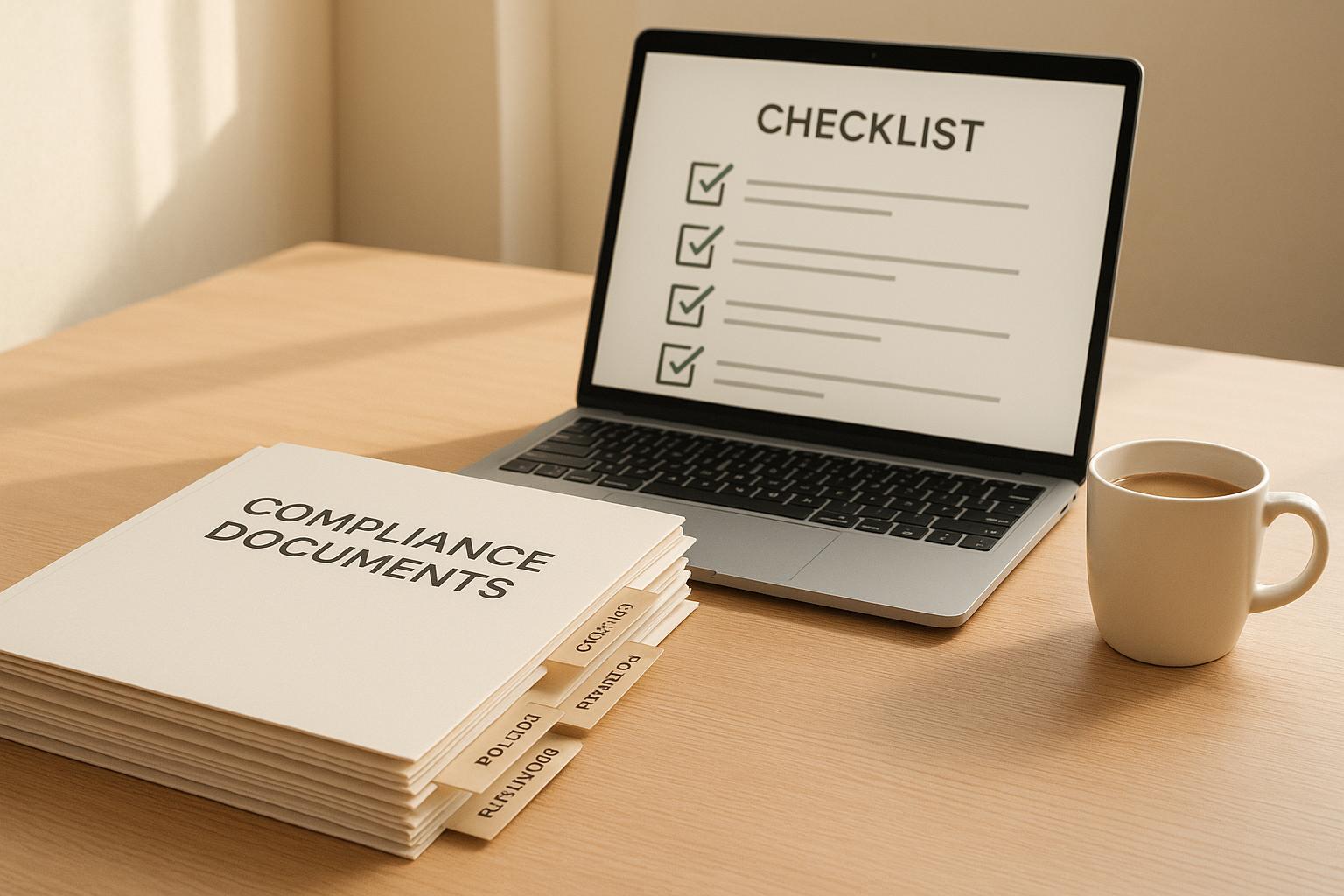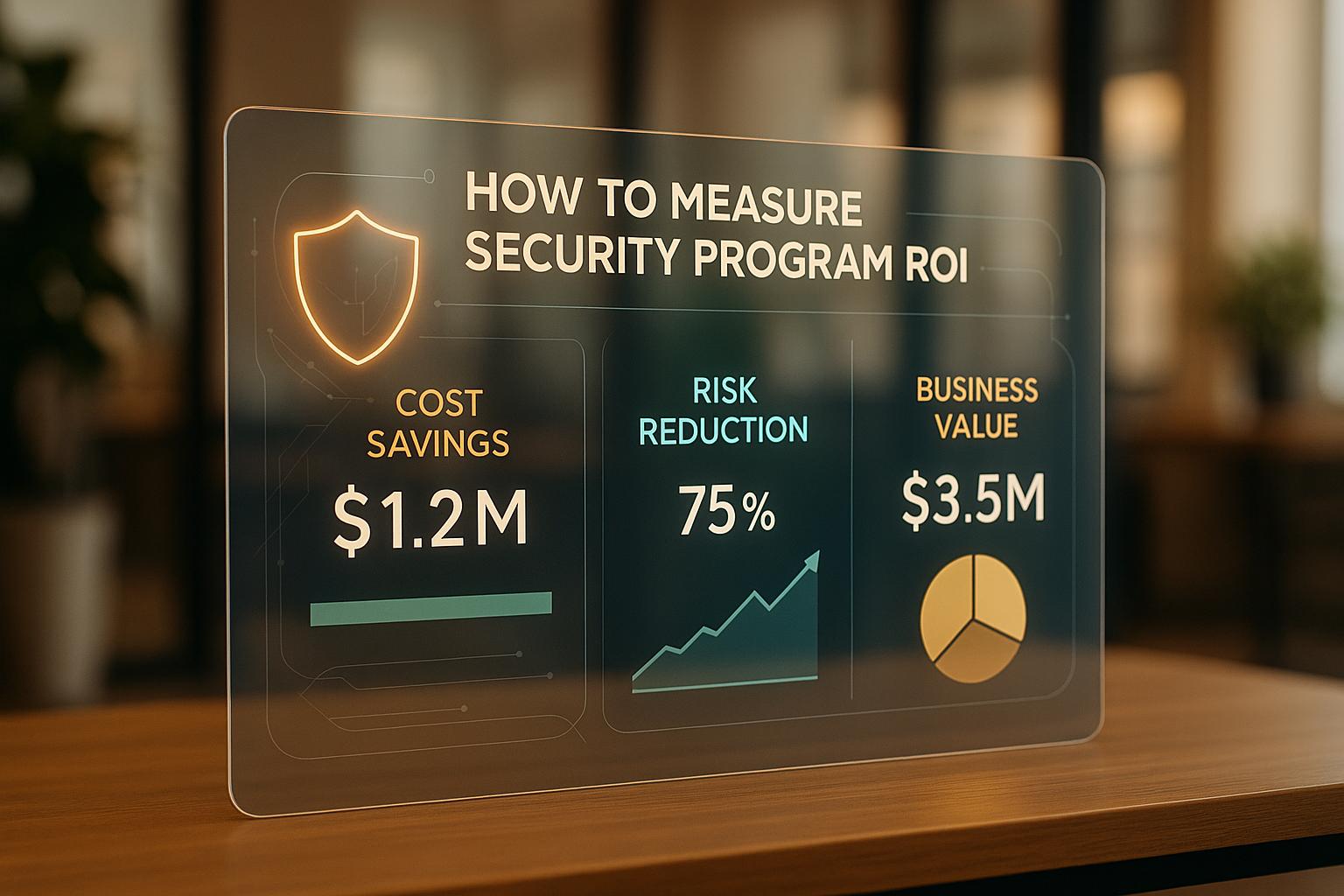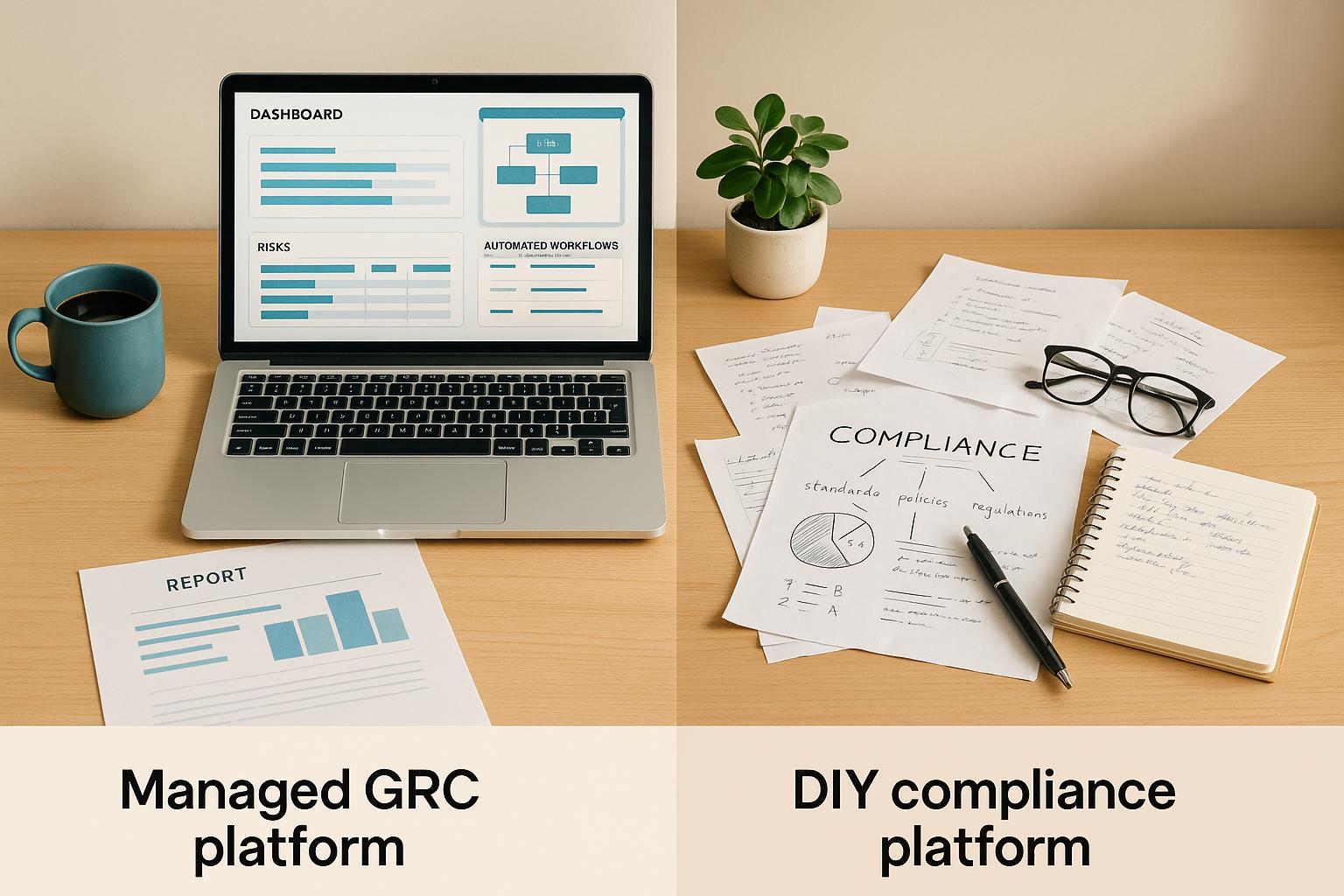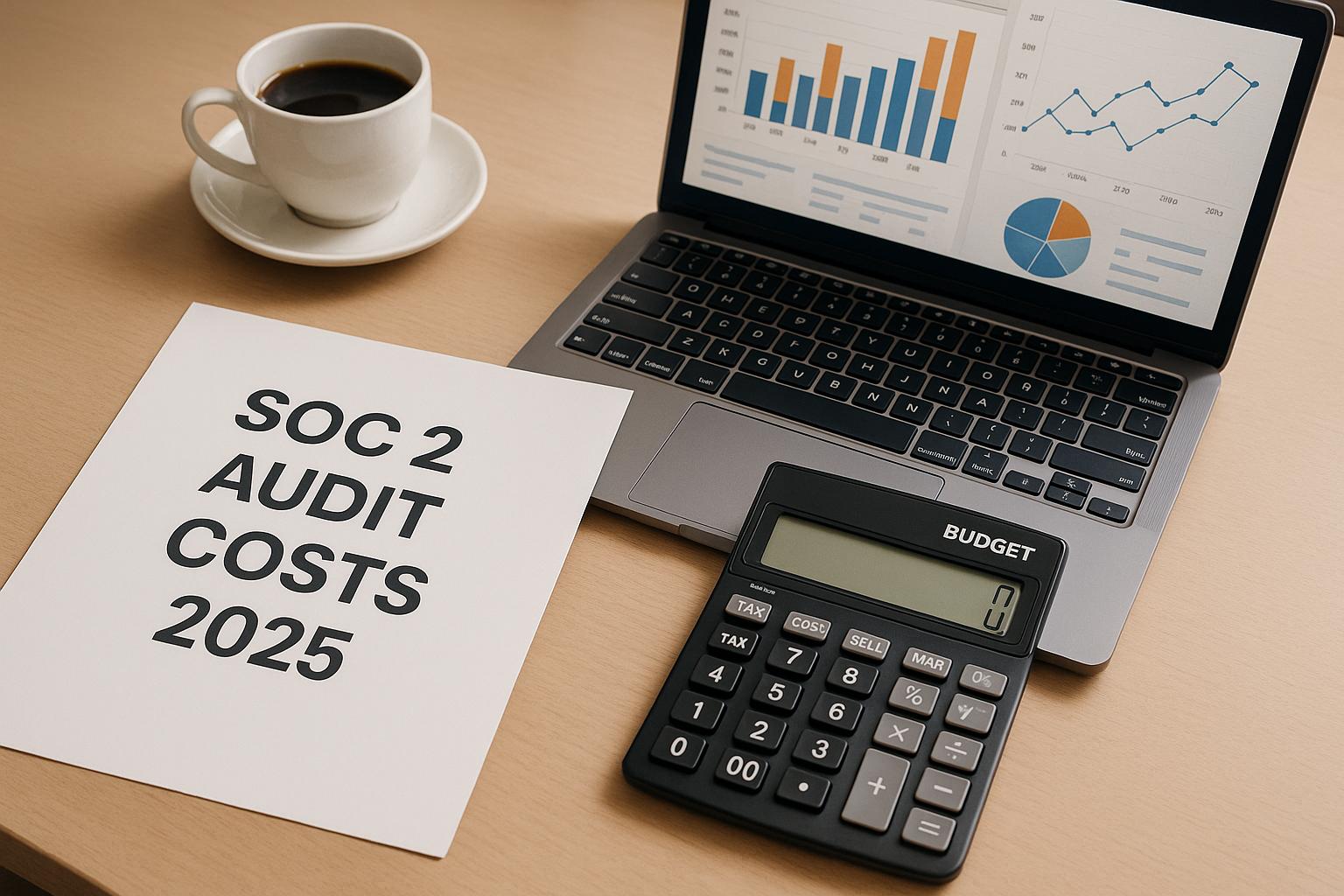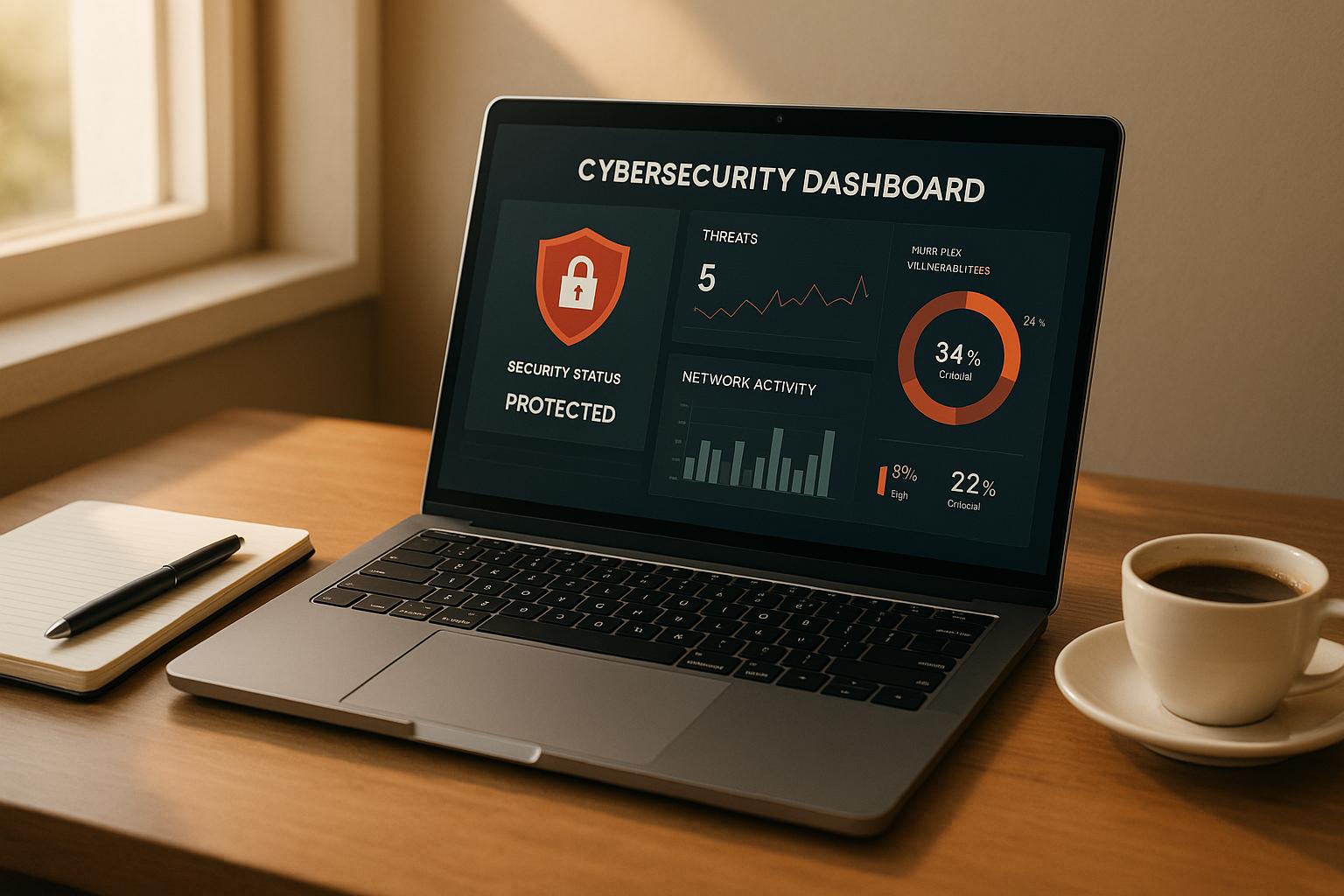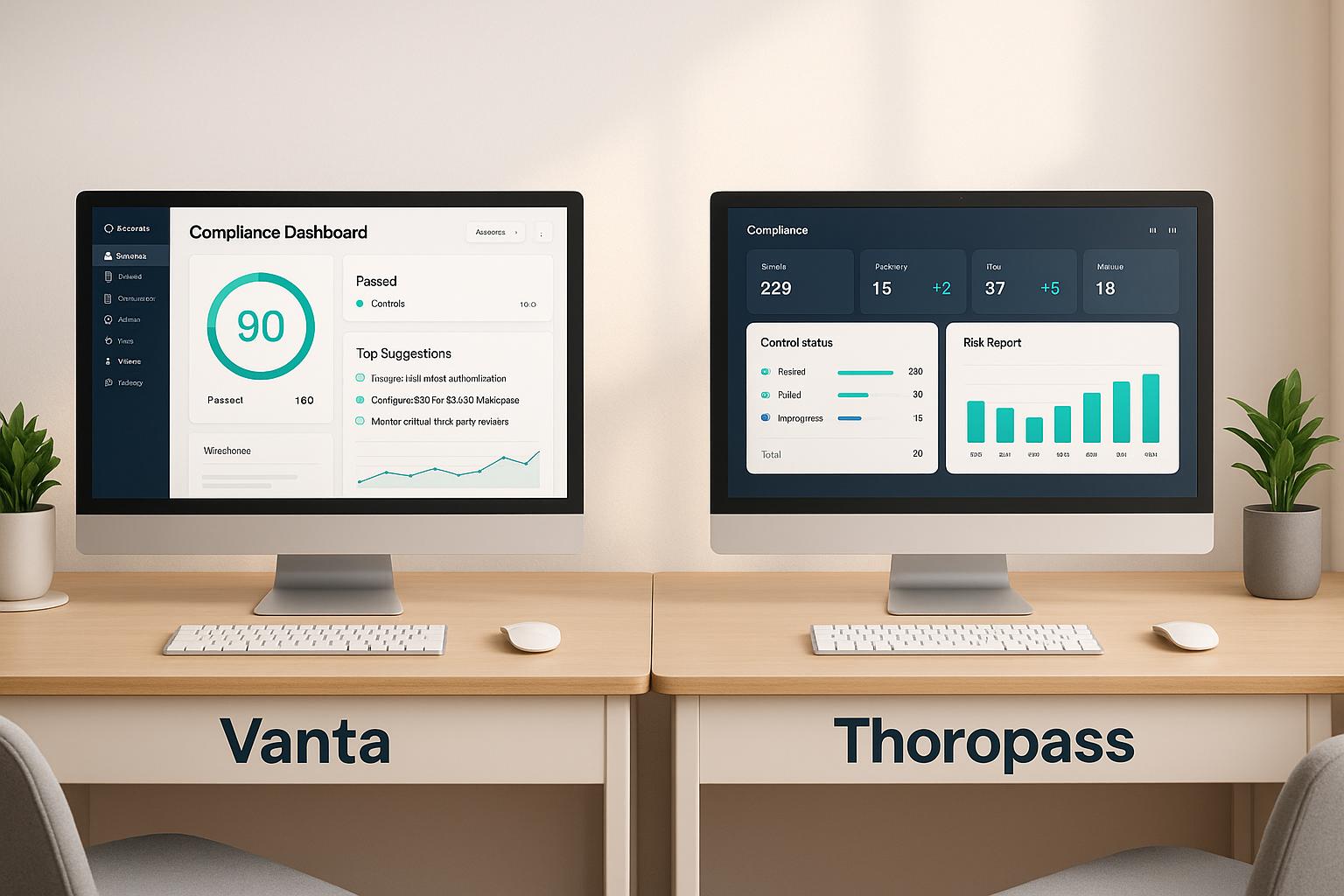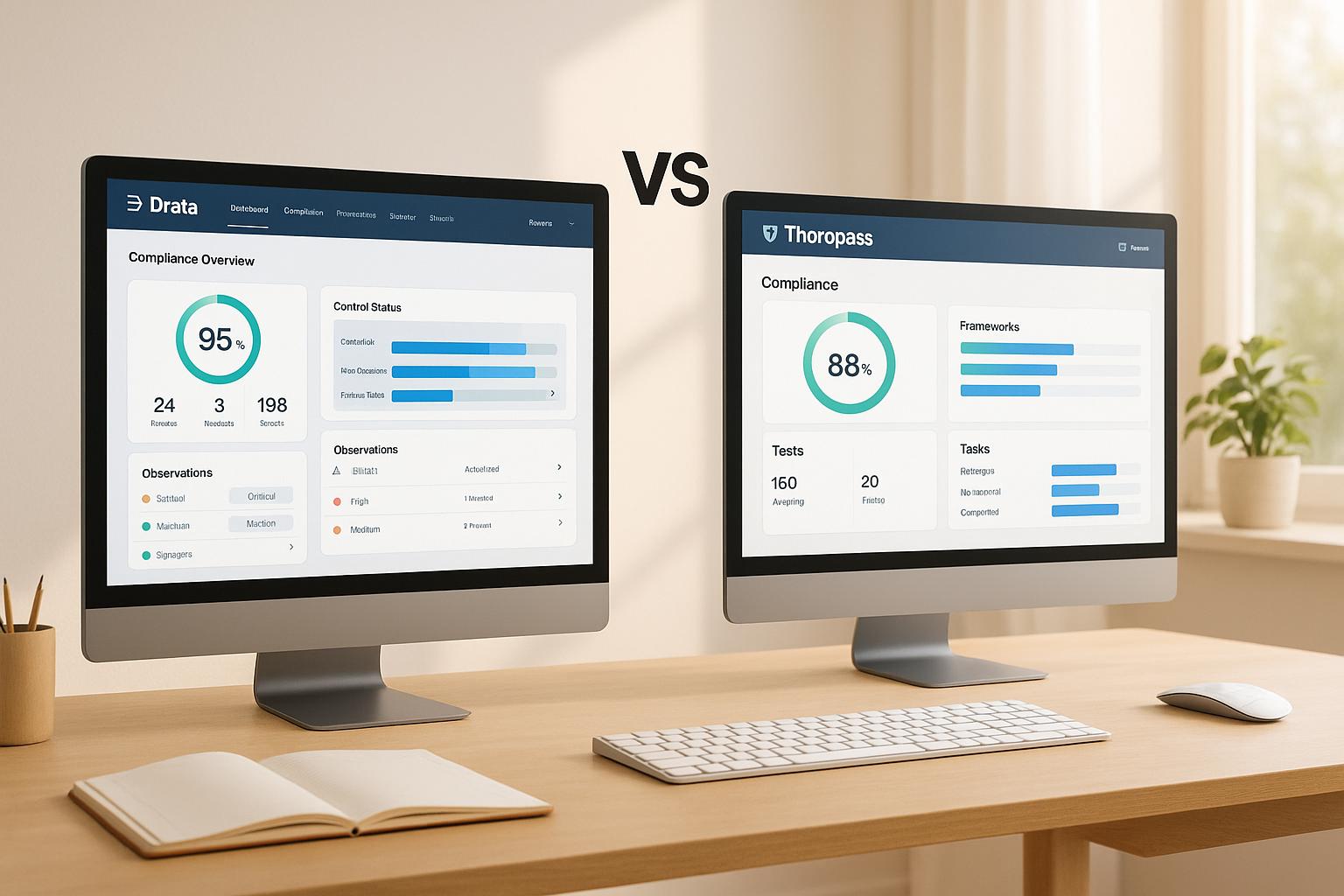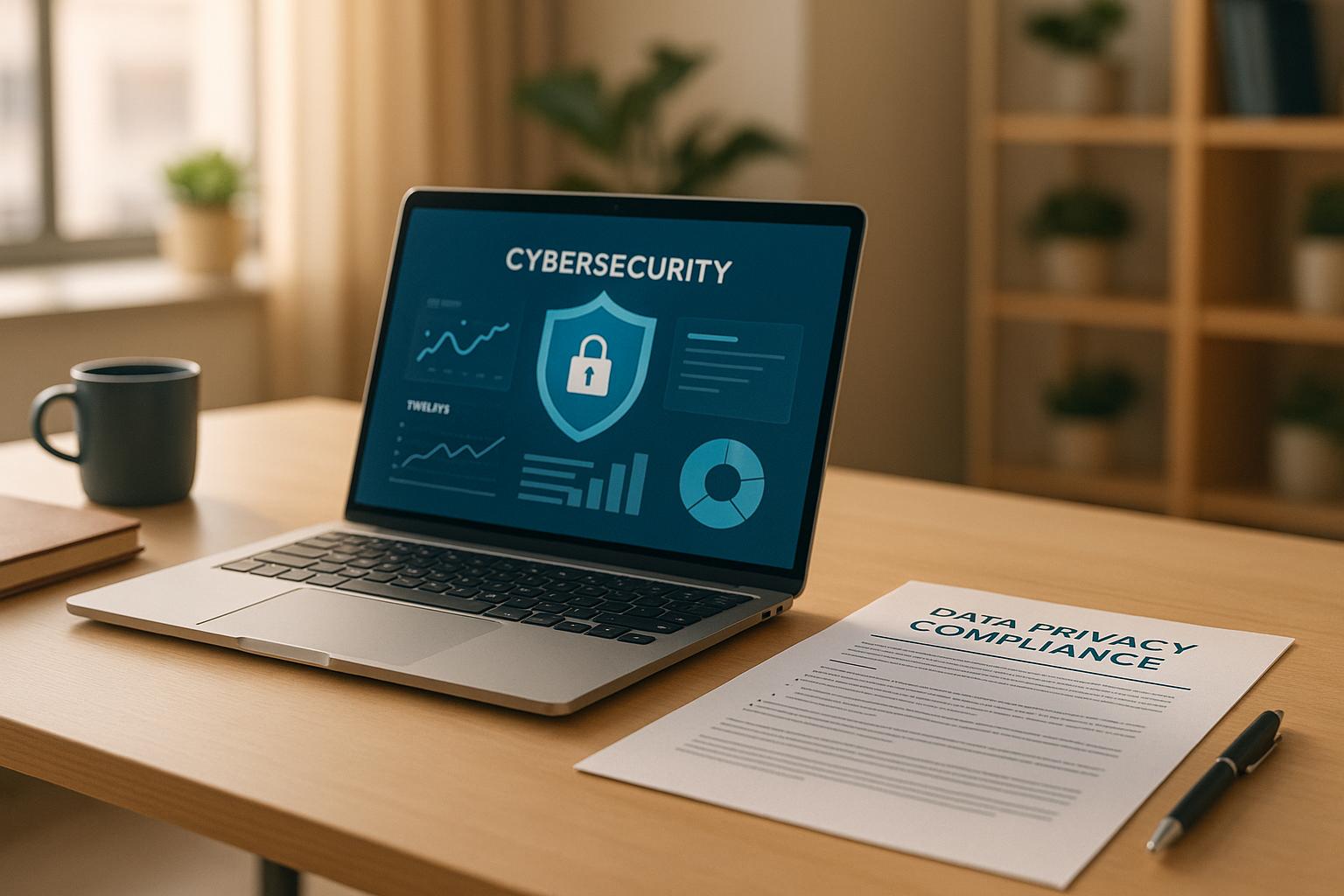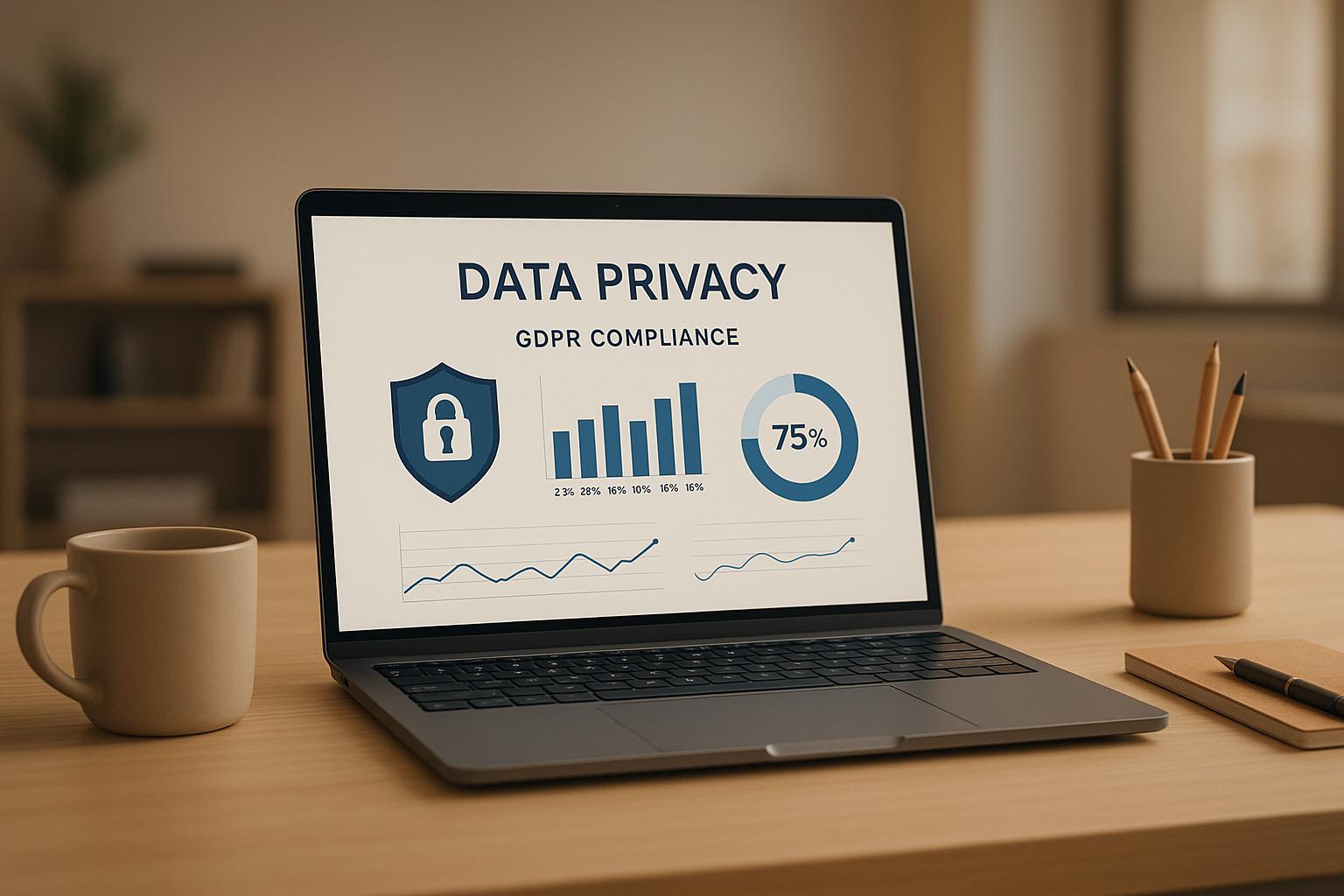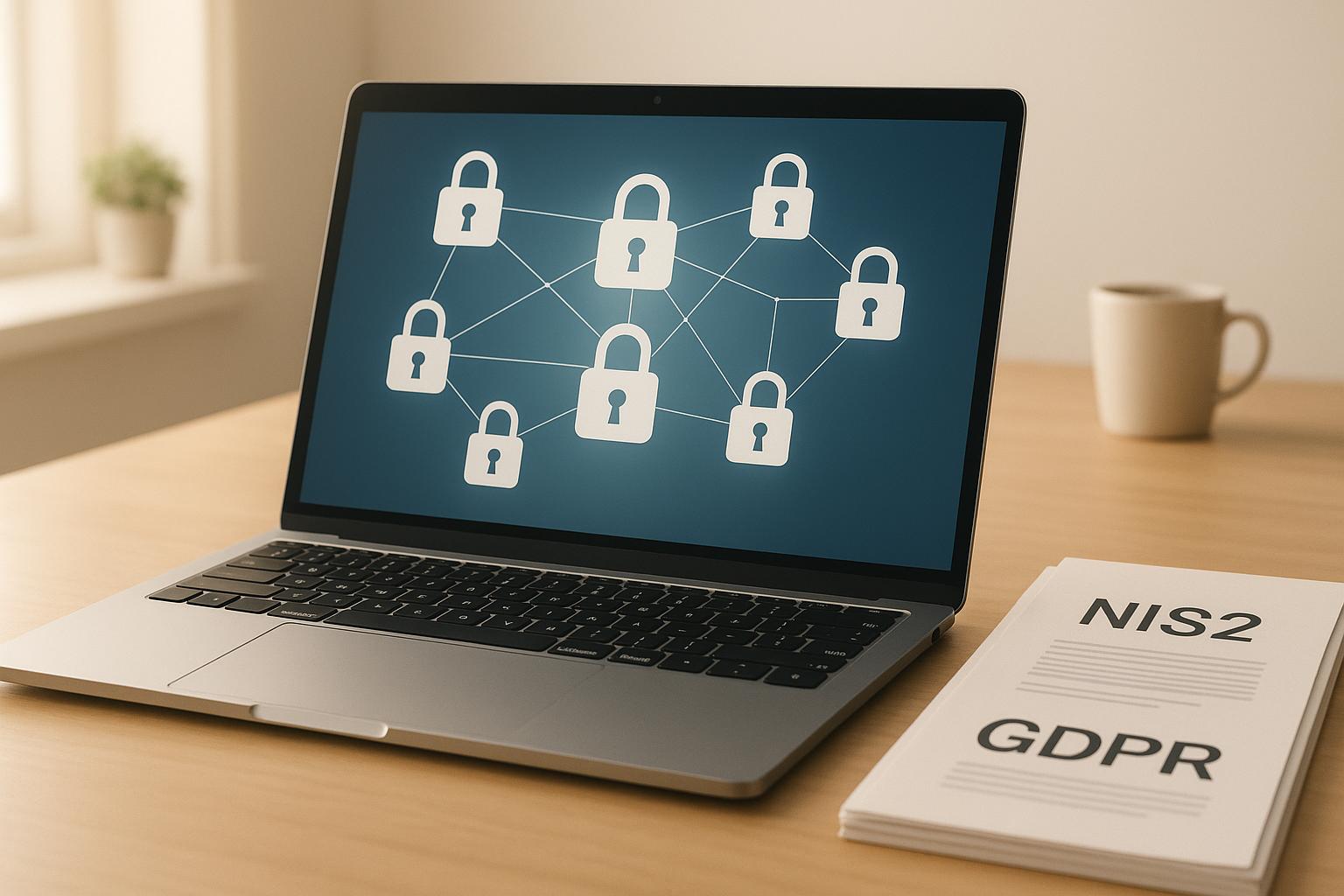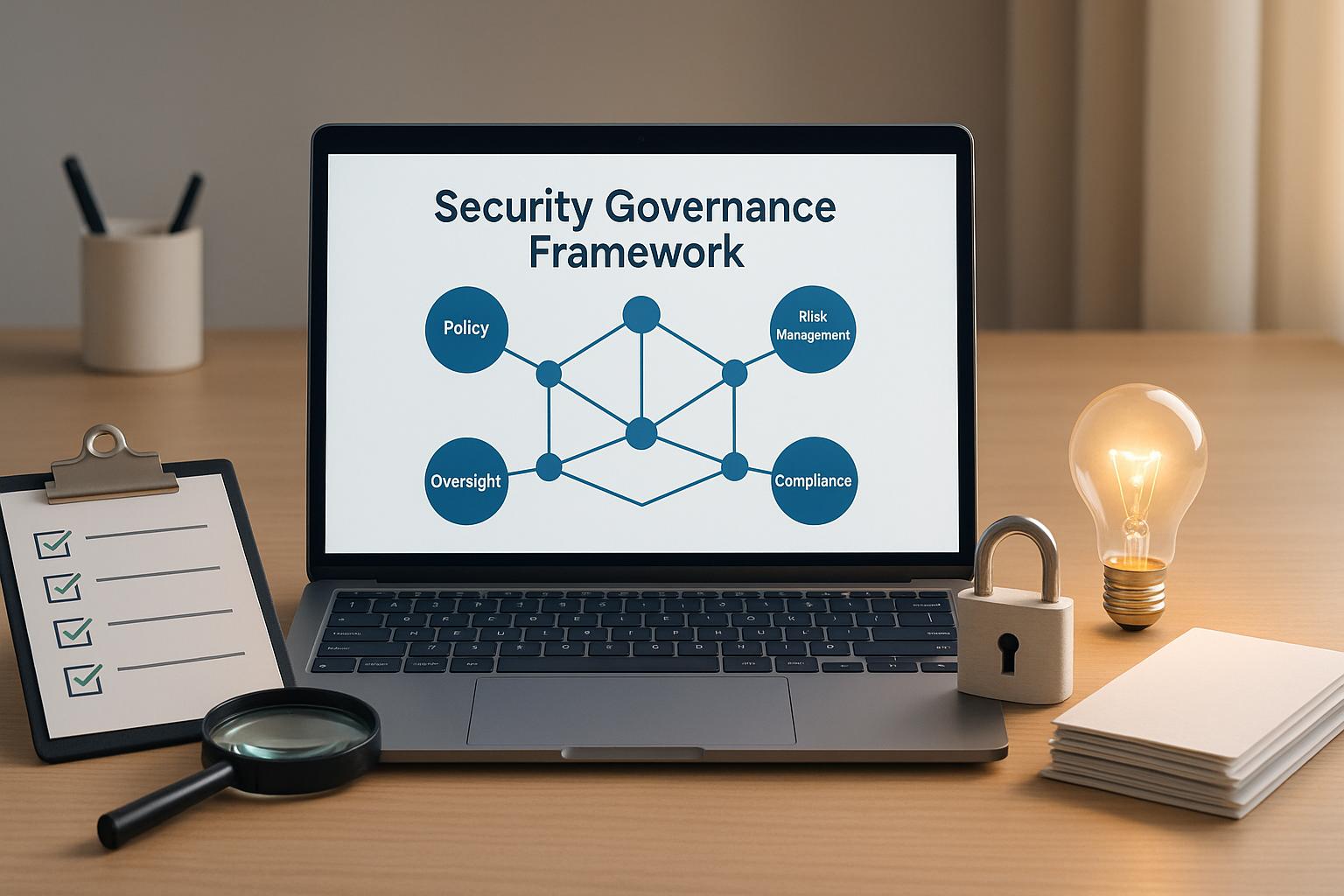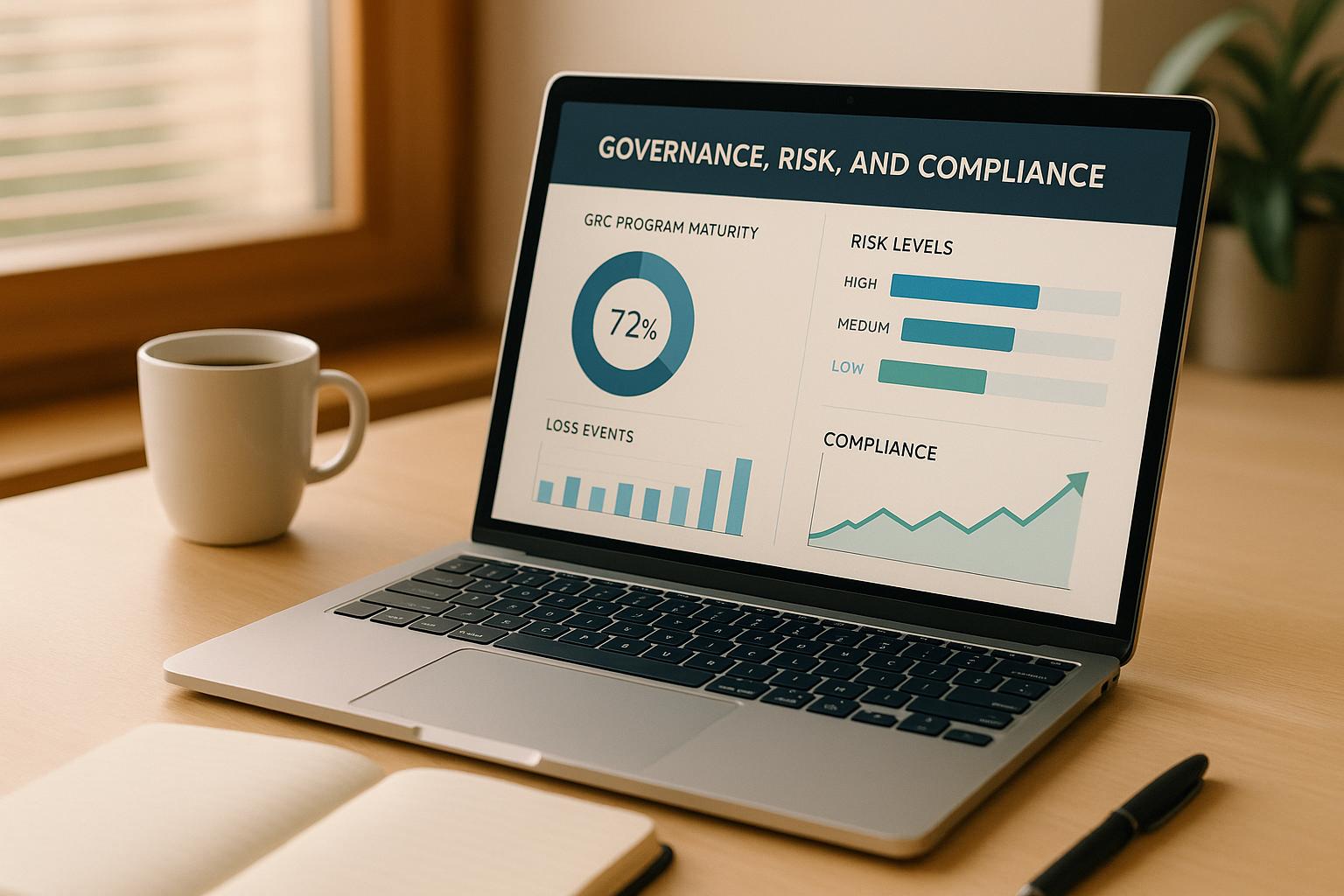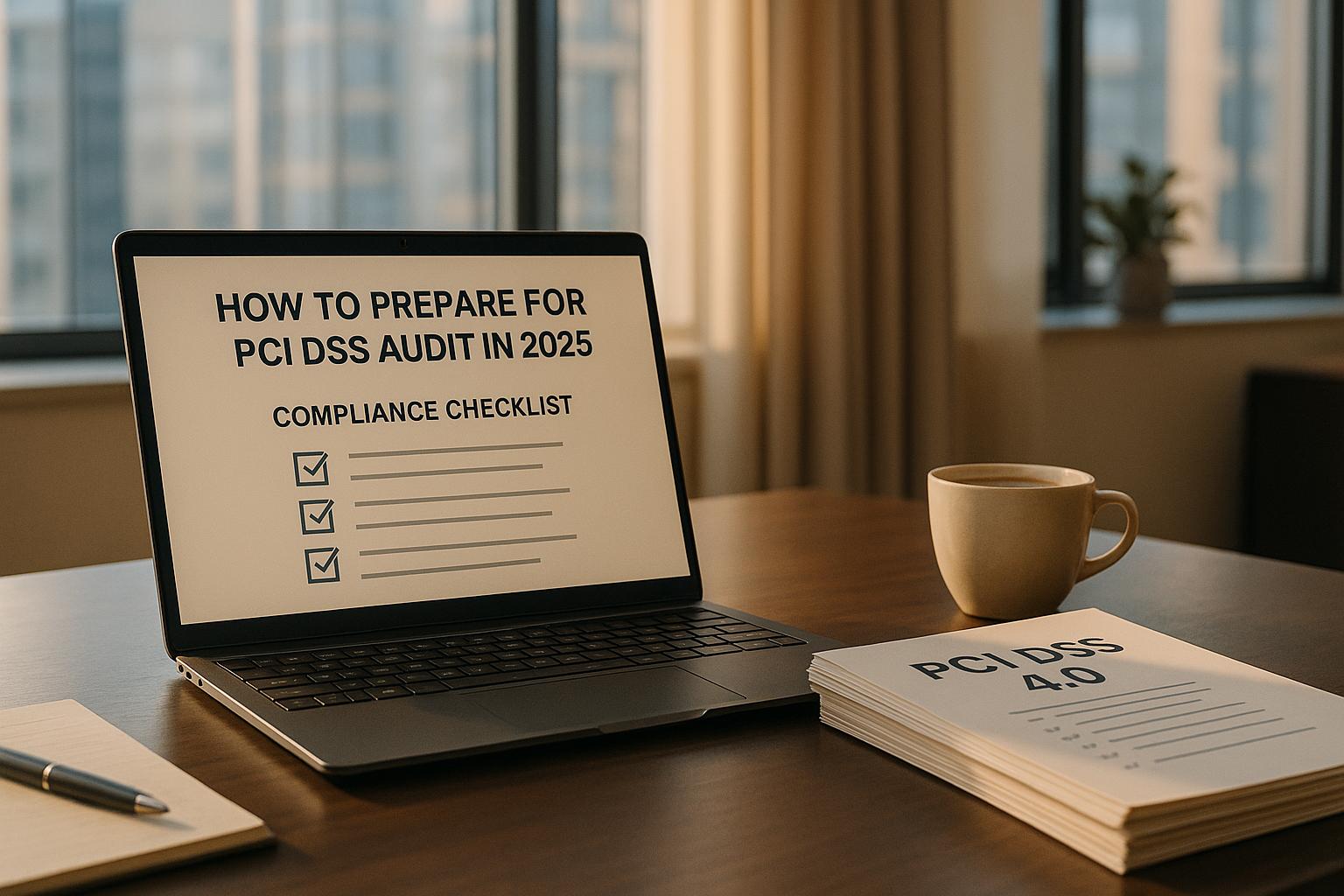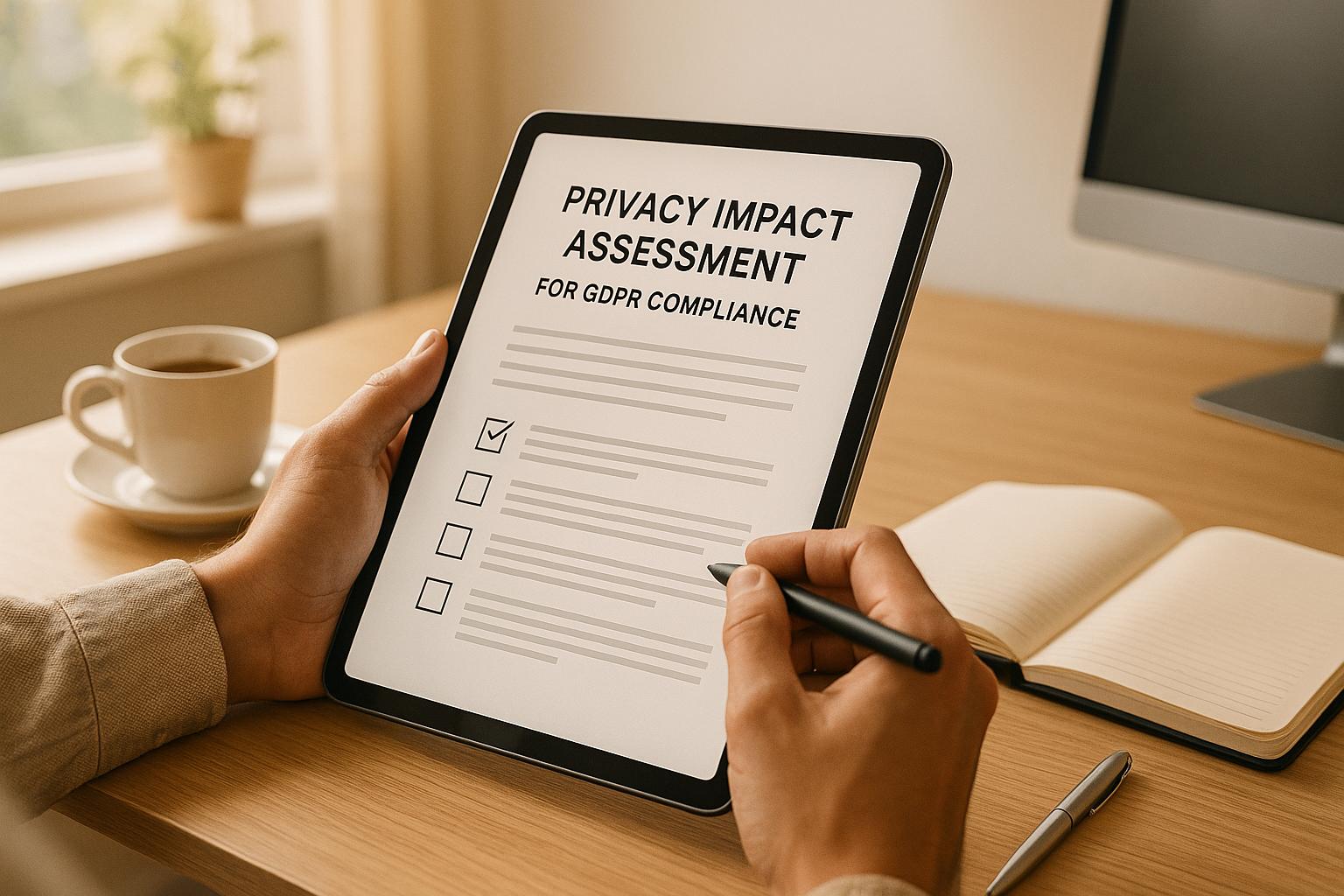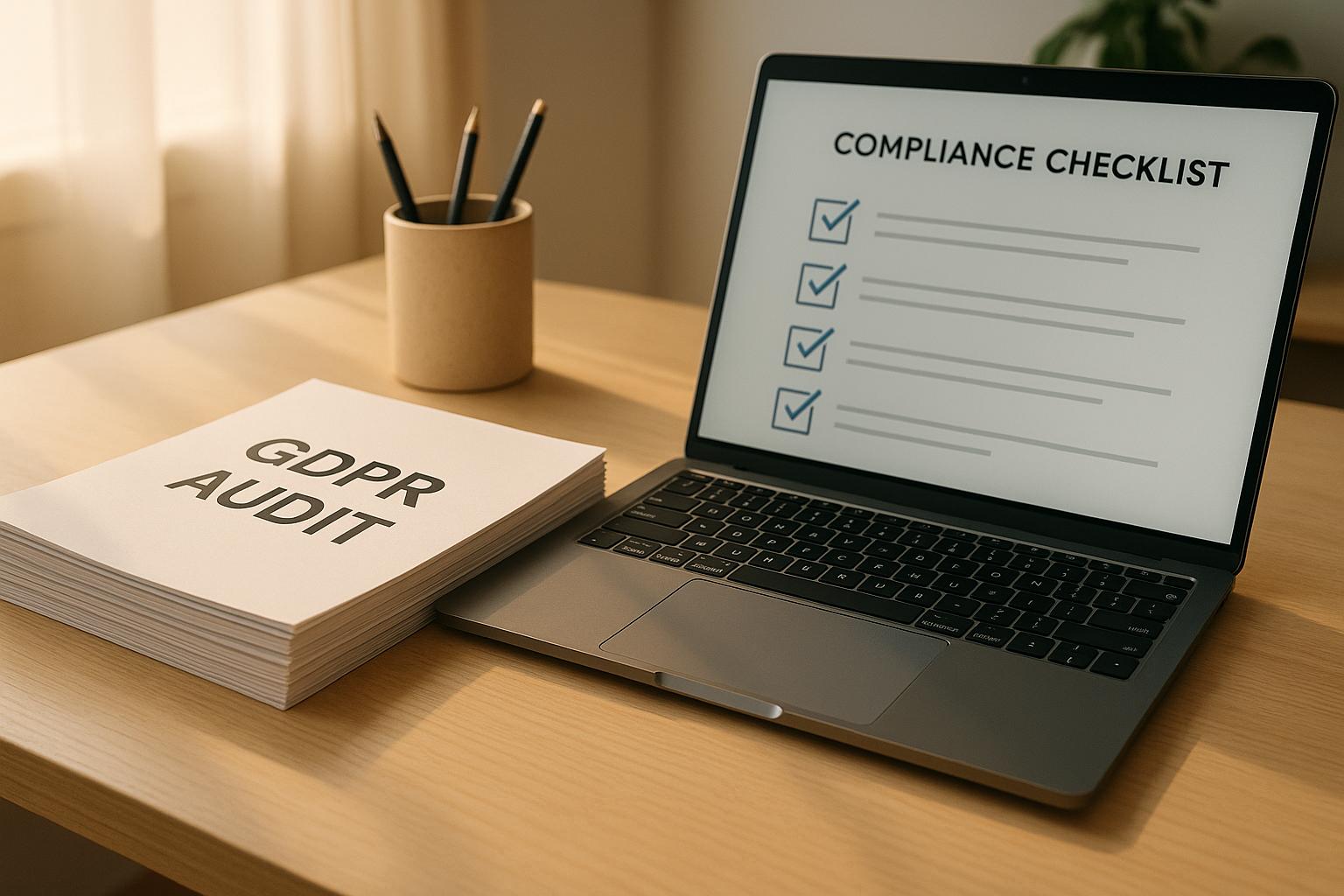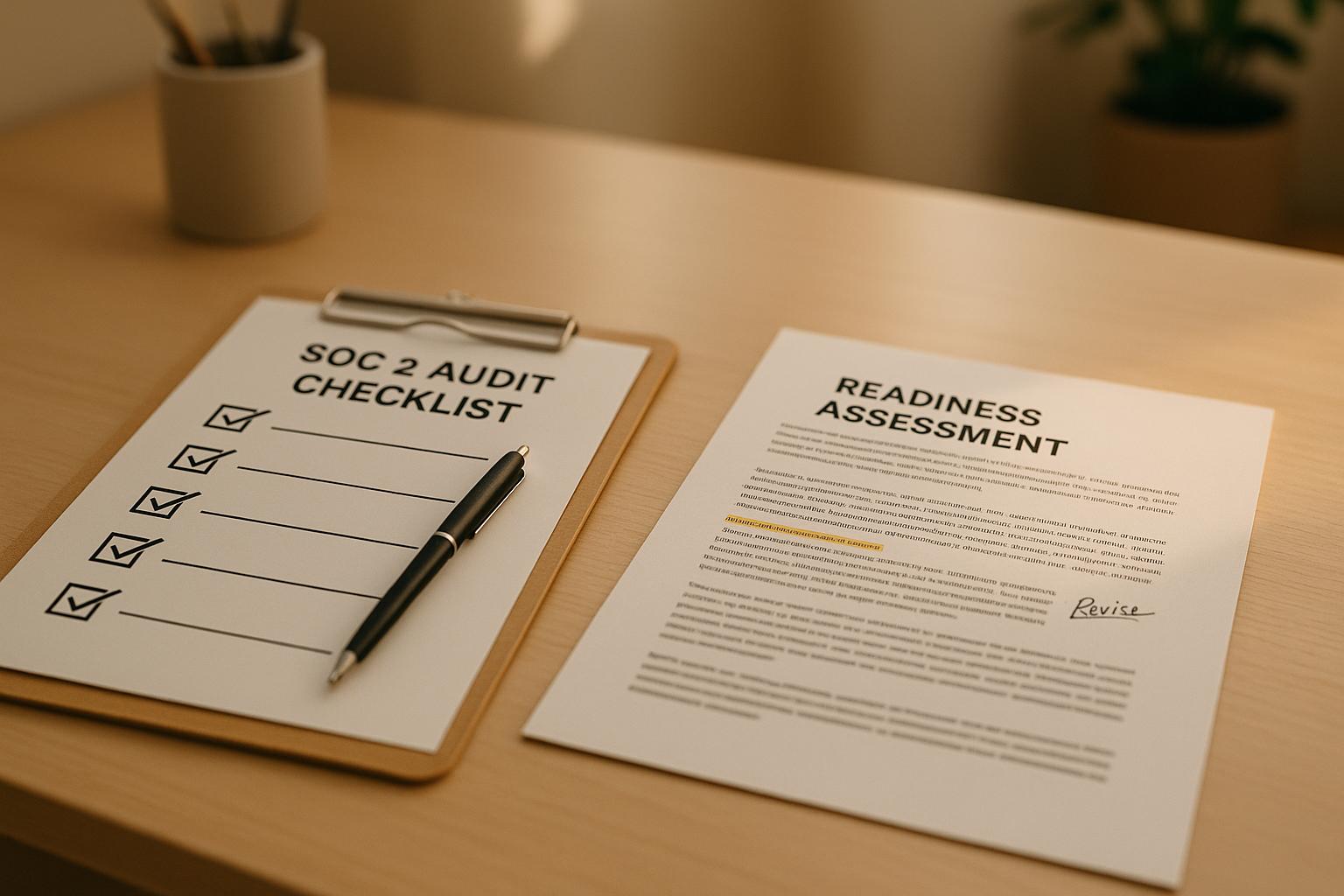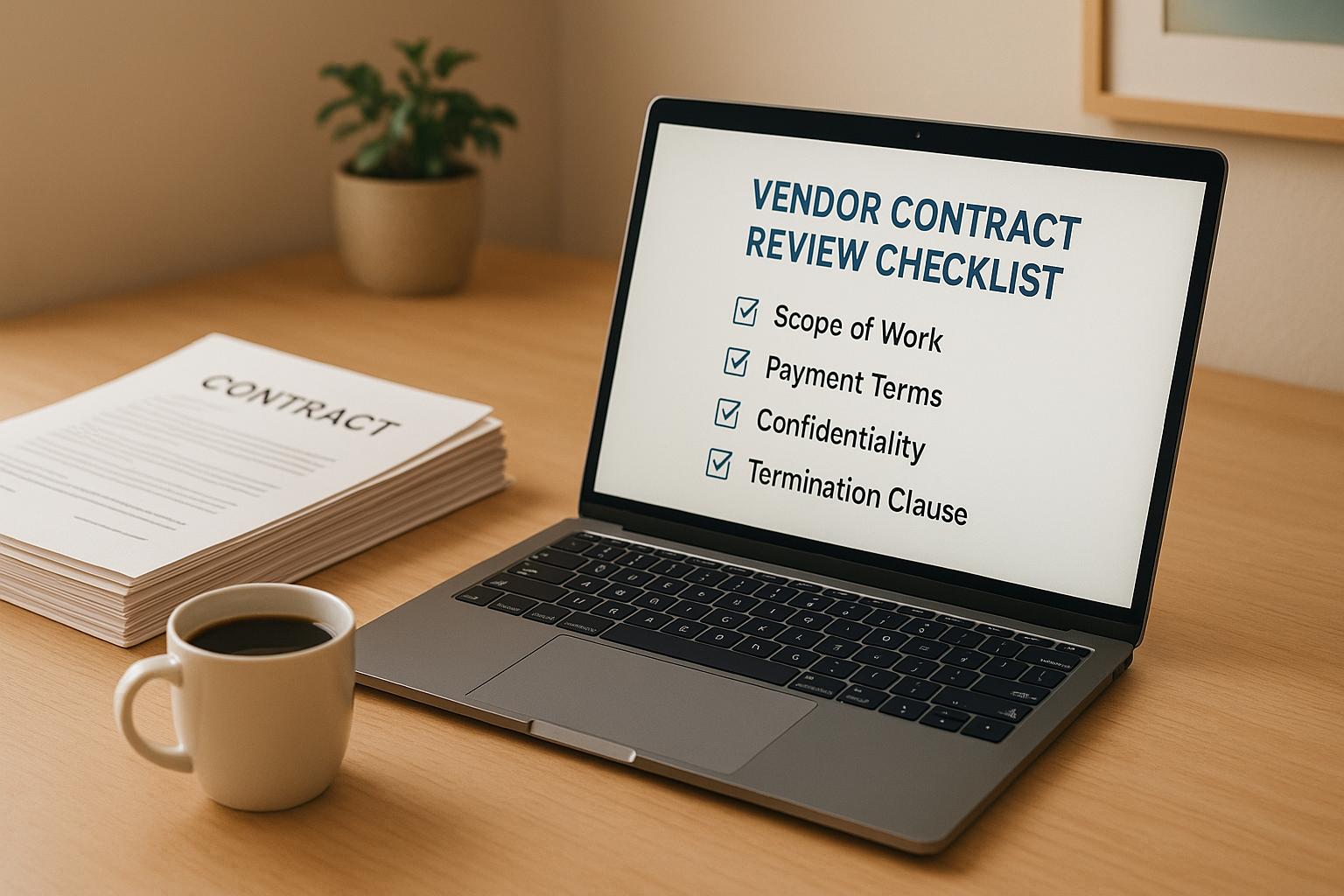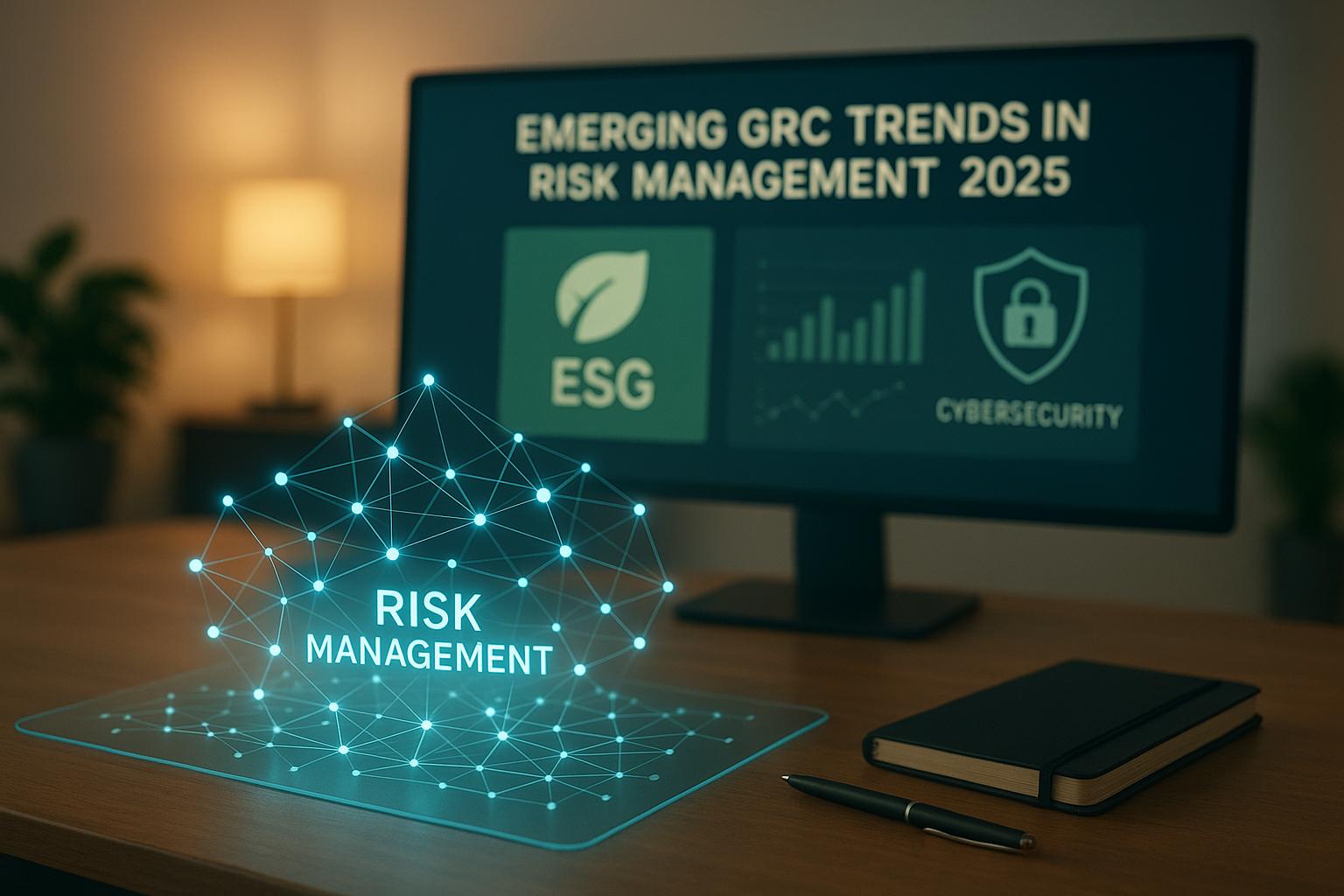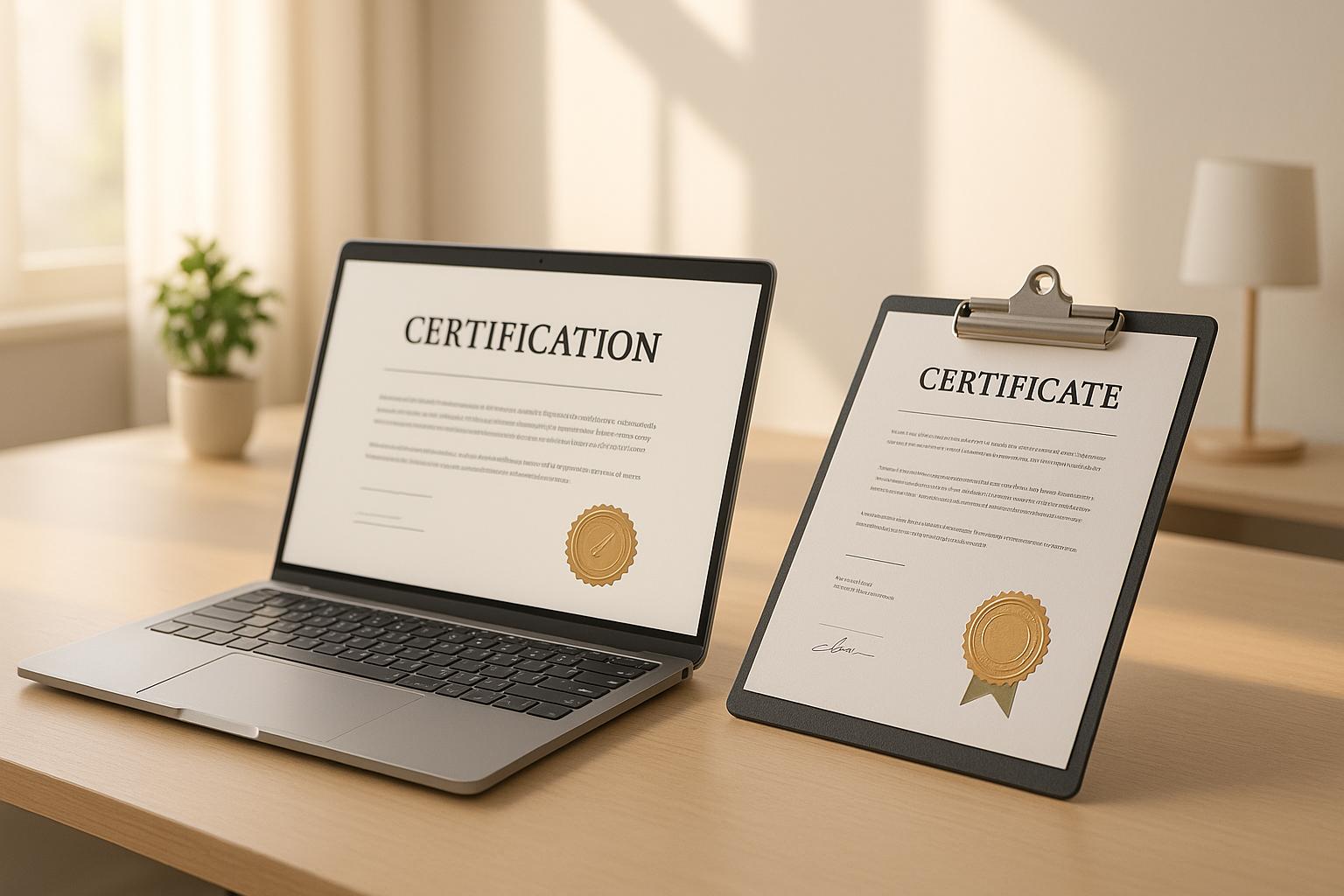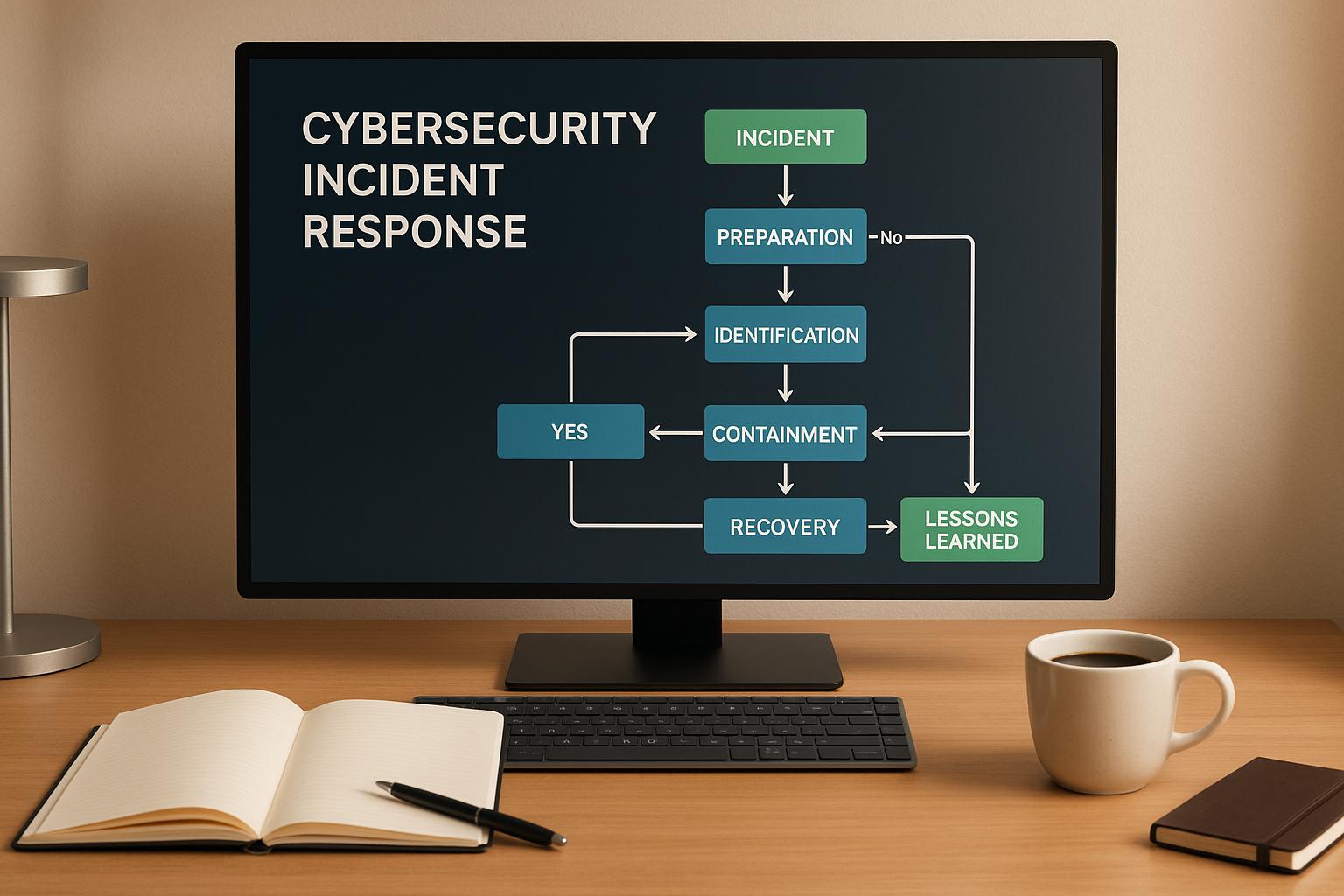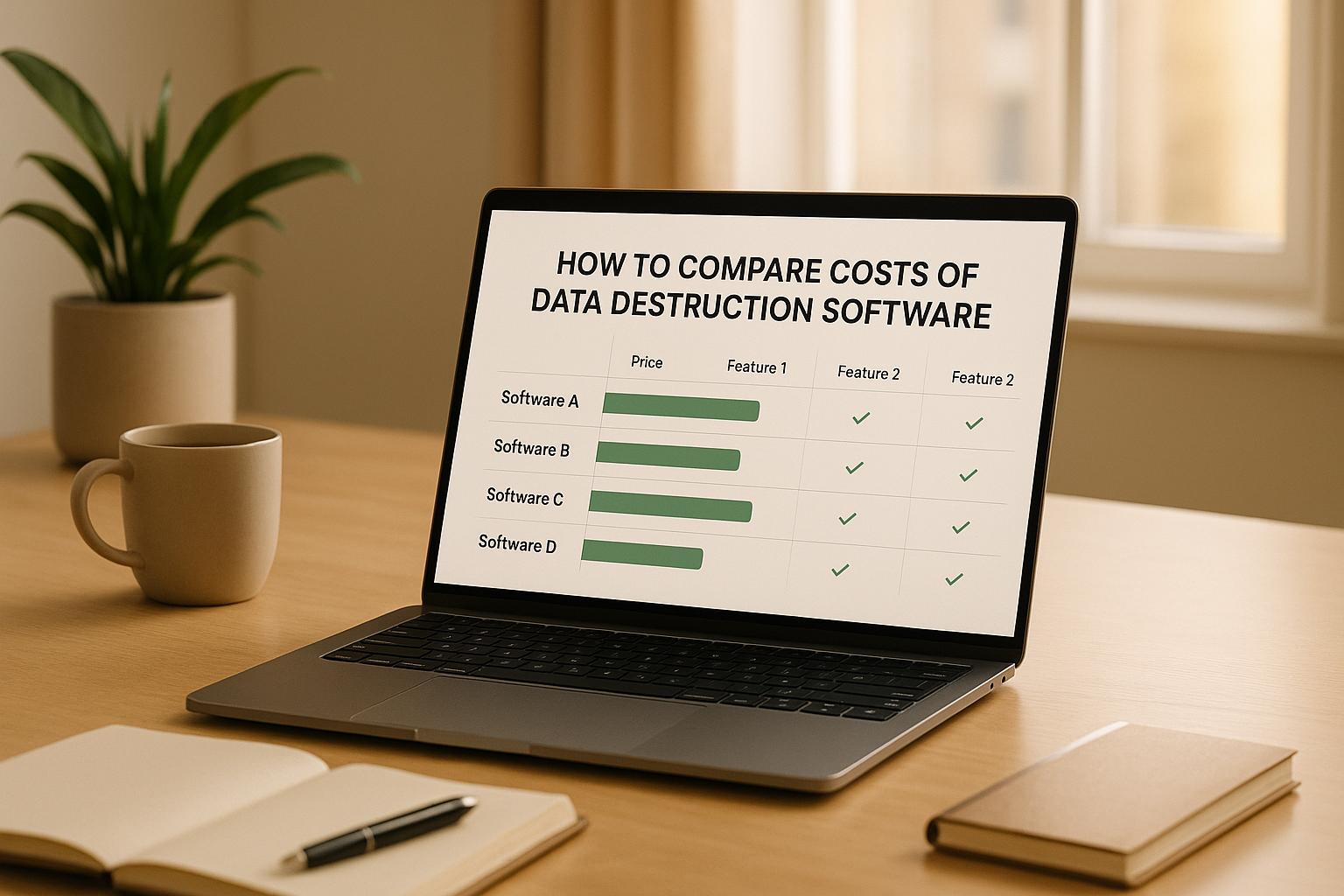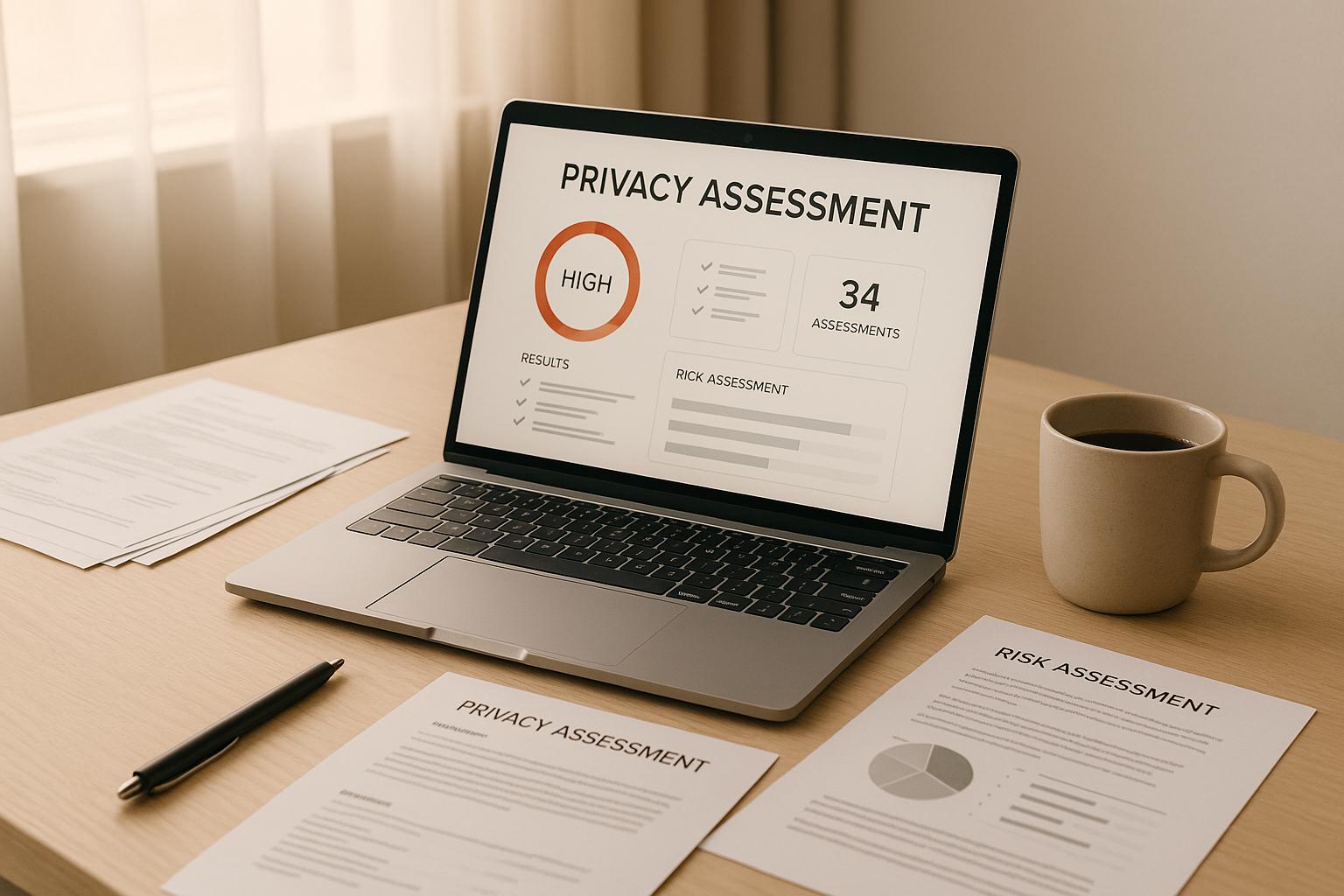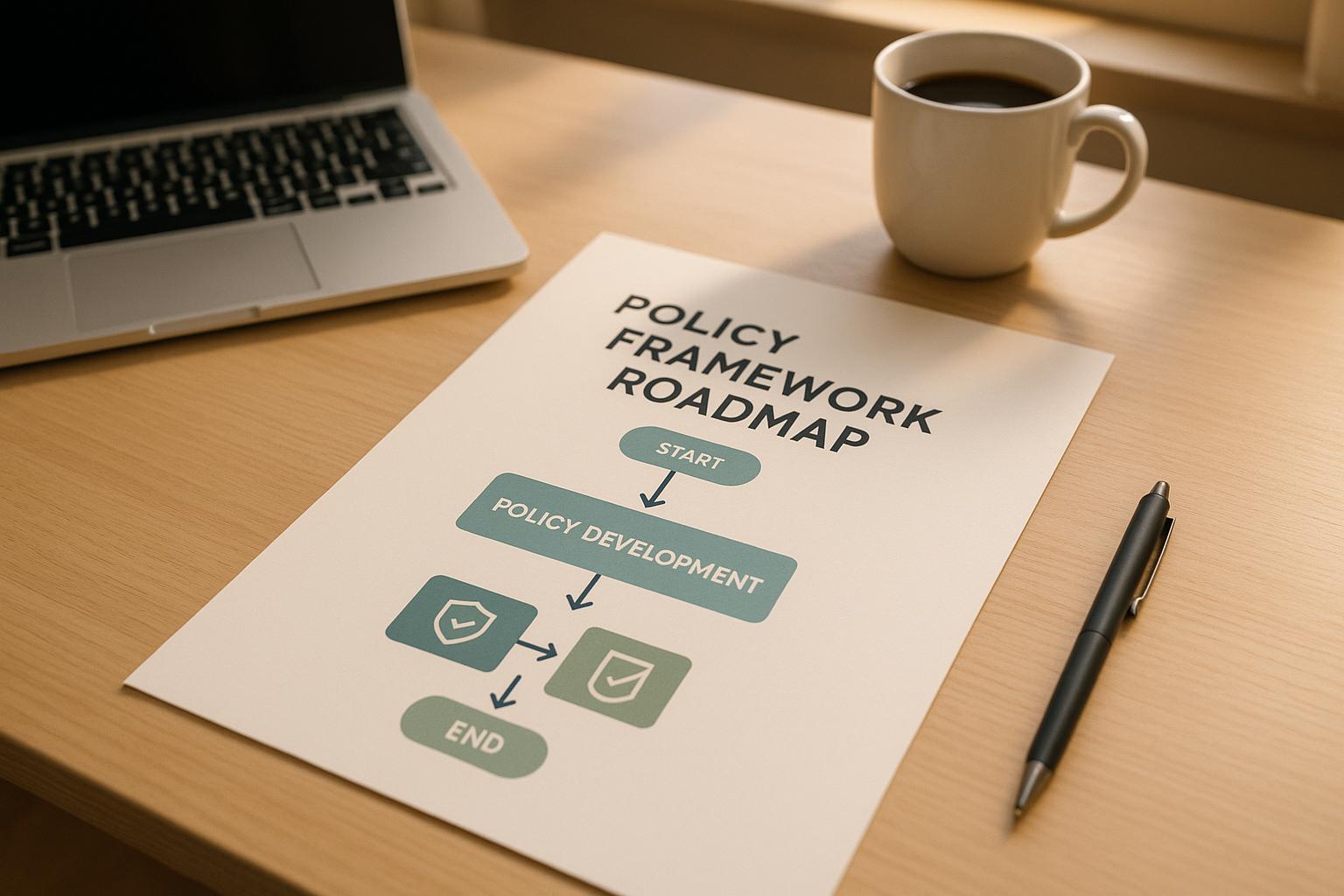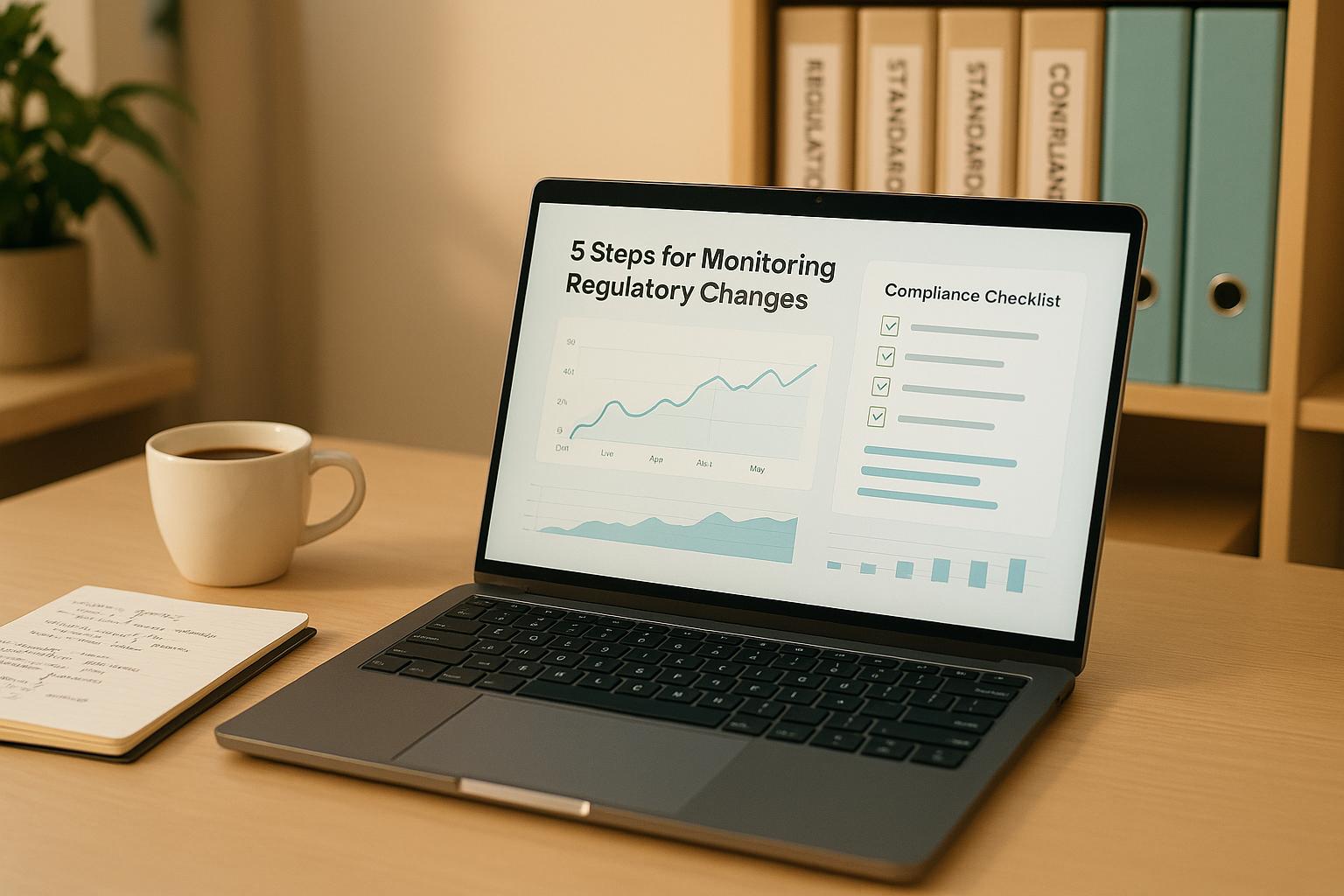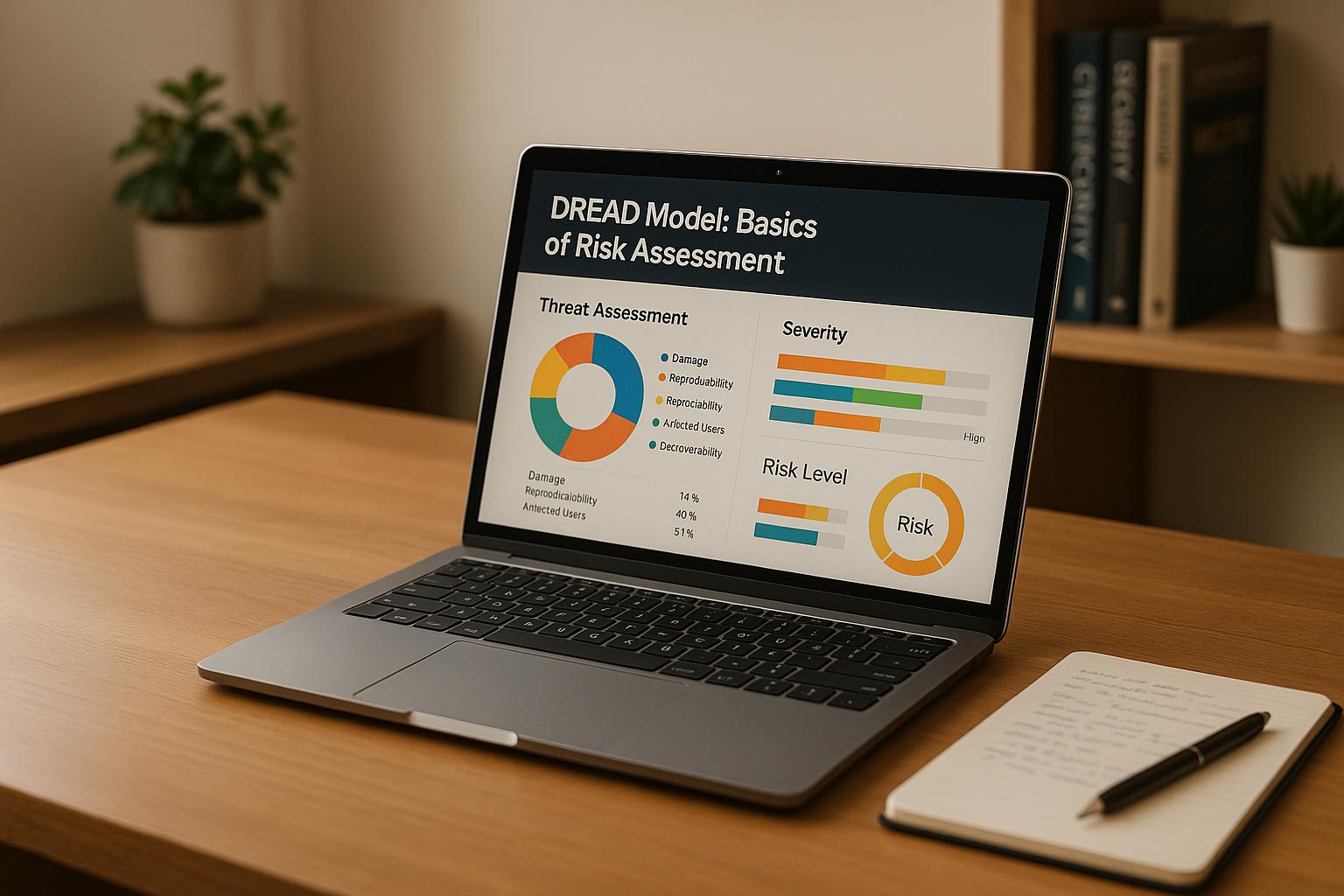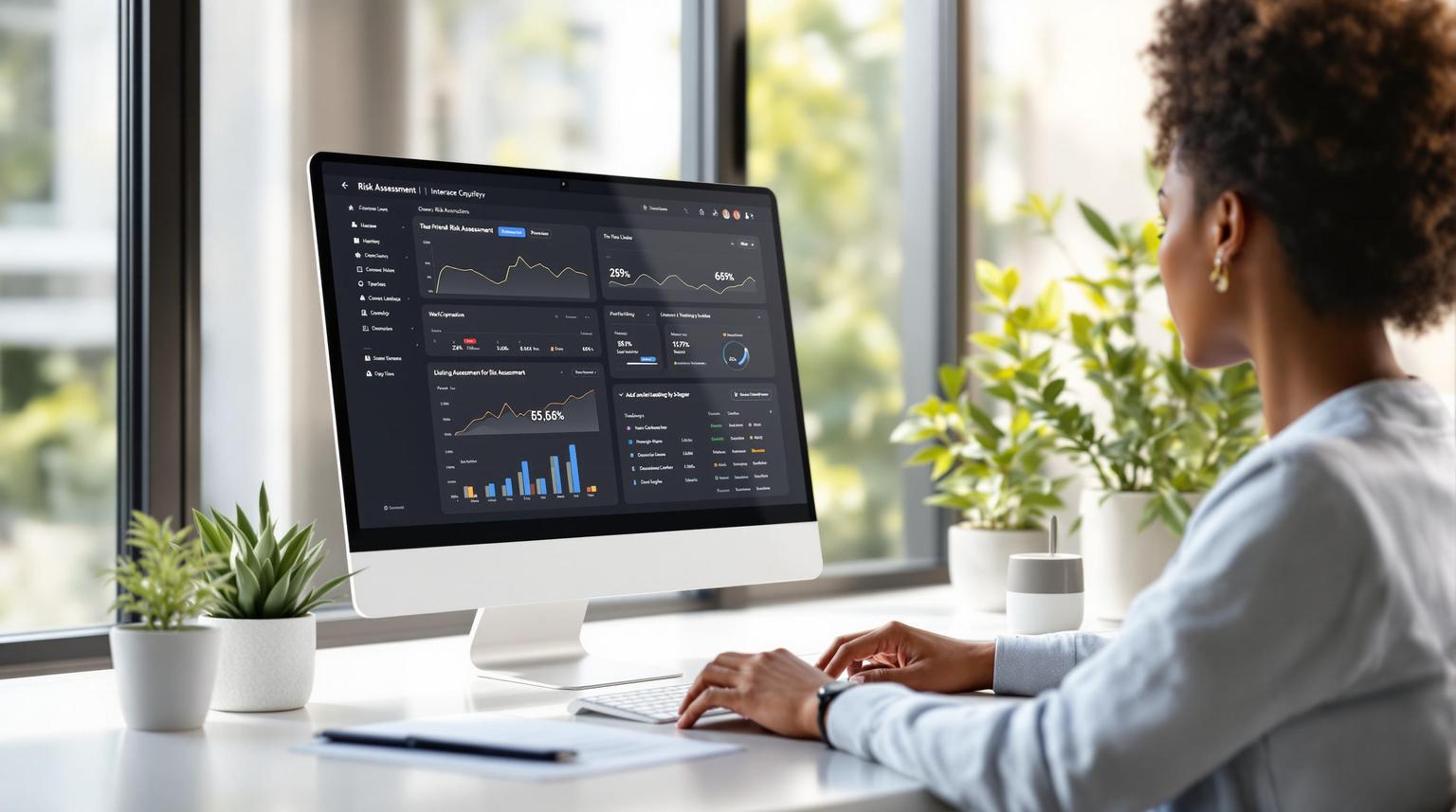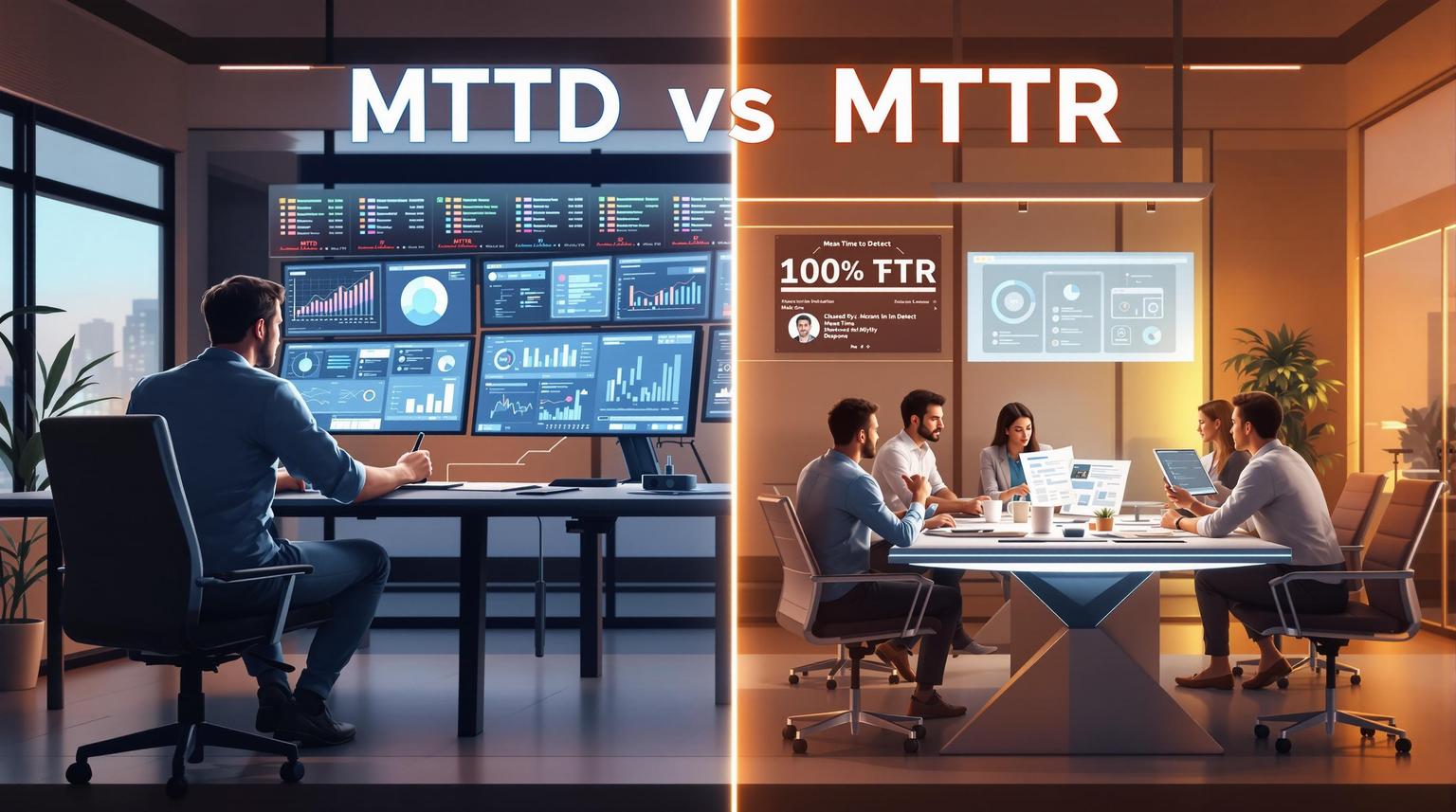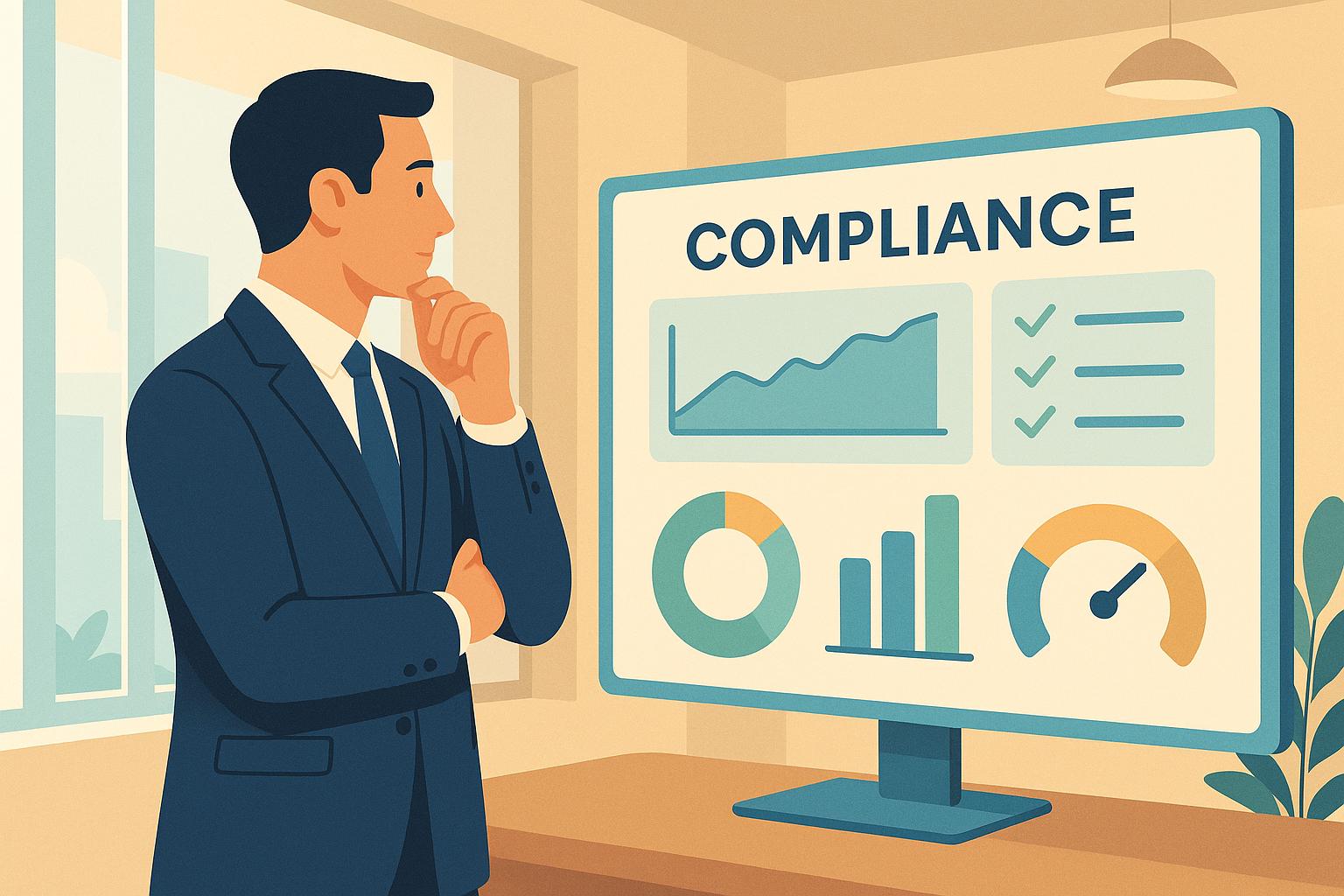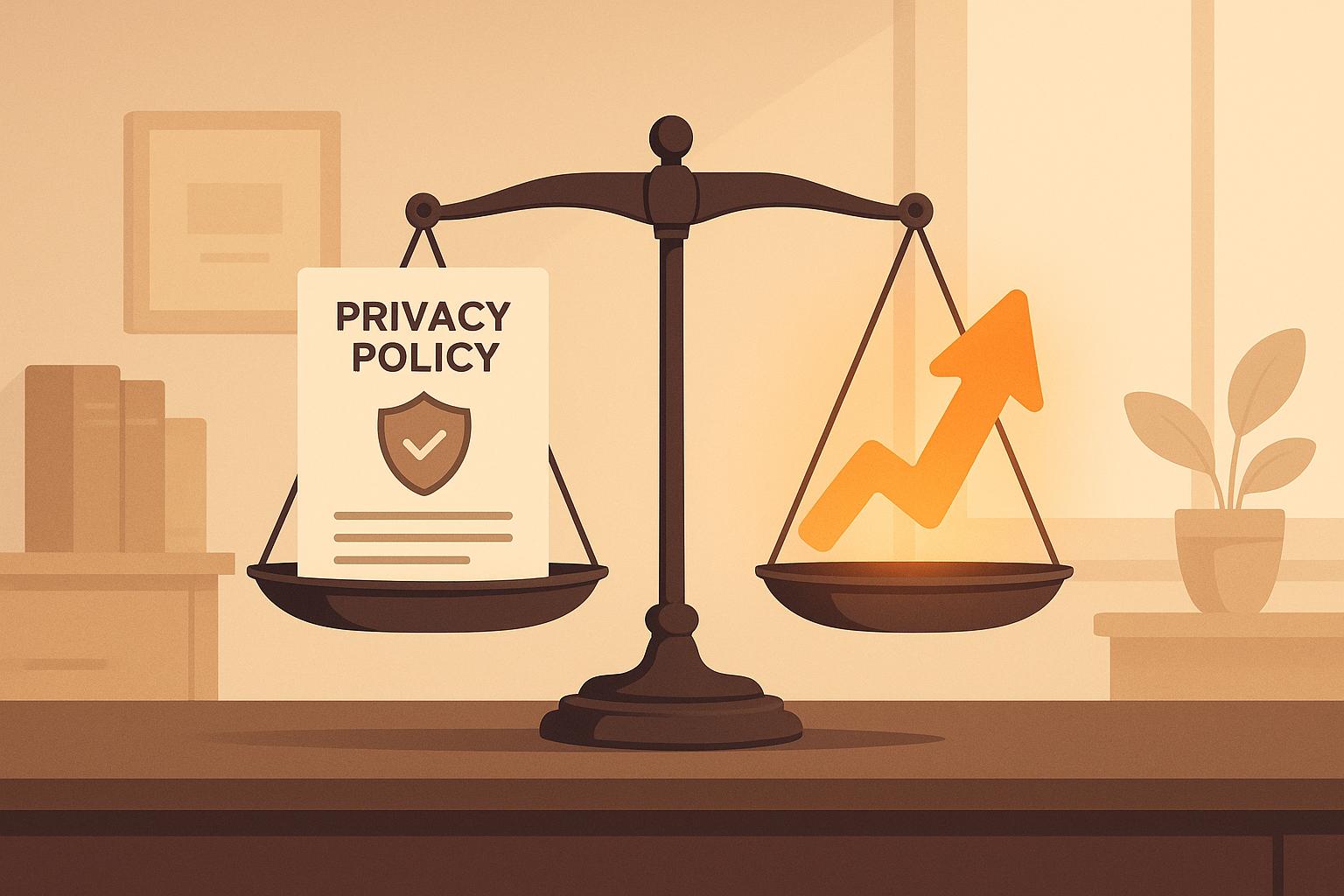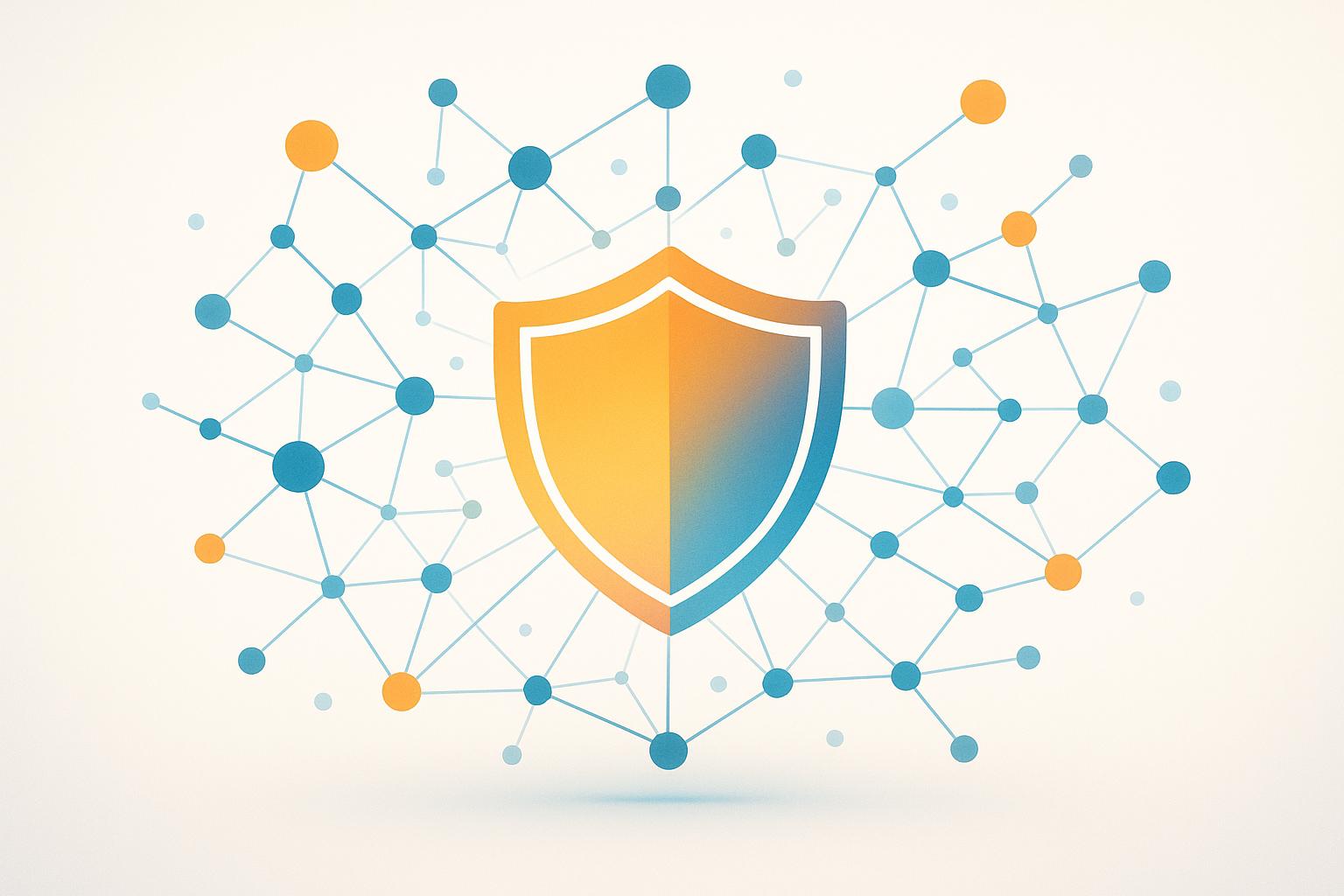
Privacy-by-Design (PbD) is about integrating privacy into SaaS products from the start. Why does this matter?
- 85% of Americans think data collection risks outweigh benefits.
- 71% of consumers stop engaging with companies mishandling data.
- Data breaches cost an average of $4.88M globally in 2024.
As a SaaS product manager, your job is to make privacy a core part of your product. This means:
- Limiting data collection to what's necessary.
- Embedding privacy into every stage of development.
- Following privacy laws like GDPR and CCPA.
Key Steps for PbD in SaaS:
- Data Minimization: Only collect essential data.
- Access Controls: Use role-based permissions and encrypt data.
- Transparency: Write clear privacy policies and notify users of changes.
- Privacy Impact Assessments (PIAs): Identify risks before launching features.
- Incident Response: Have a plan for data breaches and train your team.
Core Privacy-by-Design Principles for SaaS
The 7 Privacy-by-Design Principles
Privacy-by-Design is built on seven key principles developed by Dr. Ann Cavoukian, offering a structured approach to integrating privacy into every step of SaaS product development.
Proactive not Reactive; Preventative not Remedial emphasizes anticipating and addressing privacy risks before they arise. This means identifying potential issues during the design phase, such as incorporating threat modeling and security testing early in your development process.
Privacy as the Default Setting ensures that users' privacy is automatically protected at the highest level without requiring any action on their part. For SaaS products, this means collecting only the data necessary for functionality, so users don’t have to opt out of invasive practices - they’re safeguarded from the start.
Privacy Embedded into Design integrates data protection into the core structure of your application. Privacy isn’t treated as an afterthought or add-on but is built into the architecture, user interface, and operational logic. For example, privacy impact assessments should be part of the planning process for new features.
Full Functionality – Positive-Sum, Not Zero-Sum proves that privacy and functionality can coexist harmoniously. Users shouldn’t have to compromise between a smooth experience and strong privacy protections. Instead, your design should seamlessly balance usability with robust data safeguards.
"Privacy by Design means privacy is seamlessly integrated into products, services, and system designs by default. Protecting customer data becomes a guiding force in the user experience, taking the same level of importance as functionality."
End-to-End Security – Lifecycle Protection ensures that data is secure throughout its entire lifecycle. This includes safeguarding data during collection, storage, processing, and deletion. For SaaS, this might involve encrypting data both at rest and in transit, implementing strict access controls, and securing system integrations.
Visibility and Transparency – Keep it Open focuses on being clear and honest about your data practices. Users should know what data you collect, how it’s used, and who has access to it. This requires straightforward privacy policies and transparent disclosures about data processing.
Respect for User Privacy – Keep it User-Centric puts user interests first. This means giving users meaningful control over their data, such as the ability to access, modify, or delete it easily and without unnecessary hurdles.
| Principle | SaaS Application | Key Implementation Focus |
|---|---|---|
| Proactive Prevention | Implement threat modeling early | Risk assessment before feature launch |
| Privacy by Default | Collect only necessary data | Data minimization in system design |
| Embedded Design | Integrate privacy assessments | Include privacy in feature planning |
| Full Functionality | Balance user experience with privacy | Seamless privacy without feature compromise |
| End-to-End Security | Encrypt data at rest and in transit | Comprehensive data lifecycle protection |
| Visibility & Transparency | Provide clear privacy policies | Open communication about data practices |
| User-Centric Respect | Give users control over their data | Meaningful user engagement and choice |
These principles provide a foundation for integrating privacy into every stage of product development.
Using Privacy Principles in SaaS Development
Applying these principles early in your development process strengthens both compliance and user trust. By embedding privacy considerations from the start, you can avoid expensive retrofits and ensure that privacy becomes a core part of your product’s design.
During the design stage, focus on identifying privacy risks proactively. Limit data collection to what’s essential for your product’s functionality and make privacy the default setting, ensuring users are protected without needing to adjust settings.
In the development phase, train your team to write secure, privacy-conscious code. Any third-party tools or libraries should meet the same high standards. Use encrypted protocols, secure databases, and anonymization techniques to protect user data from the outset. The goal is to maintain strong privacy protections without compromising the product’s capabilities.
"Security is fundamental because privacy cannot be guaranteed without solid security." - Ann Cavoukian
Testing phases should verify that data usage is transparent and that no hidden processes exist. Include user testing to address privacy concerns and ensure users clearly understand what data is being collected and why. This step ensures privacy features work as intended without creating unnecessary friction.
During deployment, schedule regular updates to patch vulnerabilities and address potential threats promptly. Threat modeling and security testing should continue to identify weaknesses, both at launch and during subsequent updates. Keep users informed about your data practices and any changes.
In post-deployment, gather user feedback on privacy concerns and address issues quickly. Set up clear protocols for data retention and deletion, ensuring data is stored only as long as necessary and can be removed upon request.
Integrating privacy into your product development delivers tangible benefits: increased user trust, greater willingness among users to share data when they know it’s protected, a competitive edge in privacy-conscious markets, and reduced legal risks. Together, these principles create a robust framework for compliance and user satisfaction.
Practical Privacy by Design - Building Secure Applications that Respect Privacy | OWASP AppSec 2024
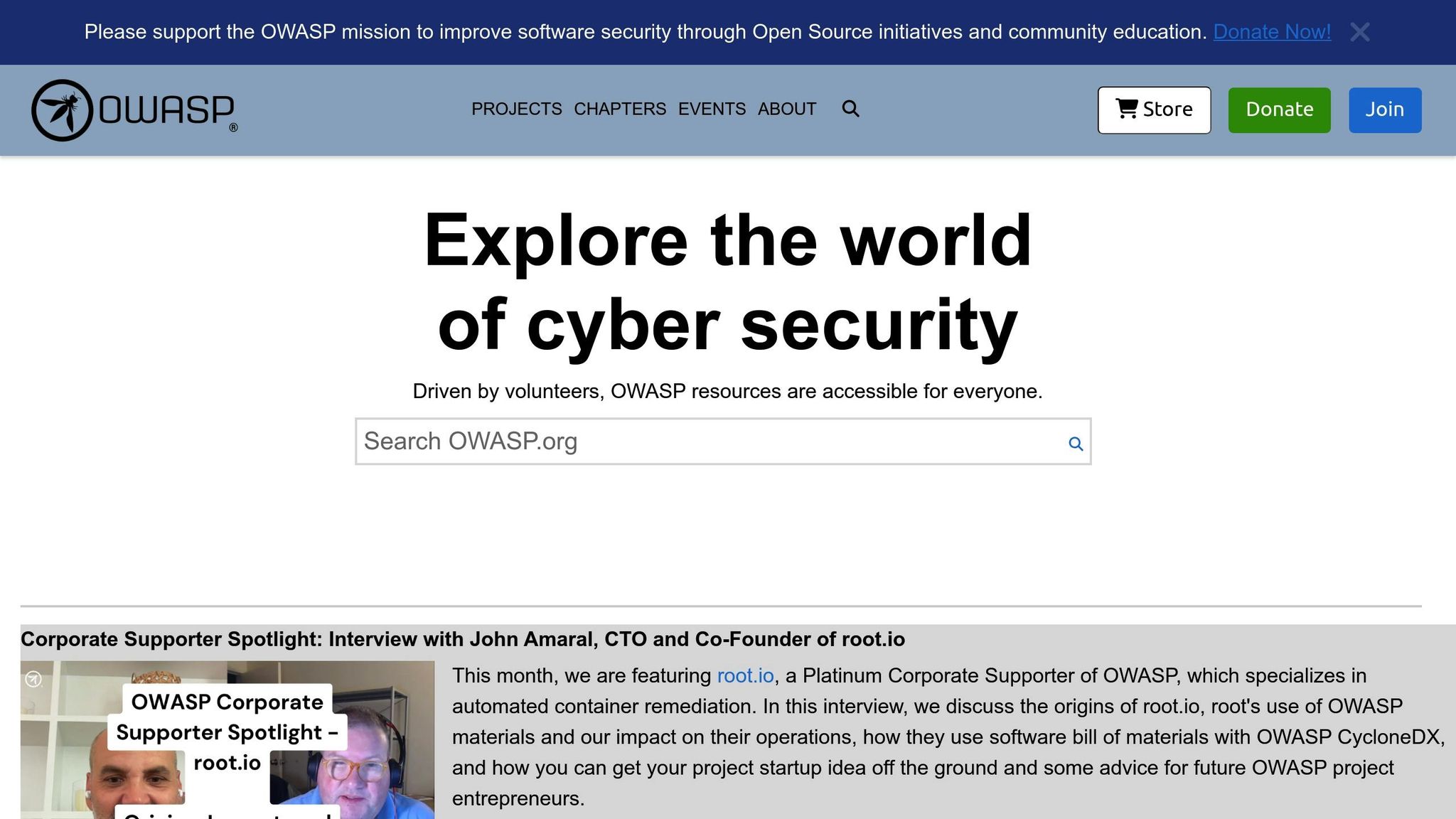
Privacy-by-Design Checklist for SaaS Product Managers
This checklist turns privacy principles into practical steps you can integrate throughout your product development process. By following these guidelines, you can ensure compliance while building user trust through transparent data-handling practices.
Data Minimization and Access Controls
Focus on collecting only the data essential for your product to function. Before introducing a new data collection point, ask yourself: Is this information truly necessary for delivering the core service? If not, leave it out.
As outlined in Article 25 of the GDPR, "The controller should implement appropriate technical and organizational measures for ensuring that, by default, only personal data which are necessary for each specific purpose of the processing are processed."
Use role-based access control (RBAC) to restrict data access based on job functions. Define specific roles like customer support, engineering, or management, and assign permissions accordingly. Don’t forget to revoke access when roles change or employees leave.
Strengthen security with multi-factor authentication for all team members accessing customer data. This extra layer of protection significantly reduces the risk of unauthorized access. The 2022 Shields Health Care Group breach serves as a reminder of how critical strong authentication measures are.
Whenever possible, aggregate personal data to the highest level of anonymity. For example, instead of tracking individual user behavior, compile anonymized trends that inform business decisions without exposing personal details.
Set up automatic data retention policies to delete information when it’s no longer needed. This ensures you’re not holding onto unnecessary data.
Finally, make sure your privacy practices are clear and accessible to users.
Clear User Communication
Write your privacy policy in plain, straightforward language. Avoid legalese - explain your data practices as if you’re having a casual conversation, and use examples to clarify complex concepts.
Make it easy for users to find contact details for your Data Protection Officer or privacy team. This information should be prominently displayed on your website and within your app.
Notify users about data collection before they share any personal information. Use clear, contextual prompts to explain what data you’re collecting and why. For instance, let users know that location data is used to find nearby service providers.
Design consent mechanisms that are simple and transparent. Avoid pre-checked boxes, and ensure users can easily withdraw consent if they change their minds.
Keep users updated on any changes to your privacy practices. Notify them clearly, update your policies in plain language, and give them enough time to review changes before they take effect.
Technical and Administrative Privacy Measures
Encrypt sensitive data both at rest and in transit using up-to-date encryption protocols. Regularly update these methods to address new security threats.
Use monitoring tools to detect unusual access patterns or potential incidents. Automated alerts for suspicious activity, like repeated failed login attempts, can help you respond quickly.
Conduct regular security assessments and penetration tests to identify and fix vulnerabilities before they’re exploited. Document your findings and the steps you’ve taken to address them to stay audit-ready.
| Technical Measure | Primary Benefit | Implementation Consideration |
|---|---|---|
| End-to-End Encryption | Protects data throughout its lifecycle | Requires robust key management |
| Zero Trust Network Access | Verifies every access request | May require complex initial setup |
| Data Loss Prevention (DLP) | Prevents unauthorized data leaks | Needs fine-tuning to reduce false positives |
| Multi-Factor Authentication | Reduces credential-based breaches | Must balance security with user experience |
- Deploy Cloud Access Security Brokers (CASBs) to monitor user activity and enforce security policies across your SaaS environment.
- Anonymize data for analytics by masking or removing personally identifiable information.
- Use Zero Trust Network Access to verify every access request, regardless of location or device.
Once technical measures are in place, focus on documenting your privacy risk management practices.
Privacy Risk Management and Documentation
Perform Data Protection Impact Assessments (DPIAs) before launching new features or data processing activities. These assessments help you spot privacy risks early and create strategies to address them.
Maintain detailed records of your data processing activities. Document what data you collect, why you collect it, how long you retain it, and who has access. This documentation will be invaluable during compliance audits.
Develop a data protection framework that outlines your organization’s privacy policies, procedures, and responsibilities. Ensure everyone involved in handling customer data understands their role in maintaining privacy.
Schedule regular risk assessments to stay ahead of emerging threats and ensure compliance with regulations. Continuously review your data collection practices to confirm you’re only gathering what’s absolutely necessary.
Clearly document the purpose for each data processing activity. If you plan to use data for a new purpose, update your documentation and obtain user consent before proceeding.
Incident Response and Employee Training
Your privacy plan isn’t complete without a robust incident response strategy and ongoing employee training. Create a response plan detailing the steps to take in case of a data breach. Include contact information for legal counsel, regulatory authorities, and key stakeholders. Test this plan regularly and update it as needed.
Train all employees on privacy best practices, starting from their onboarding process. Make sure they understand the importance of safeguarding user data.
Set up clear procedures for reporting privacy concerns or incidents. Every team member should know who to contact and feel confident raising issues without fear of blame.
Assign specific privacy responsibilities to team members based on their roles. For example, engineering leads can review code for privacy risks, while marketing managers ensure campaigns comply with consent requirements.
Use automated tools to monitor security practices continuously. These tools can track key metrics and send real-time alerts for potential issues, allowing you to respond quickly to new threats.
Privacy Compliance Integration and Monitoring
Establishing privacy measures is just the beginning - maintaining compliance requires staying aligned with ever-evolving regulations. This involves weaving privacy practices into established frameworks and continuously monitoring to address potential issues before they escalate into costly violations.
Aligning Privacy-by-Design with Compliance Frameworks
Adopting a Privacy-by-Design approach lays a strong groundwork that inherently supports major regulatory requirements. Instead of scrambling to adjust when new rules emerge, this proactive method equips organizations to stay ahead of regulatory shifts. By embedding privacy safeguards from the outset, you’re not just ticking compliance boxes - you’re building a system that adjusts seamlessly to changing demands.
For example, meeting CCPA and CPRA standards involves transparent data-sharing disclosures and user-friendly opt-out options. Recent enforcement actions under CCPA highlight that technical execution is just as important as having the right policies in place.
Governance, Risk, and Compliance (GRC) tools can simplify the compliance process by centralizing tasks like policy management, risk evaluation, and regulatory reporting. According to a Deloitte study, 57% of organizations plan to increase their investments in GRC solutions.
These tools vary in functionality, from basic risk assessments to highly customizable enterprise-level platforms. Selecting the right tool depends on your organization's specific needs and budget.
For SaaS companies, platforms like Drata automate compliance for SOC 2, ISO 27001, and GDPR by continuously monitoring controls. Similarly, Sprinto manages compliance across multiple frameworks, while Cycore’s GRC Tool Administration services help implement and manage these tools effectively, ensuring your team isn’t overwhelmed.
Once these frameworks are in place, ongoing audits and real-time monitoring become crucial to maintaining compliance.
Regular Monitoring and Audits
Compliance isn’t a one-and-done task; it requires constant vigilance and systematic evaluation. Continuous monitoring ensures your data practices remain compliant as regulations evolve. Regular audits help identify outdated policies and potential risks, allowing you to address them before they result in fines or enforcement actions.
Establish a structured audit schedule to cover key aspects of your privacy program throughout the year:
- Monthly reviews: Focus on data processing activities and access logs.
- Quarterly assessments: Evaluate the effectiveness of policy updates and employee training.
- Annual comprehensive audits: Review your entire privacy framework against current regulations and industry standards.
Leverage automated tools to monitor compliance metrics in real time, such as alerts for unusual data access, failed privacy requests, or policy violations. This immediate response capability ensures issues are addressed before they escalate.
Document all monitoring and audit activities meticulously. Regulators often require proof of compliance efforts, so maintaining detailed records of findings, corrective actions, and improvement timelines is essential.
Don’t overlook your third-party vendors. Regularly review data processing agreements to ensure they meet current regulatory standards, as many compliance violations stem from inadequate vendor practices.
Stay informed about regulatory updates by subscribing to official guidance from relevant authorities. For instance, CCPA and CPRA regulations continue to evolve, with new interpretations and enforcement priorities emerging frequently.
Engaging external auditors periodically can also provide an unbiased evaluation of your privacy program. Internal teams may develop blind spots over time, making an outside perspective invaluable.
sbb-itb-ec1727d
Privacy-by-Design Tools and Resources
Having the right privacy tools on hand can turn compliance from a stressful, last-minute scramble into a proactive strategy that earns customer trust. Once you've laid the groundwork with risk management and continuous audits, the next step is to equip your team with tools that simplify privacy assessments and data mapping. These tools help make privacy principles actionable, ensuring every stage of data handling benefits from automated and user-friendly solutions.
Privacy Impact Assessment Templates and Data Mapping Tools
Privacy Impact Assessments (PIAs), or Data Protection Impact Assessments (DPIAs), act as an early warning system for identifying privacy risks. They help uncover potential issues in both internal processes and external data relationships, giving you a chance to address problems before they escalate into costly violations.
To streamline this process, look for privacy management platforms that simplify PIAs. These platforms help businesses identify, evaluate, and mitigate privacy risks tied to their data collection and processing practices. They also provide insights into how your activities affect individual privacy rights and regulatory compliance.
Cloud-based DPIA tools are especially useful, offering step-by-step guidance for conducting detailed assessments without requiring advanced expertise. These tools make privacy evaluations accessible to product managers throughout the development process.
For larger enterprises, automated assessment tools can guide system and procedural evaluations, producing comprehensive DPIAs that align with GDPR requirements. Gap analysis and risk assessment tools are also valuable for identifying which standards apply to your business and how to align your processes effectively.
When choosing PIA tools, focus on features like guidance for managing personally identifiable information (PII), user consent handling, secure practice recommendations, and customization options for specific data protection standards.
Data mapping tools complement PIAs by giving you a clear view of the data you collect, how it's used, and where it's stored. Automated tools make this process easier by scanning data sources, matching fields, and suggesting mappings based on metadata and schema analysis. This is critical, especially since 56% of privacy professionals note that locating unstructured personal data is one of the biggest challenges in fulfilling subject requests.
Opt for cloud-based data mapping solutions that visually represent data flows. These tools make it simpler to spot vulnerabilities and support compliance efforts. While cloud-based tools offer scalability and real-time collaboration, on-premise options provide more control and security. When evaluating tools, consider your data needs, compatibility with existing systems, and the balance between cost and value.
Secure User Portals for Data Subject Requests
Handling data subject access requests (DSARs) efficiently requires secure portals that allow users to exercise their privacy rights while protecting your organization from fraudulent activity.
Your portal should clearly explain what personal data is collected, why it's collected, and who it is shared with or sold to. Include options for users to manage their preferences, such as opting in or out of data collection and usage.
Streamline request management by using user-friendly forms that feed directly into a centralized DSAR dashboard. This reduces manual work for your team and provides users with quick acknowledgment of their requests. Leveraging pre-existing data for automatic user authentication can also simplify the verification process, cutting down on delays.
When designing these portals, ensure that reports are easy to understand. Users should be able to quickly grasp the details of their data. The portal should also handle a full range of requests, including corrections, processing pauses, deletions, usage restrictions, and data transfers. By building in these capabilities upfront, you'll be prepared as regulations continue to evolve.
Consider using progressive disclosure in your design. Start with simple request types and gradually reveal more complex options as needed. This keeps the interface user-friendly while still offering robust functionality.
Adding Tools to Development Workflows
Integrating privacy tools directly into your development workflows ensures privacy considerations are built into the process rather than added as an afterthought. This proactive approach aligns with the principles covered earlier and ensures privacy measures are in place without slowing down development.
Automated discovery tools should run continuously in your development environment, scanning for new data sources and suggesting mappings as your system evolves. This helps you stay ahead of privacy risks and avoid accumulating "privacy debt" as your product grows.
Make privacy a standard part of your code review process. Before deploying any feature that involves personal data, require documentation explaining how the change impacts your data map and whether it triggers PIA requirements. This ensures privacy gets the same attention as security and performance.
Assign a dedicated owner to maintain and update your data map. Having someone responsible for this ensures that privacy considerations are documented consistently as new features and integrations are added.
Provide developers with templates and checklists during feature planning. These resources should address key questions about data collection, processing purposes, retention periods, and third-party sharing. By embedding privacy into the planning stage, you help your team stay aligned with best practices.
Regularly inventory in-house databases and third-party applications as part of your development cycle. New integrations and data sources can introduce unexpected privacy risks, so routine updates ensure your tools maintain a complete view of your data ecosystem.
Finally, rely on automation to build and maintain your data map. Manual processes often fall short at scale, but automated tools deliver the consistency and thoroughness needed for effective privacy management.
Conclusion and Key Takeaways
Privacy-by-Design isn't just a buzzword - it's a smart business move that builds trust while protecting your company's bottom line. By embedding privacy principles right from the start, you're creating systems that prioritize your users' needs and expectations. This checklist breaks down these principles into practical, actionable steps.
Here's why this matters: 85% of Americans believe the risks of data collection outweigh the benefits, and 71% of consumers would stop doing business with companies that mishandle their data. On the flip side, companies that achieve GDPR compliance often report gaining an edge over competitors. The stakes are high - data breaches cost businesses an average of $4.45 million per incident.
Privacy has become a critical factor in business success. Leading SaaS product managers understand that privacy isn't a "set it and forget it" task. With ever-changing regulations and evolving user expectations, staying flexible and proactive in your approach is essential.
Modern users demand transparency and accountability. For instance, 89% of consumers only give consent under specific conditions, and 85% review privacy policies before making a purchase. This highlights the importance of clear, integrated privacy practices, as 64% of consumers say that straightforward privacy information increases their trust.
The tools and processes outlined in this checklist work together to create a robust privacy framework. Features like automated data mapping and secure portals for managing data subject requests not only streamline operations but also improve the user experience by reducing manual effort.
It's important to remember that privacy and security are not the same. Establishing a dedicated privacy practice - with the right expertise, tools, and processes - ensures comprehensive data protection. This approach helps you stay ahead of potential threats while showing your users that their privacy is a priority.
FAQs
What are the main benefits of using Privacy-by-Design principles in SaaS products?
Adopting Privacy-by-Design principles in SaaS products brings several clear benefits. For starters, it strengthens user trust by showing a genuine commitment to protecting personal data. When users feel their information is safe, it can lead to deeper customer loyalty and long-term relationships.
It also helps minimize risks tied to data breaches and misuse. By prioritizing privacy, your company can steer clear of hefty fines, legal troubles, and the fallout from reputational damage. Plus, Privacy-by-Design ensures your product stays compliant with key regulations like GDPR and CCPA, keeping you on the right side of the law and avoiding penalties.
On top of that, baking privacy into your product from day one can serve as a market differentiator. In a world where customers are increasingly drawn to businesses that prioritize transparency and data protection, this approach can set you apart from the competition.
What are the best ways for SaaS product managers to integrate privacy into the product development process?
Integrating Privacy into SaaS Development
SaaS product managers can weave privacy into the fabric of the development process by adopting a Privacy-by-Design approach. This method ensures privacy isn’t an afterthought but a key consideration from the earliest stages of product planning. It’s about building privacy safeguards directly into features, workflows, and tools throughout the product’s lifecycle.
Here’s how they can make it happen:
- Work hand-in-hand with engineering, legal, and privacy teams to align on compliance requirements and user expectations.
- Implement secure software development practices and carry out regular privacy checks to stay ahead of potential issues.
- Identify privacy risks early, address them proactively, and build trust with users while meeting regulations like GDPR and CCPA.
When privacy is treated as a priority from day one, product managers can deliver SaaS solutions that are not only secure and compliant but also designed with the user’s needs in mind.
What are the best tools for conducting Privacy Impact Assessments and handling data subject requests in a SaaS environment?
To handle Privacy Impact Assessments (PIAs) and data subject requests in a SaaS environment more efficiently, specialized tools can be a game-changer. Platforms like Sentra and Enzuzo come equipped with features such as automated workflows, continuous data discovery, and tools to simplify compliance management. These solutions are designed to streamline the process and ensure adherence to privacy regulations like GDPR and CCPA.
Using these tools allows SaaS product managers to address privacy concerns head-on, stay compliant with regulations, and strengthen trust with their users.


